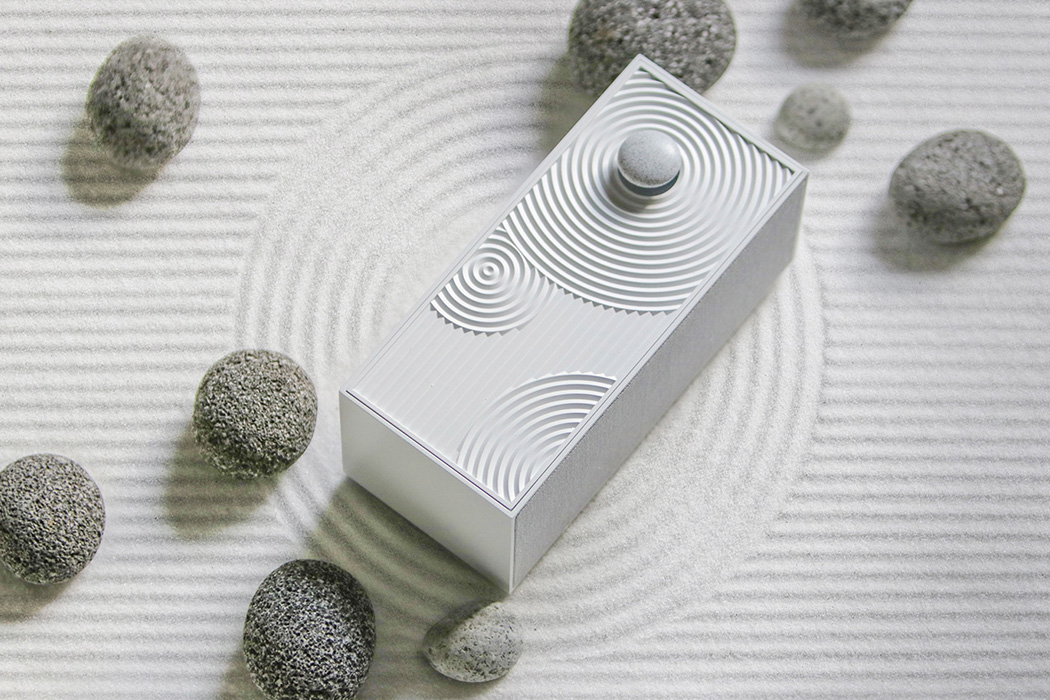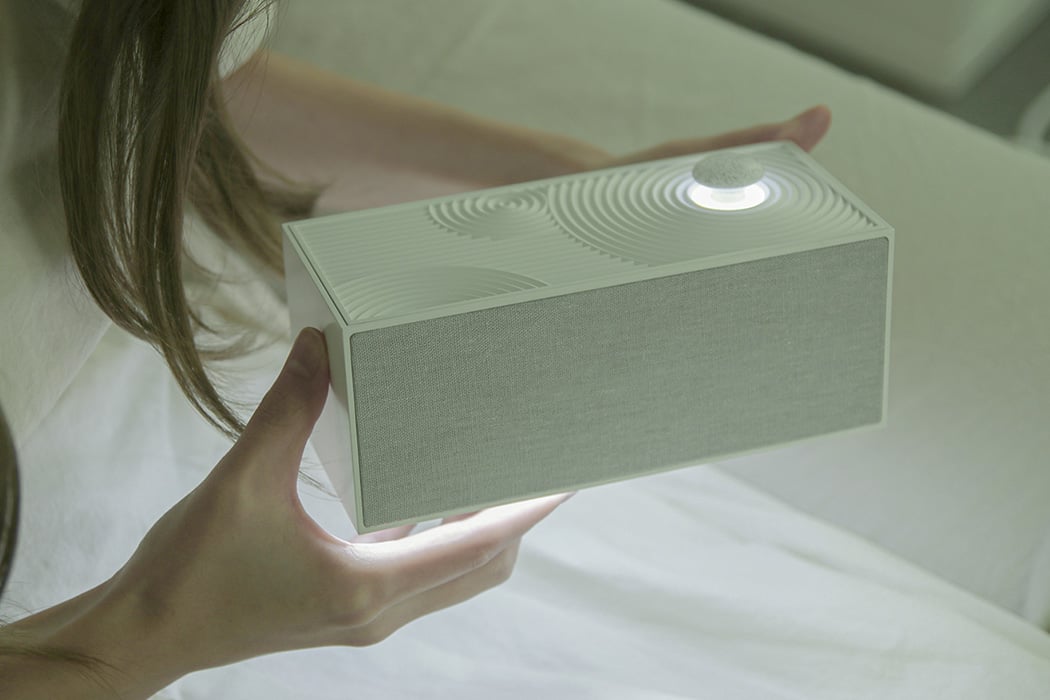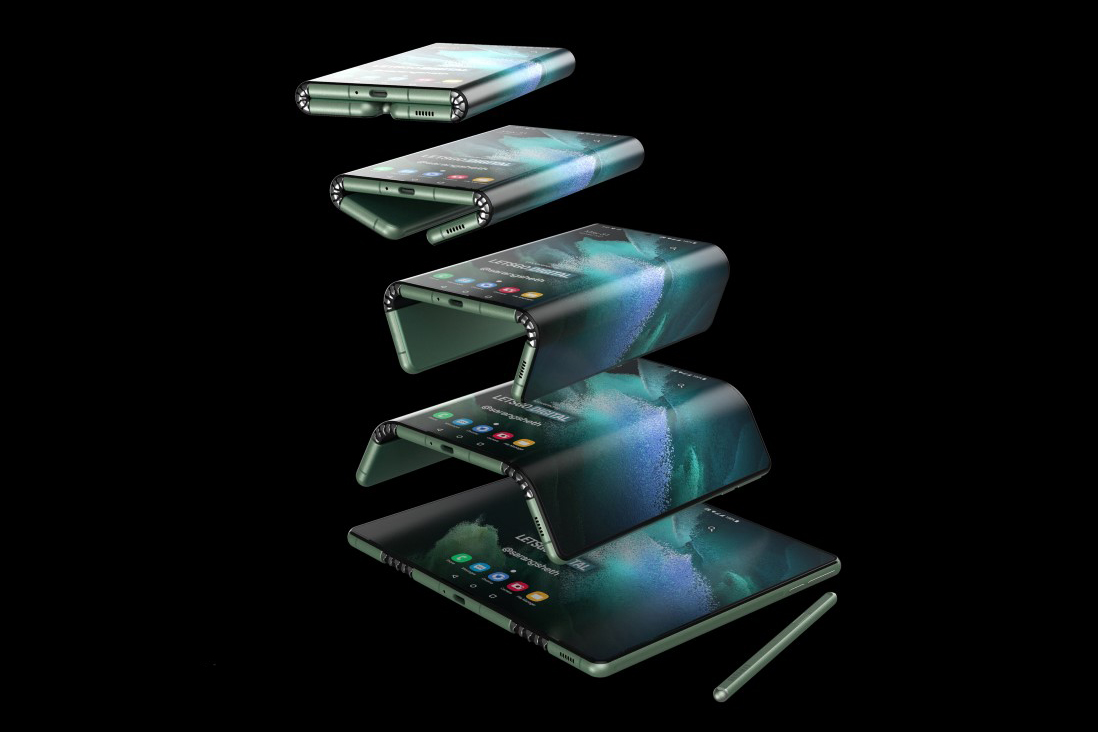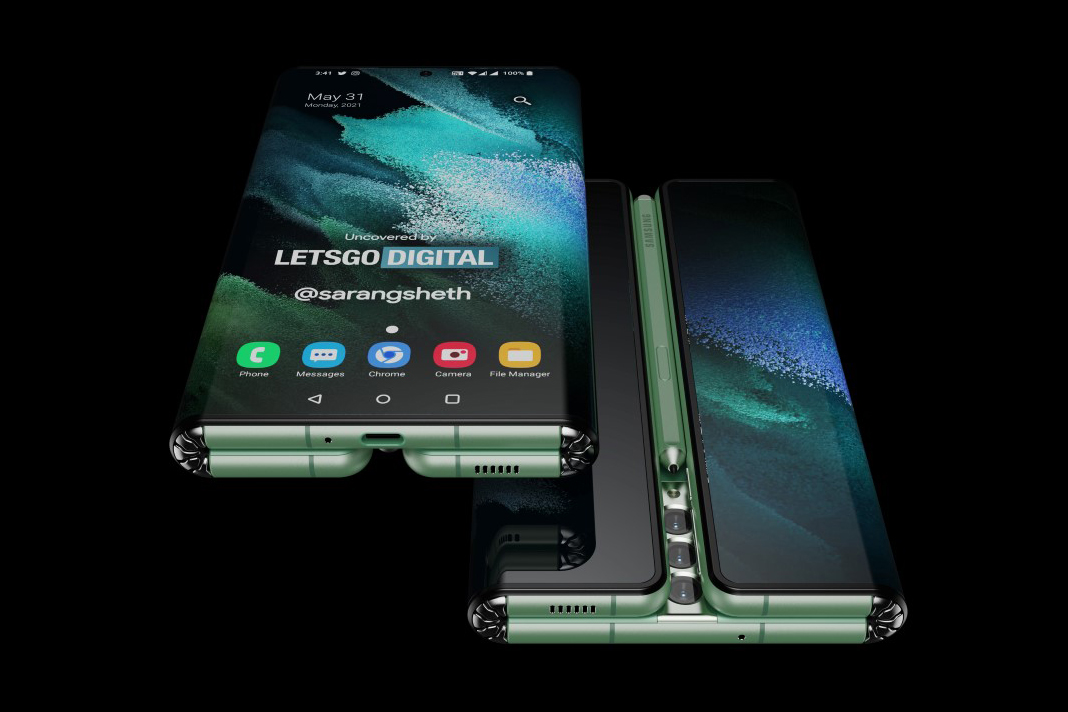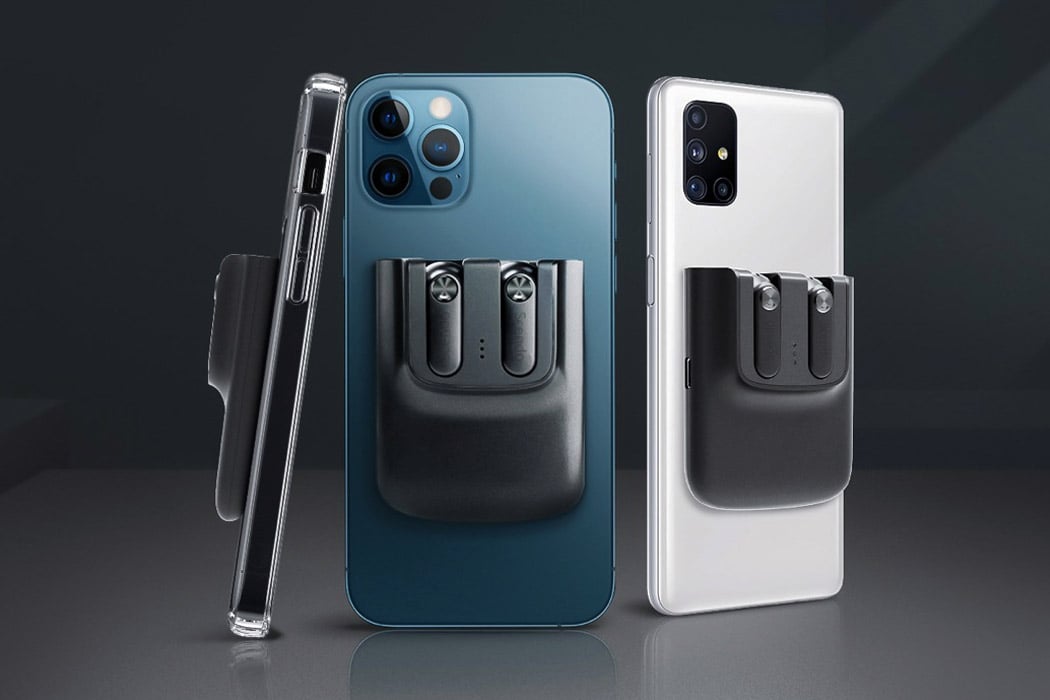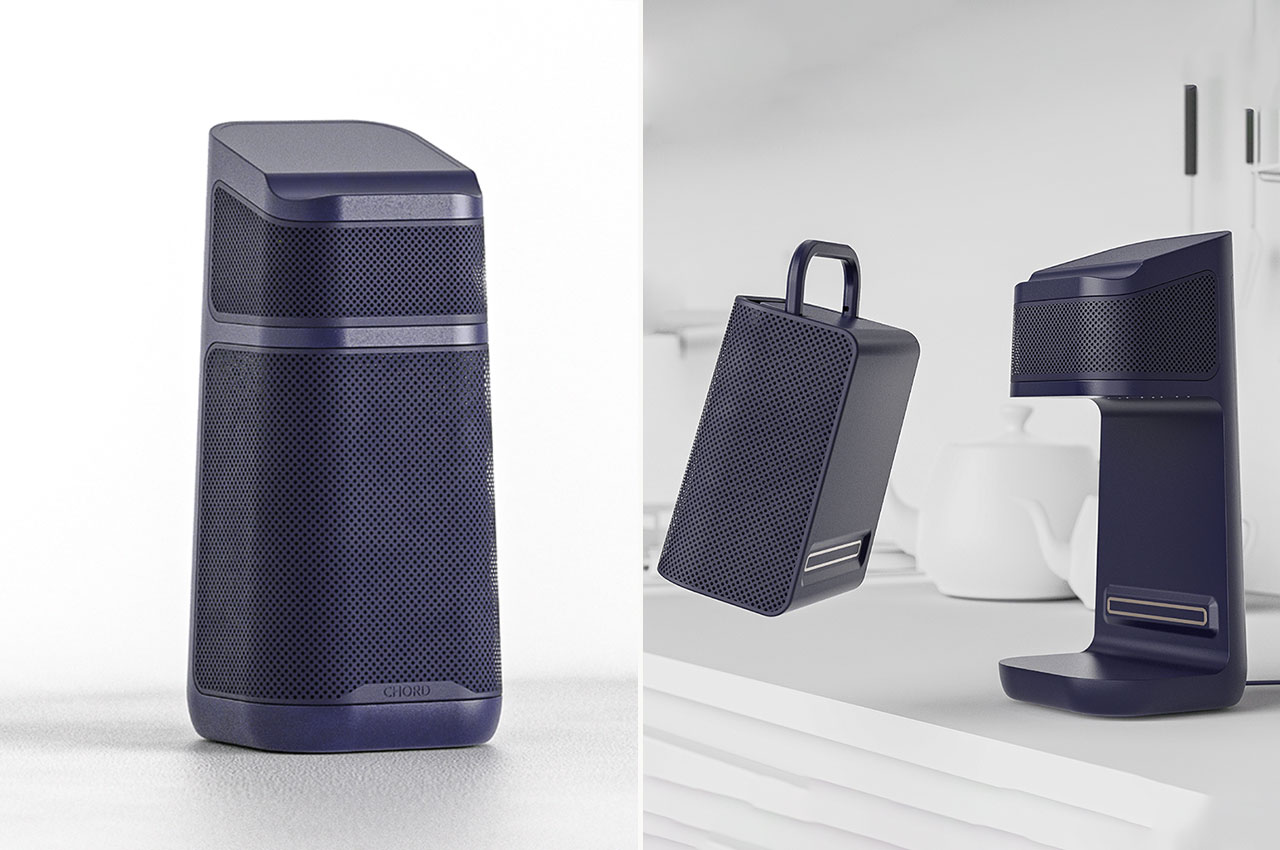
Music has always been an integral part of human gatherings and social events. Whether it’s hosting a backyard barbecue, having friends over for dinner, or simply enjoying a relaxing evening with loved ones, music sets the mood and brings people together. However, finding the right speaker that seamlessly adapts to different situations has been a challenge for many homeowners. That’s where CHORD, the innovative kitchen speaker, steps in to address these common problems and provide a delightful audio experience.
Designer: Alexander Marovec
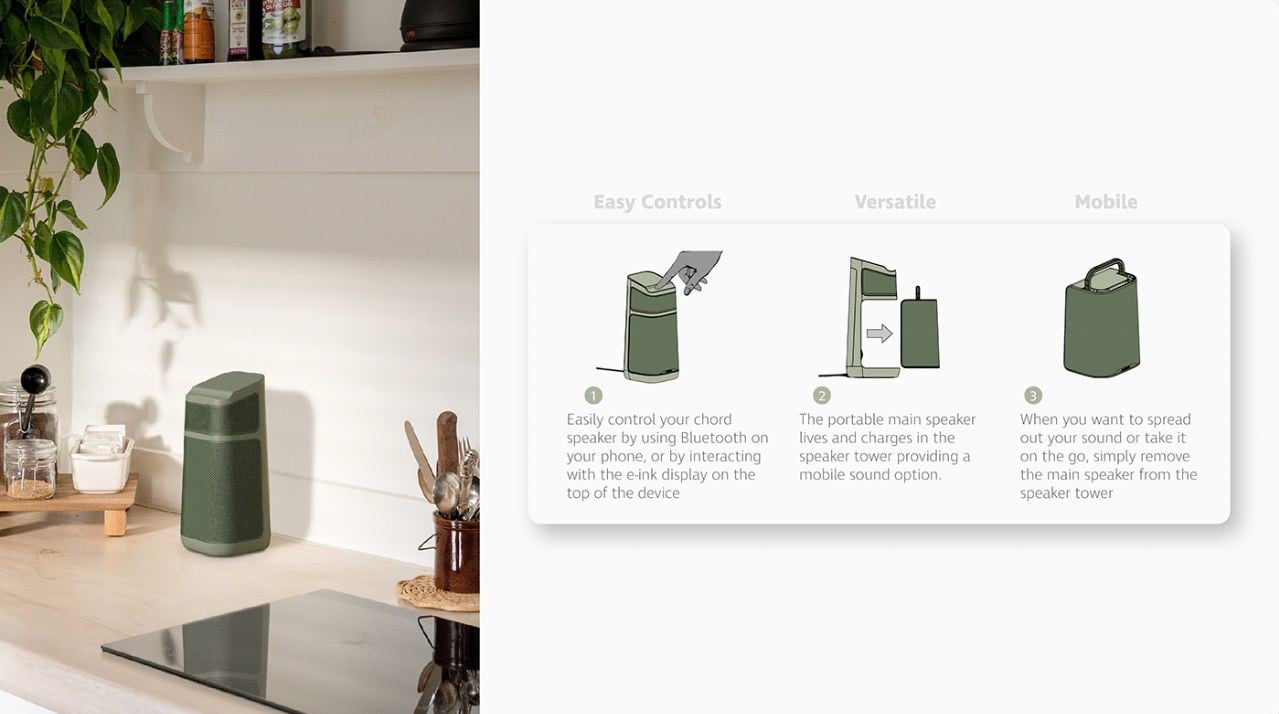
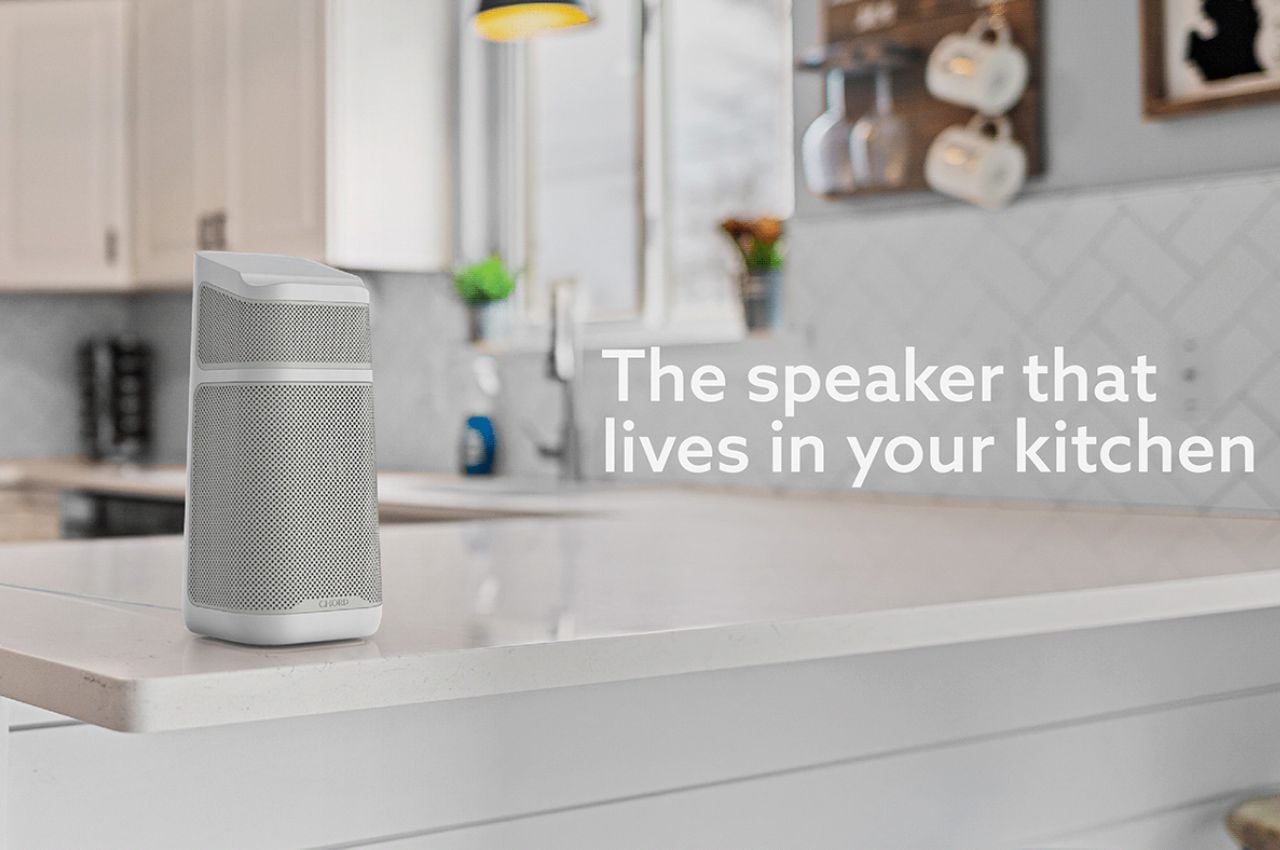
One common issue faced by hosts during parties or gatherings is the struggle to fill the room with sound while still maintaining a comfortable volume for conversations. Traditional speakers often force hosts to crank up the volume, resulting in a loud area near the speaker and reduced audio quality in the far corners of the room. This problem has been a constant hindrance to creating a vibrant and enjoyable atmosphere for guests.
When it comes to choosing a speaker for our home, we usually have several key values in mind. Flexibility ranks high on the list, as people desire a speaker that can be easily moved around and set up in different areas of their backyard or home to ensure high-quality sound throughout the property.
Convenience is another crucial factor, as hosts seek a speaker that effortlessly connects to and plays their music without any hassles. Moreover, homeowners want a high-quality speaker that delivers exceptional sound, ensuring that their guests and themselves can enjoy the music while cooking or conversing.
Aesthetics play a significant role too. Many homeowners desire an at-home speaker that not only provides fantastic audio but also complements their interior décor, making it both functional and aesthetically pleasing.
Currently, the market lacks a speaker that offers the perfect blend of flexibility for parties and the consistent performance needed for a good home-based speaker. This presents a golden opportunity for an innovative solution that enhances the food preparation and party hosting experience.

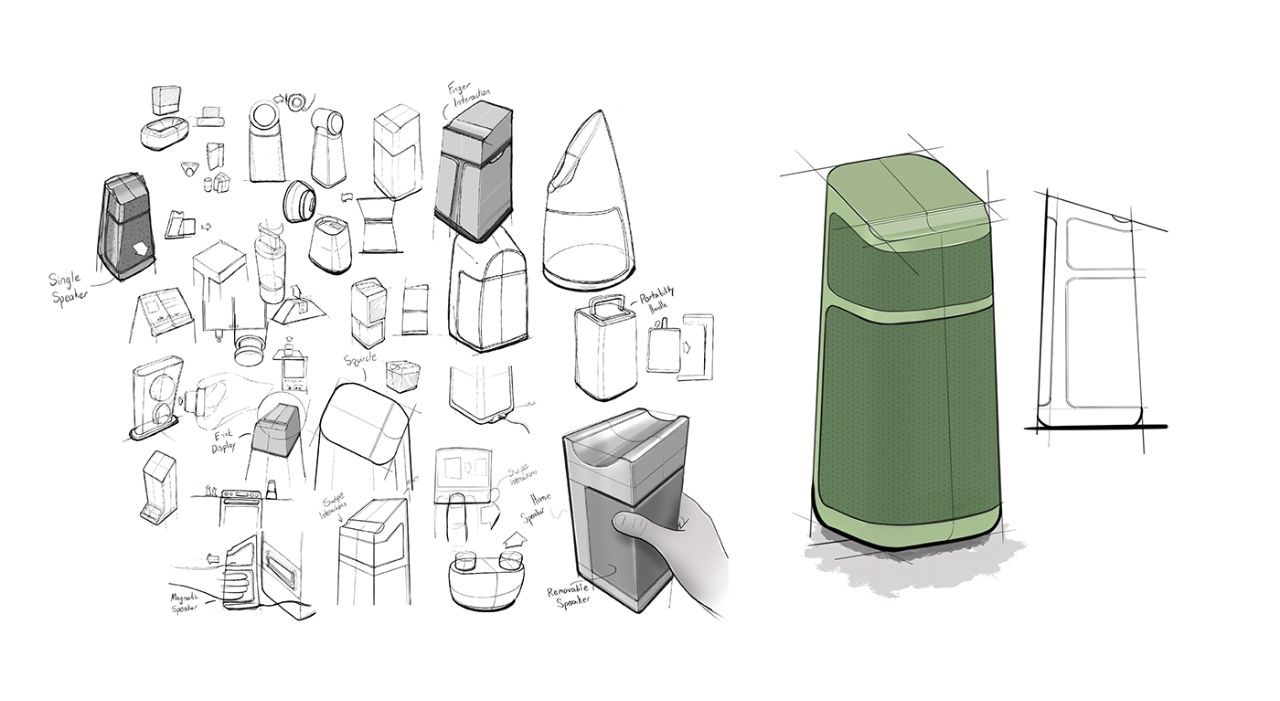
CHORD is a revolutionary kitchen speaker designed to cater to all the needs and values of modern homeowners. It aims to provide an unparalleled audio experience that adapts effortlessly to different situations, making it a must-have addition to any household.
With CHORD, controlling your music has never been easier. You can effortlessly connect your devices through Bluetooth, and for added convenience, there’s an e-ink display on top of the device, allowing for intuitive and user-friendly interactions. The e-ink display offers several advantages, including low power consumption, easy readability, high visibility even in bright light, and the ability to hold an image without power. This ensures reduced eye strain and fatigue, as well as sharp text and high contrast for improved readability.
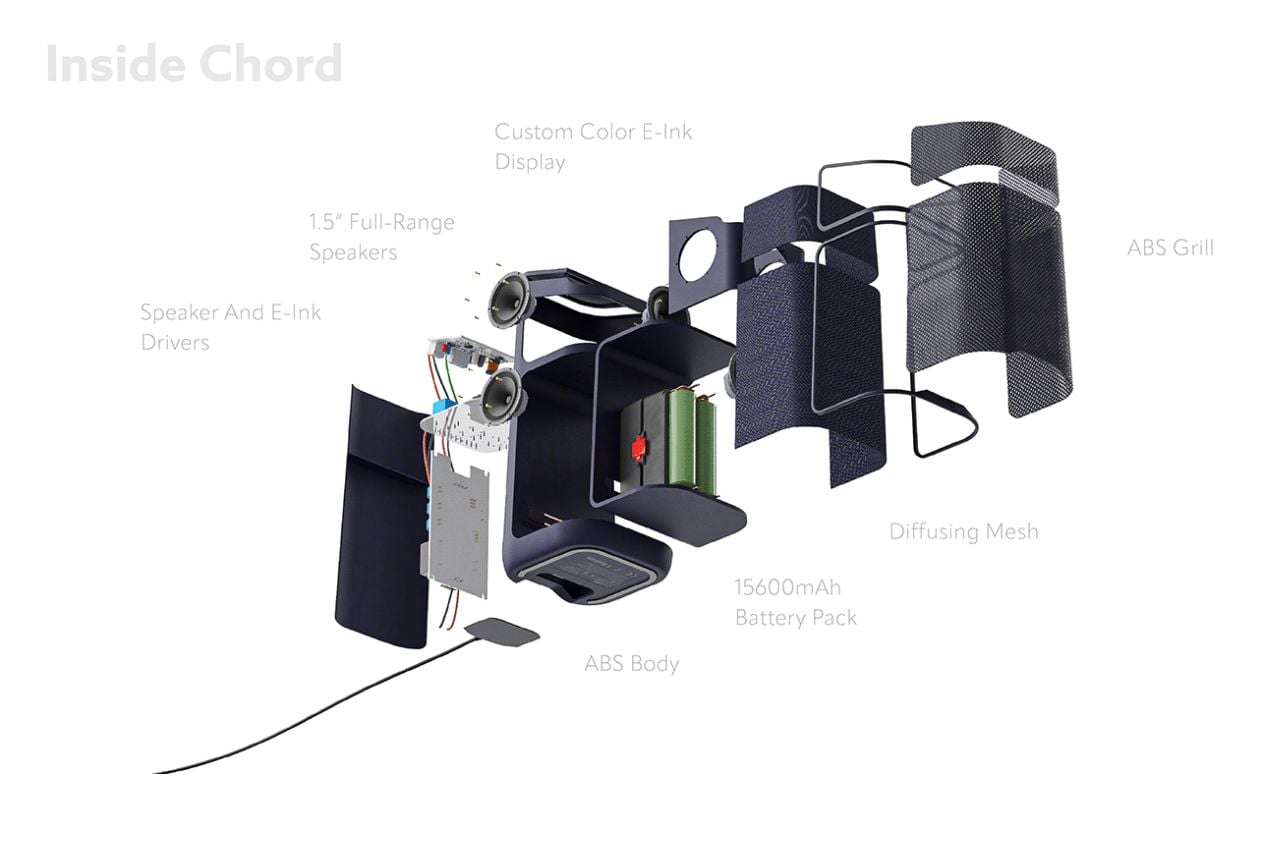
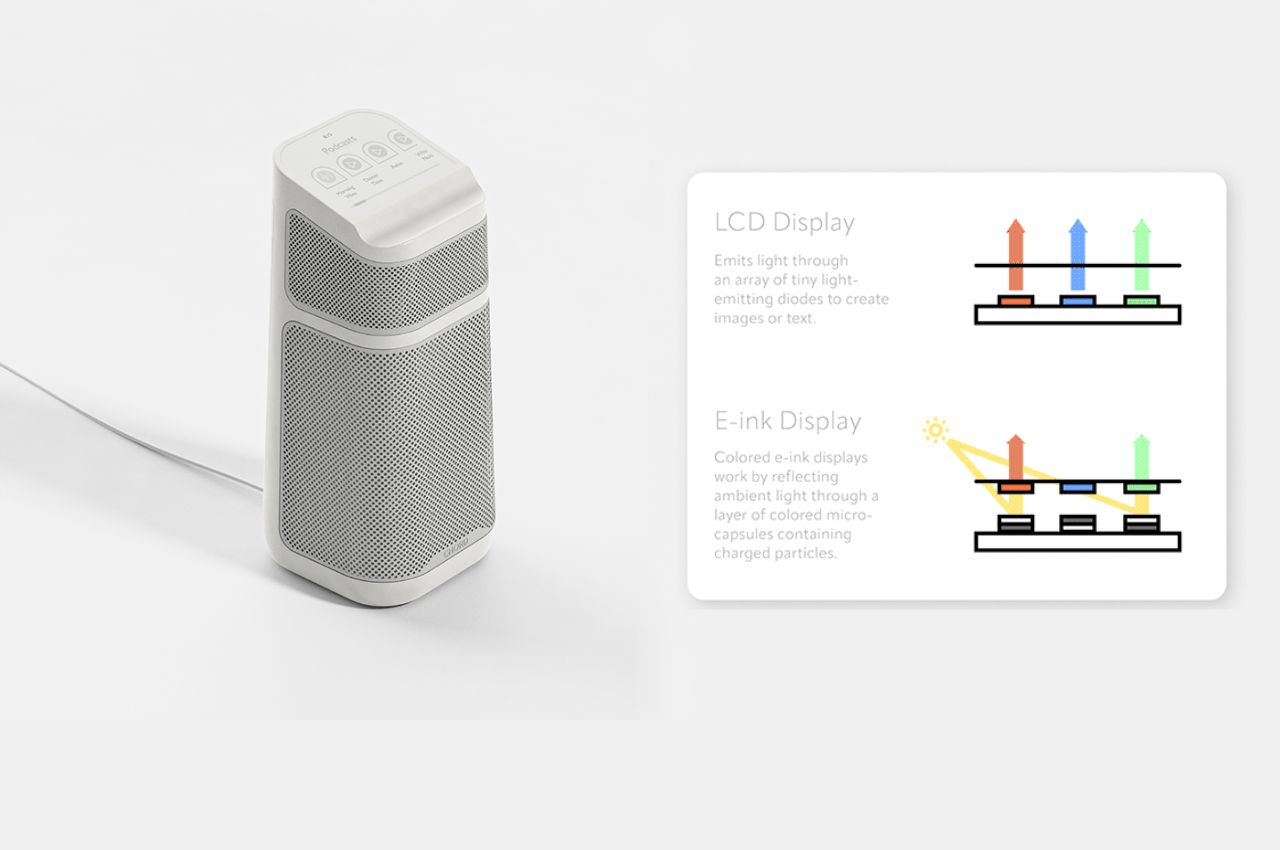
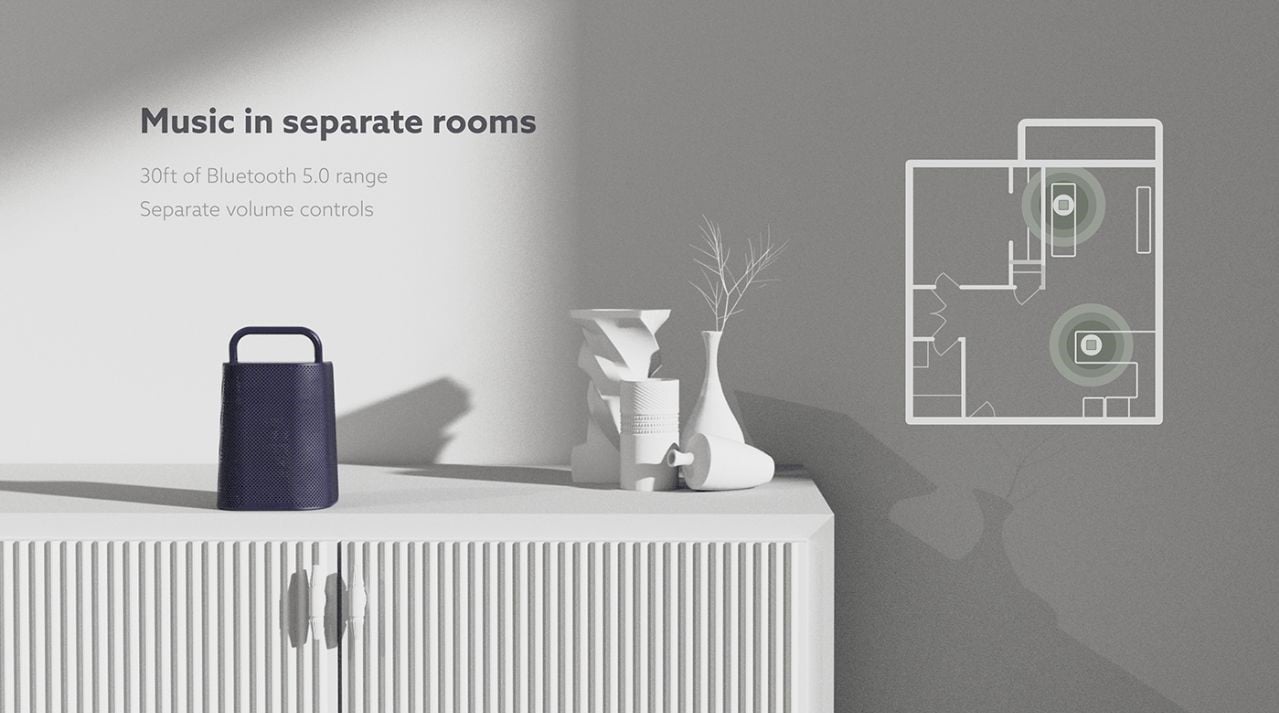
Moreover, CHORD’s main speaker is portable and lives within the speaker tower, providing a mobile sound option that can be easily moved around. This allows you to take the music wherever you go, be it in the kitchen, the backyard, or even another room.
CHORD features cutting-edge inductive wireless charging technology, eliminating the hassle of dealing with tangled cords and making it incredibly convenient to charge the speaker tower. With an impressive battery life of 8 hours, CHORD ensures that the music keeps playing throughout the party.
Designed with a fold-up portable handle, CHORD can be carried around effortlessly, making it the perfect companion for outdoor activities or spontaneous gatherings. Additionally, the speaker offers a 30ft Bluetooth 5.0 range, allowing you to connect your devices with ease and control your music from a distance.
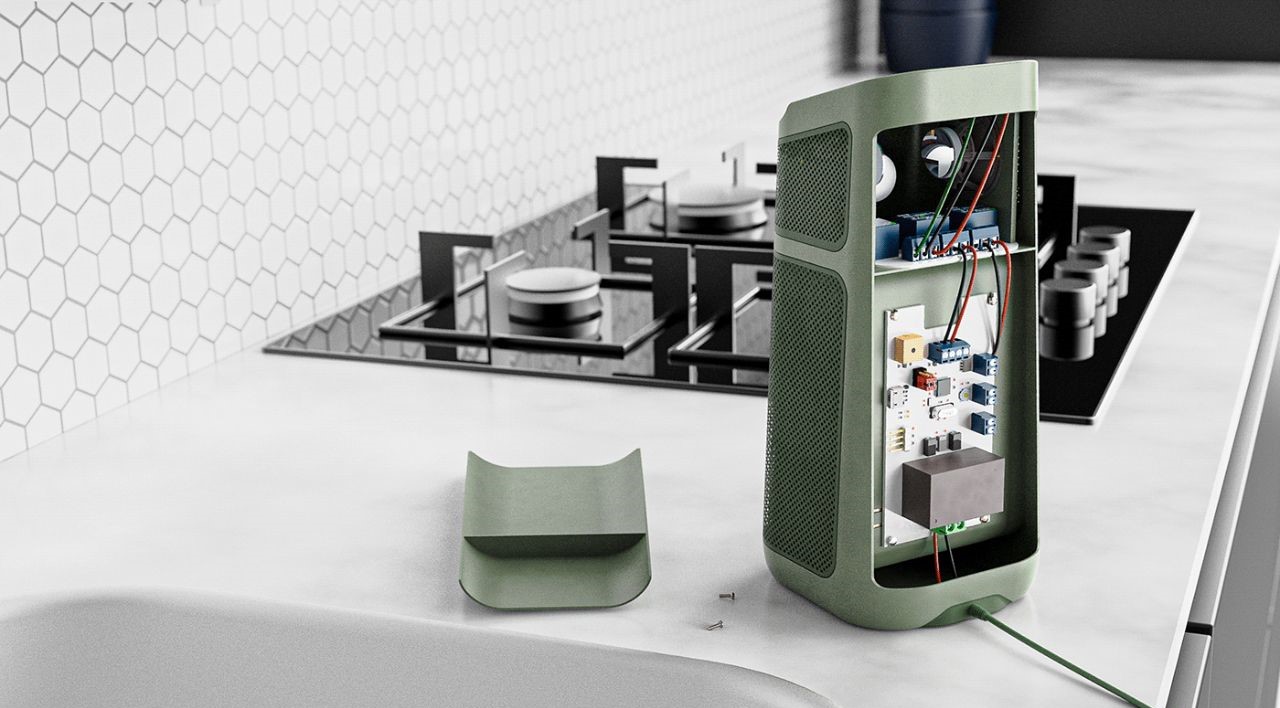
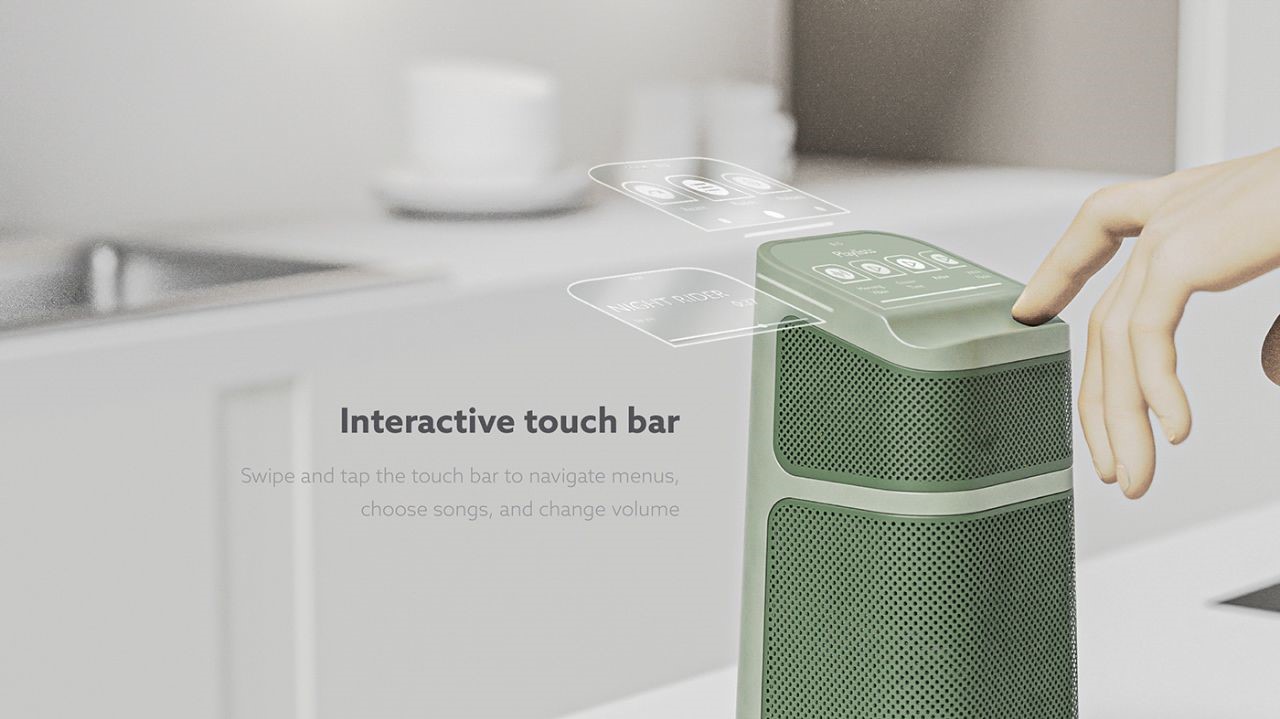
CHORD understands the importance of maintaining the right volume balance. With separate volume controls, you can easily adjust the sound output according to your preferences and the setting of the party.
Furthermore, CHORD supports multi-room music, enabling you to have synchronized audio playback in different areas of your home. This feature allows you to set up multiple CHORD speakers throughout the house, creating an immersive audio experience for all your guests.
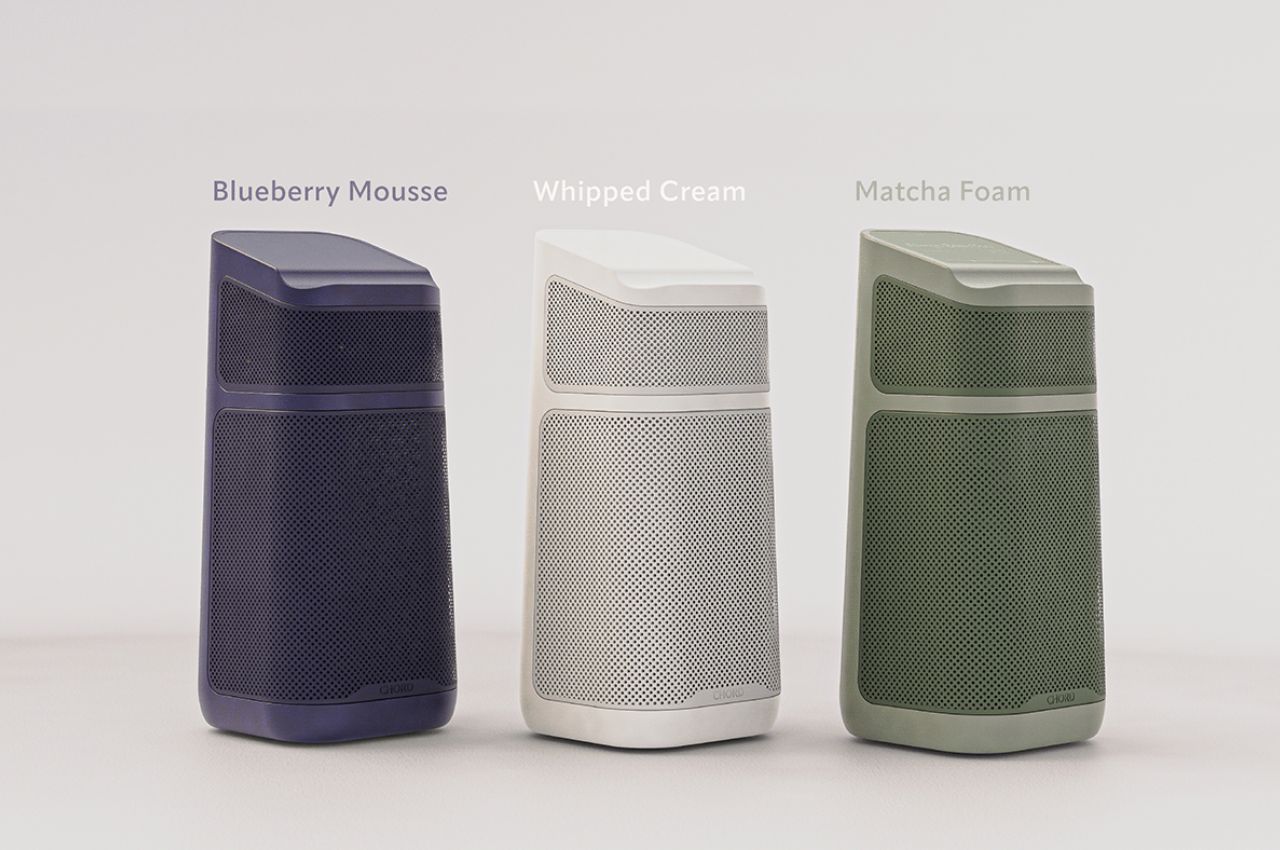
CHORD comes in three stylish colors – matcha foam, blueberry mousse, and whipped cream – designed to complement your kitchen’s taste and interior décor. It blends seamlessly with your surroundings, adding a touch of elegance and modernity to your living space.
CHORD has set out to redefine the concept of kitchen speakers, addressing the common problems faced by hosts and homeowners. With its adaptability, ease of use, high-quality sound, and aesthetic appeal, CHORD stands as the ultimate solution for anyone looking to elevate their music experience in both indoor and outdoor settings.
Experience the convenience, flexibility, and superb audio quality that CHORD offers – the adaptable kitchen speaker that reimagines how you enjoy music in your home.
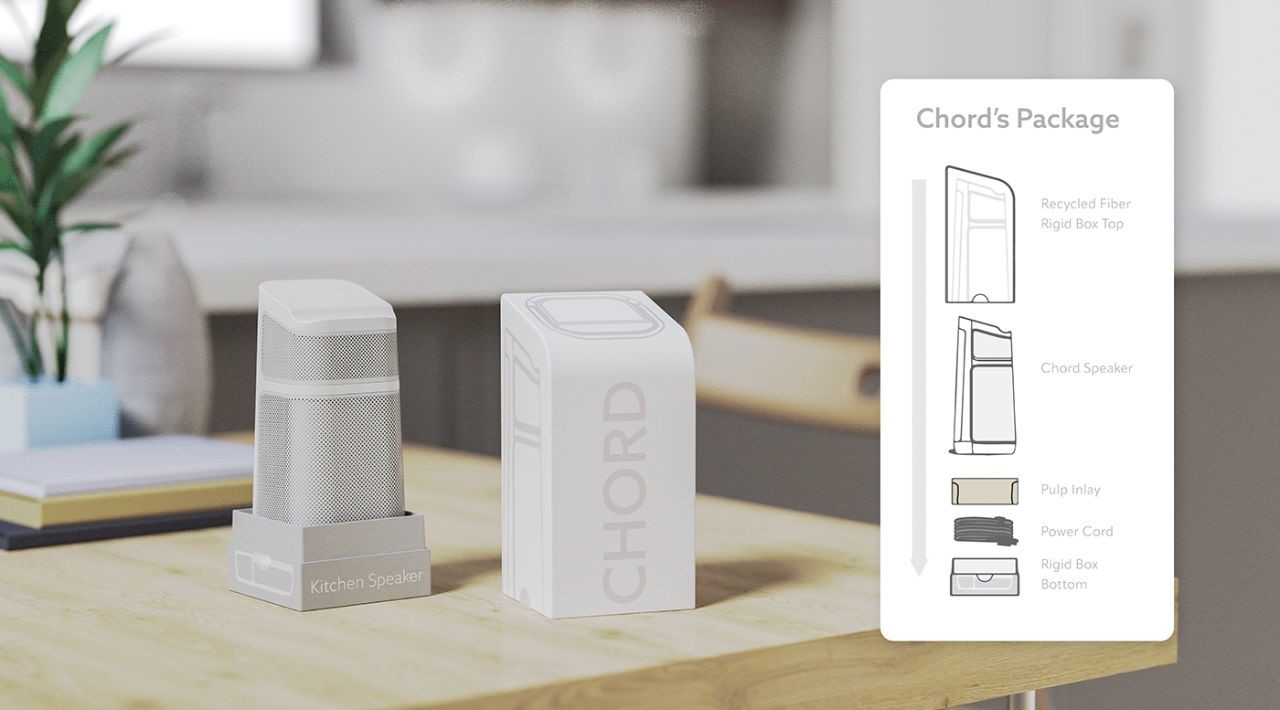
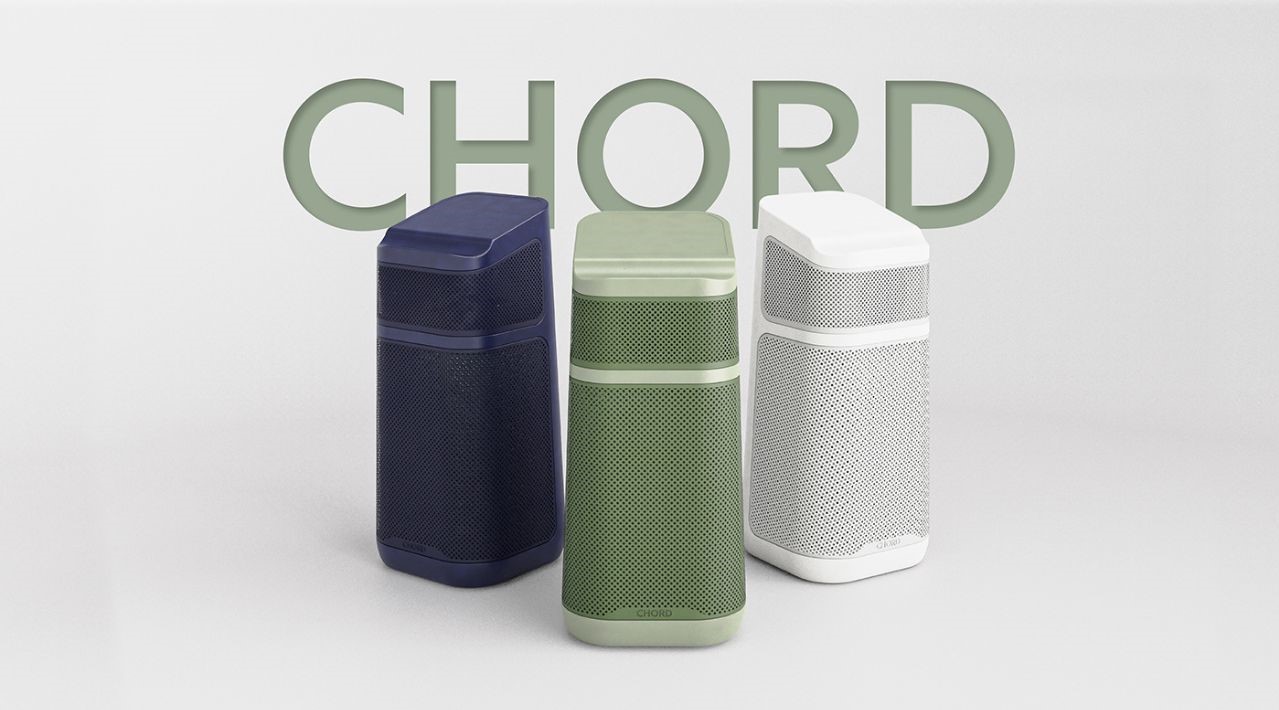
The post A Detachable Kitchen Speaker that Adapts to Your Needs as a Host first appeared on Yanko Design.
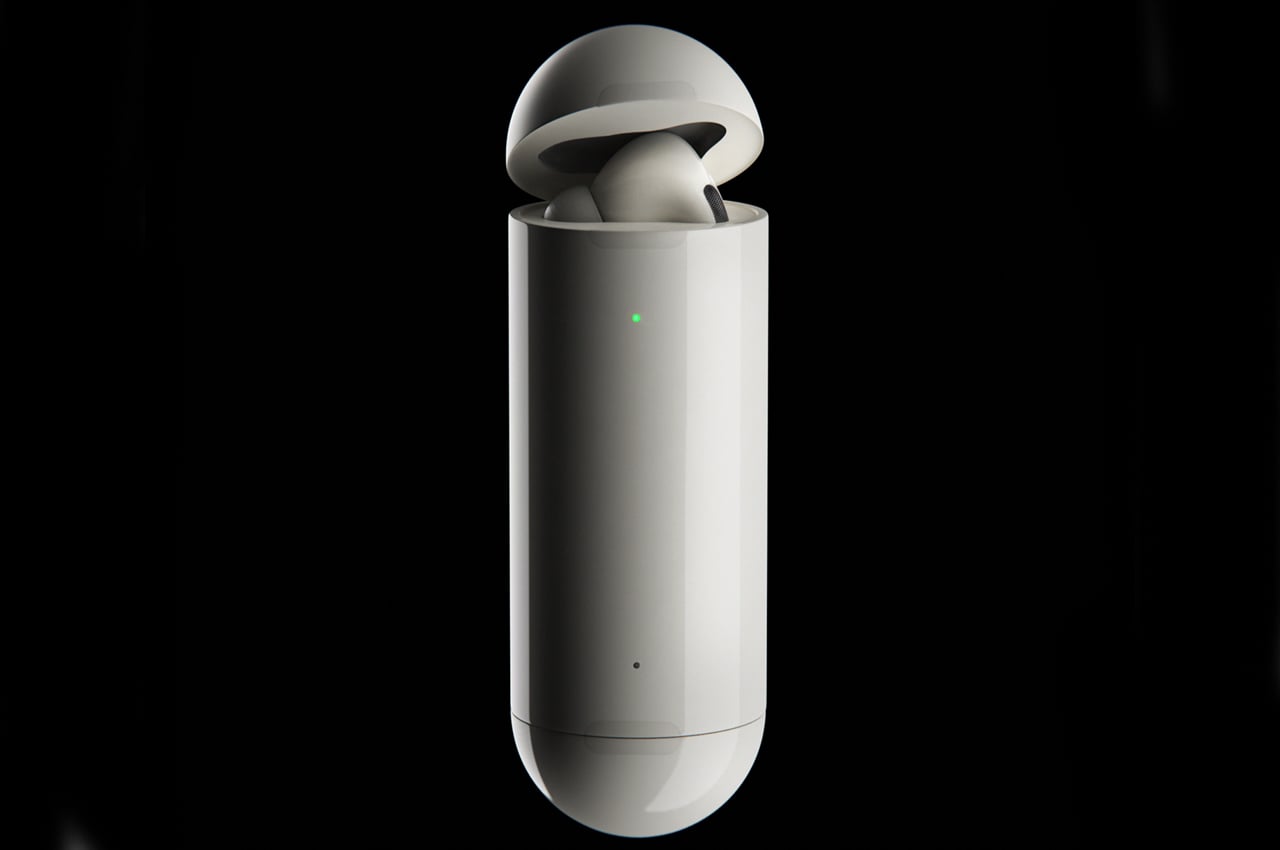
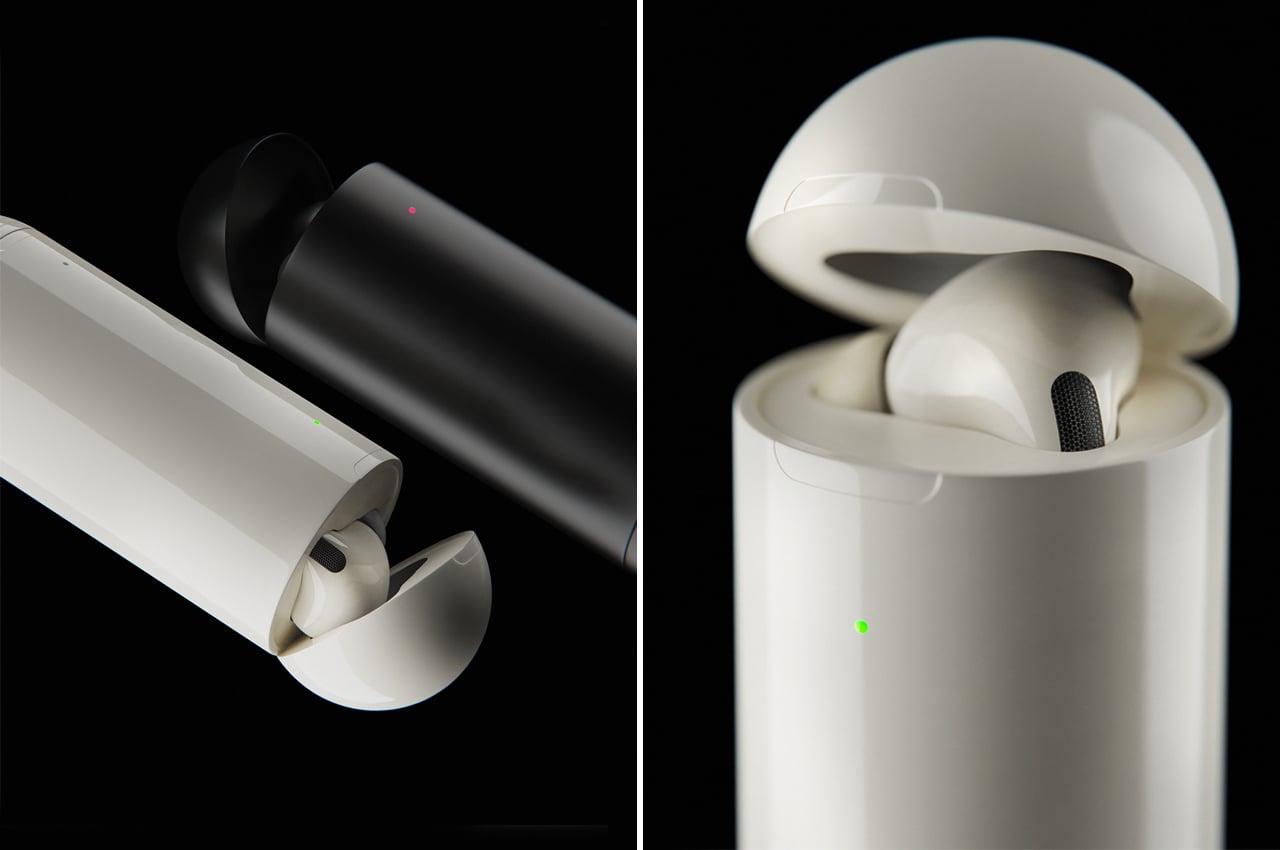
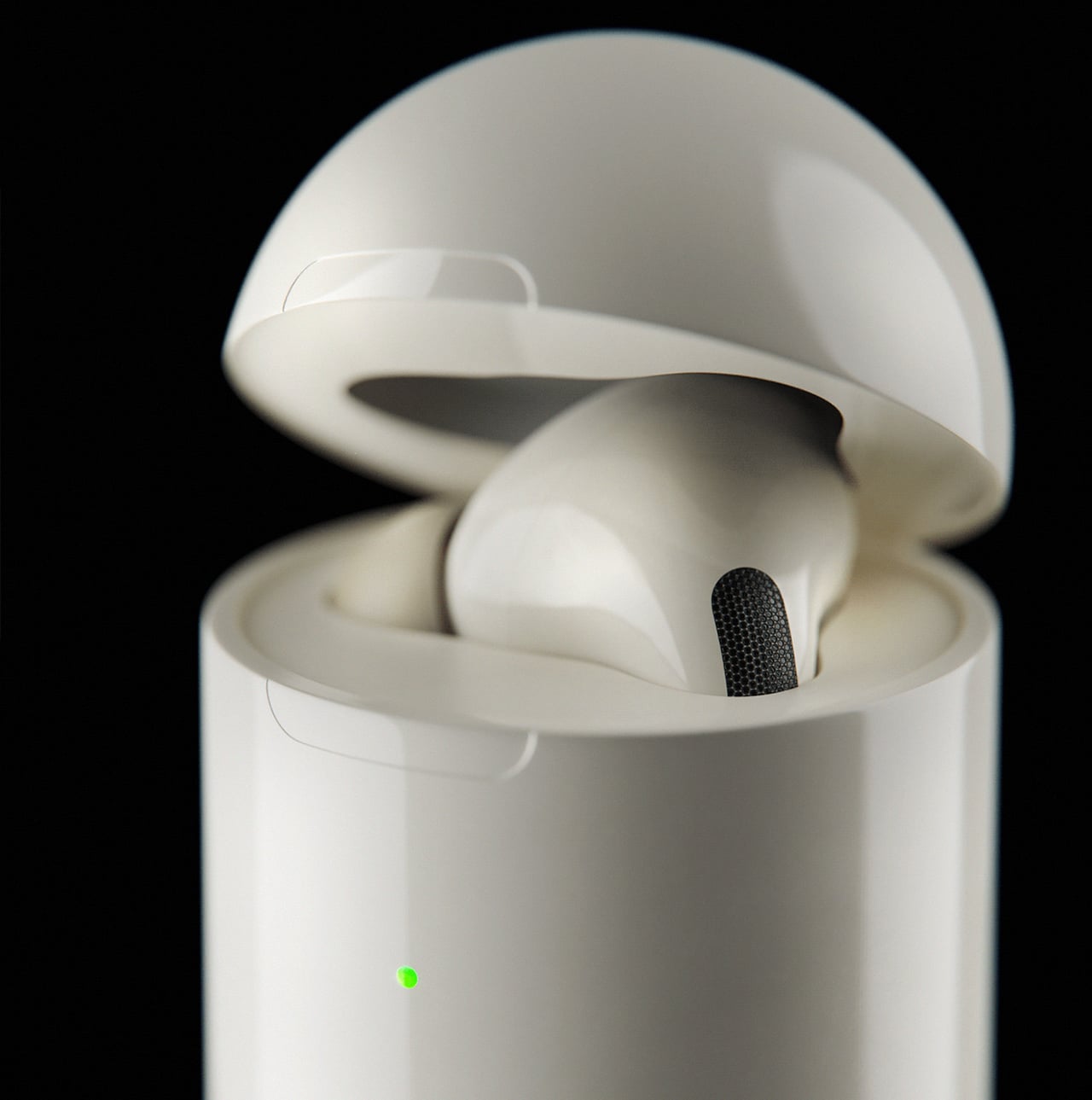
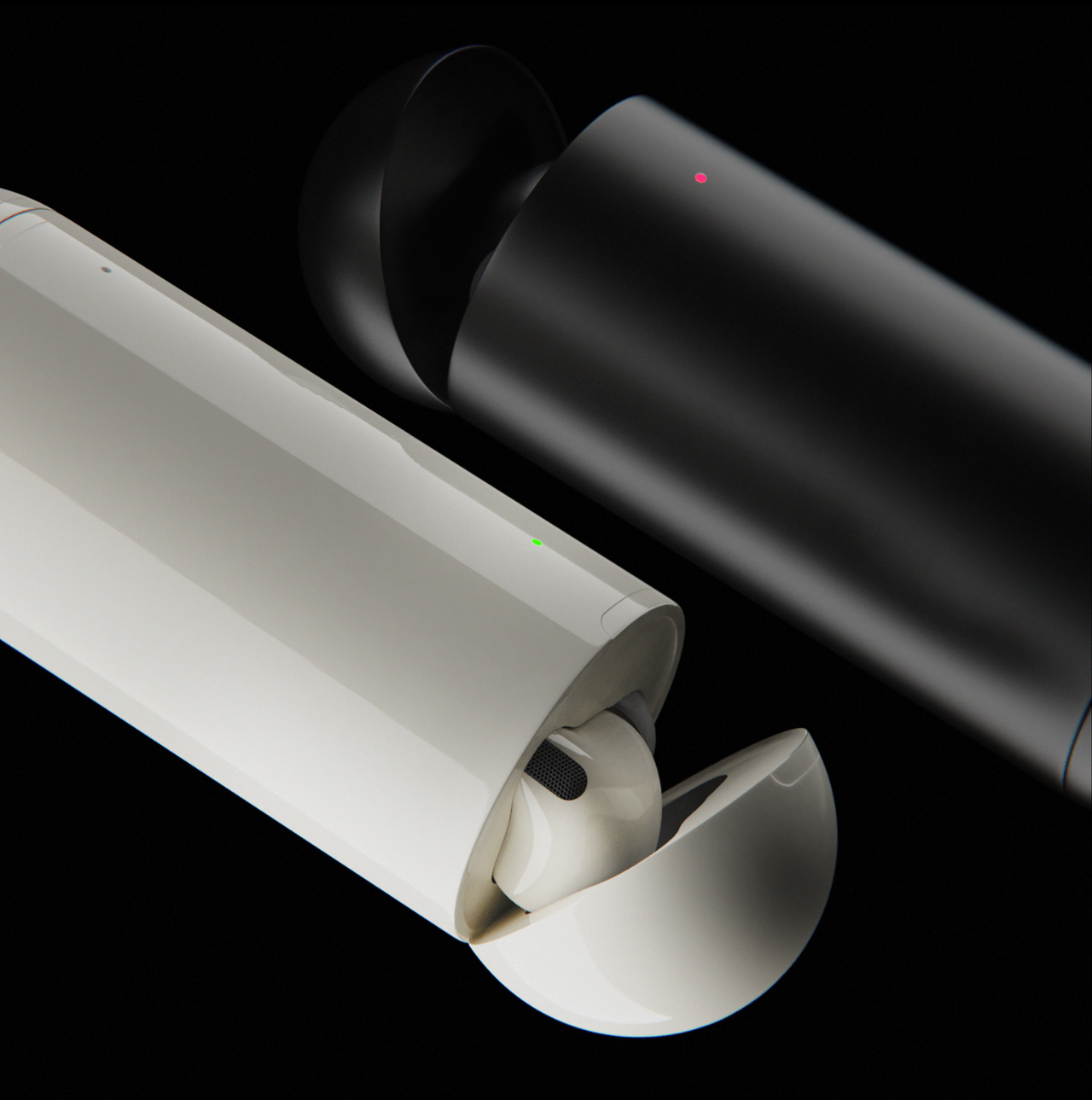
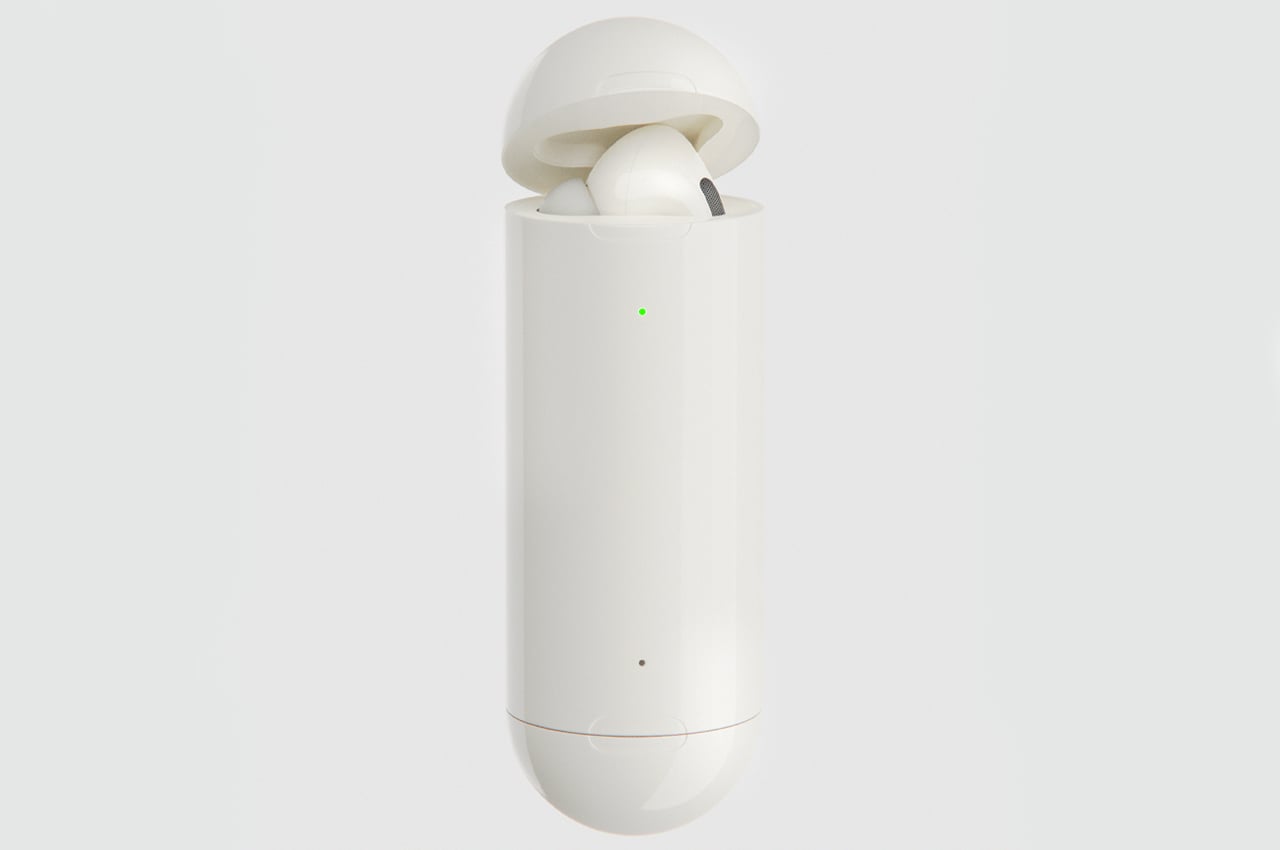
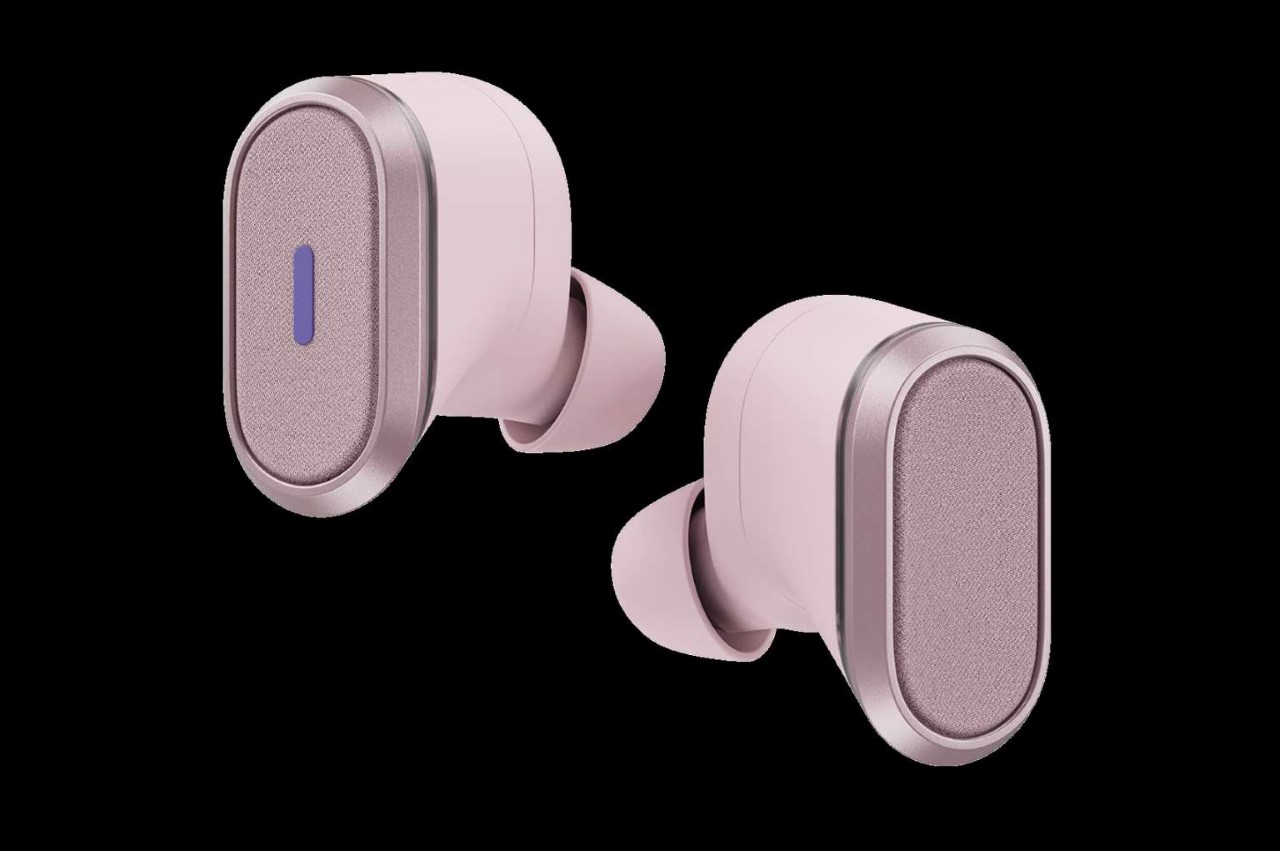
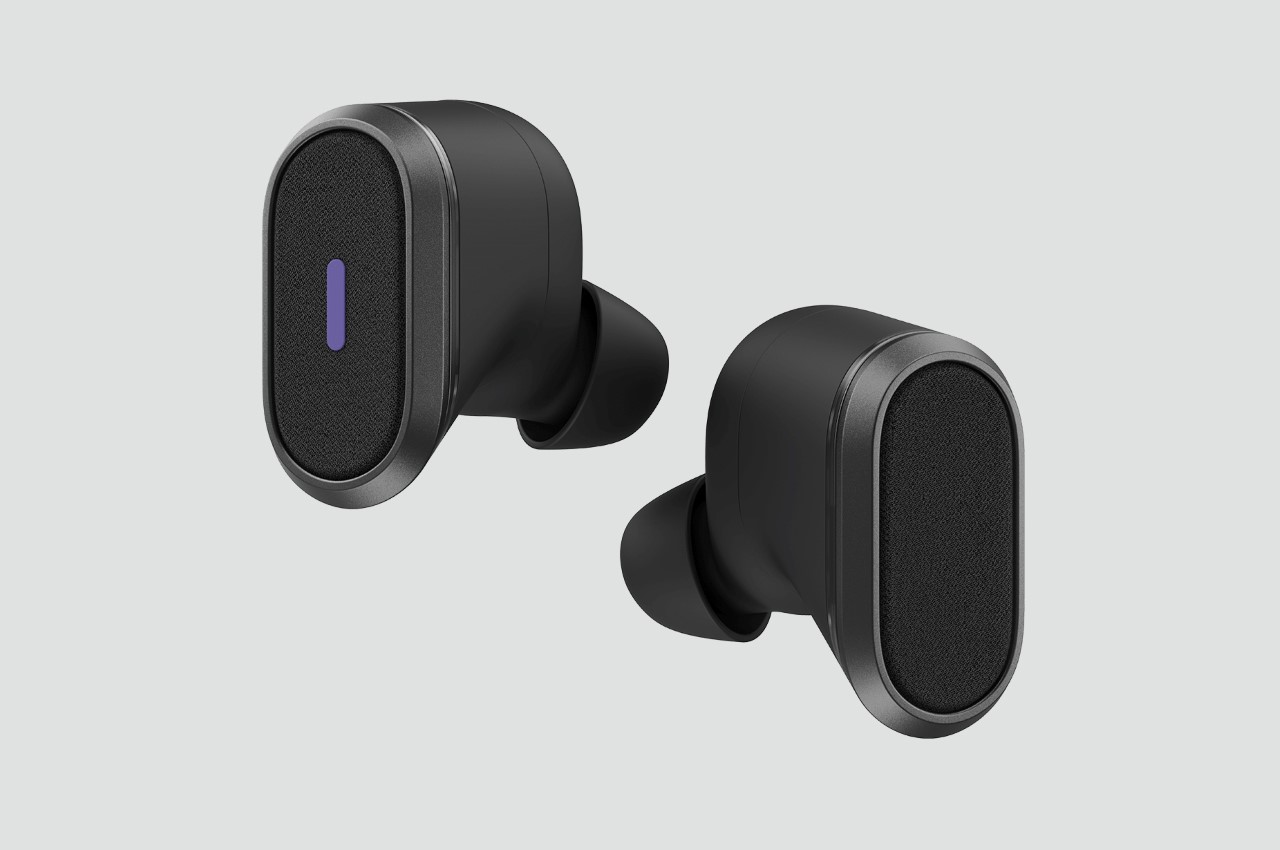
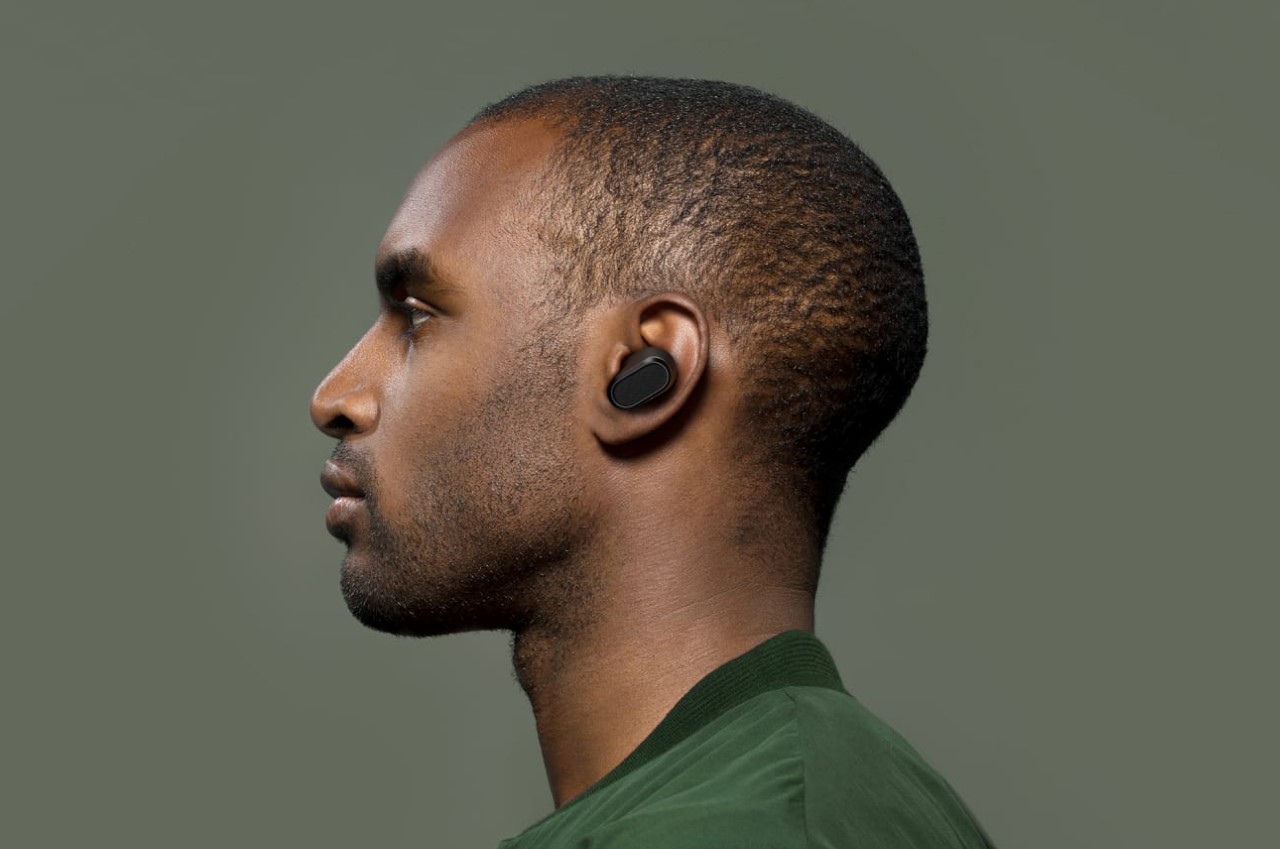
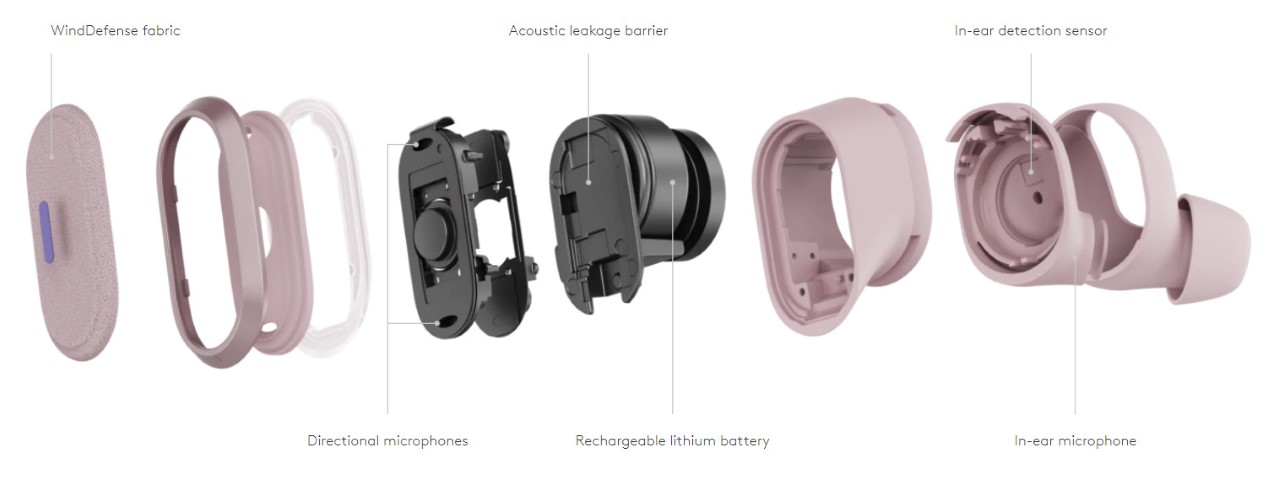
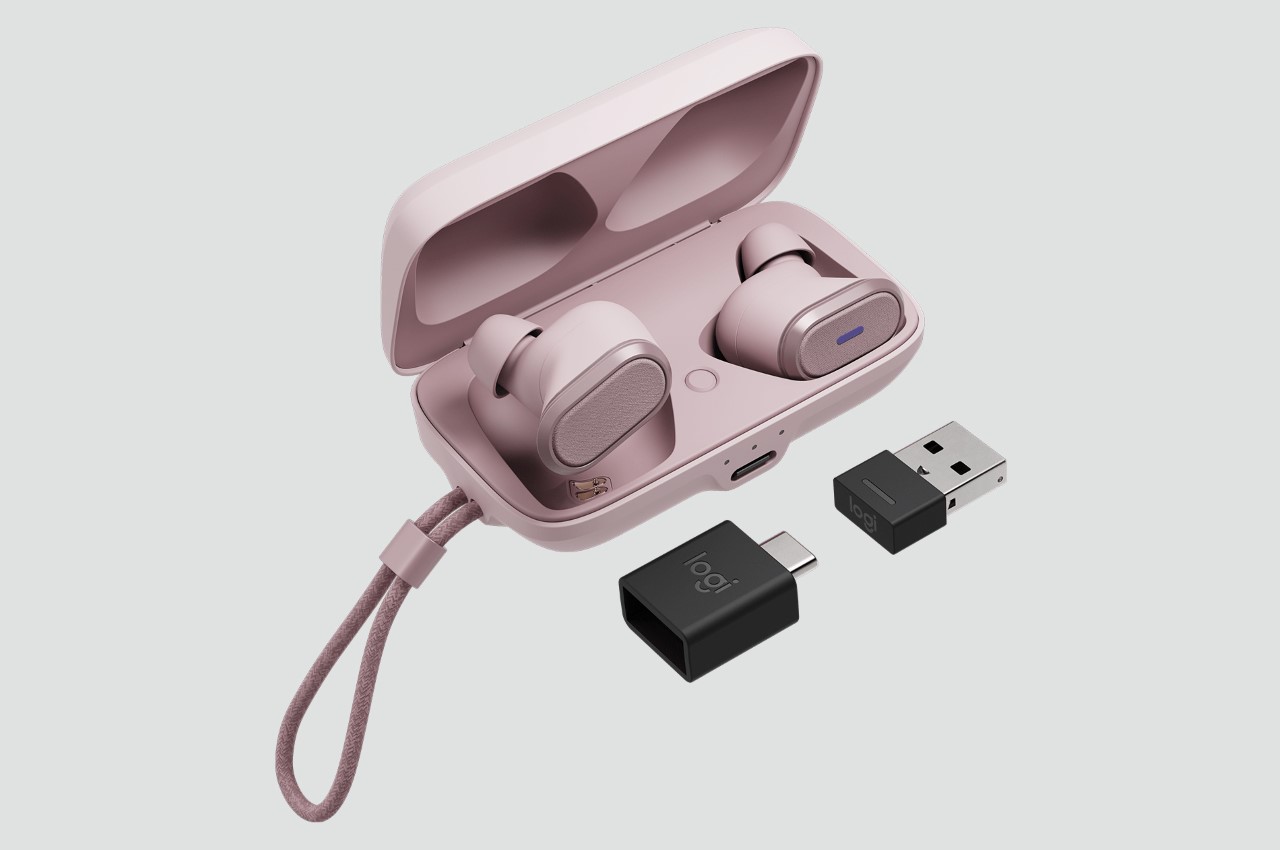
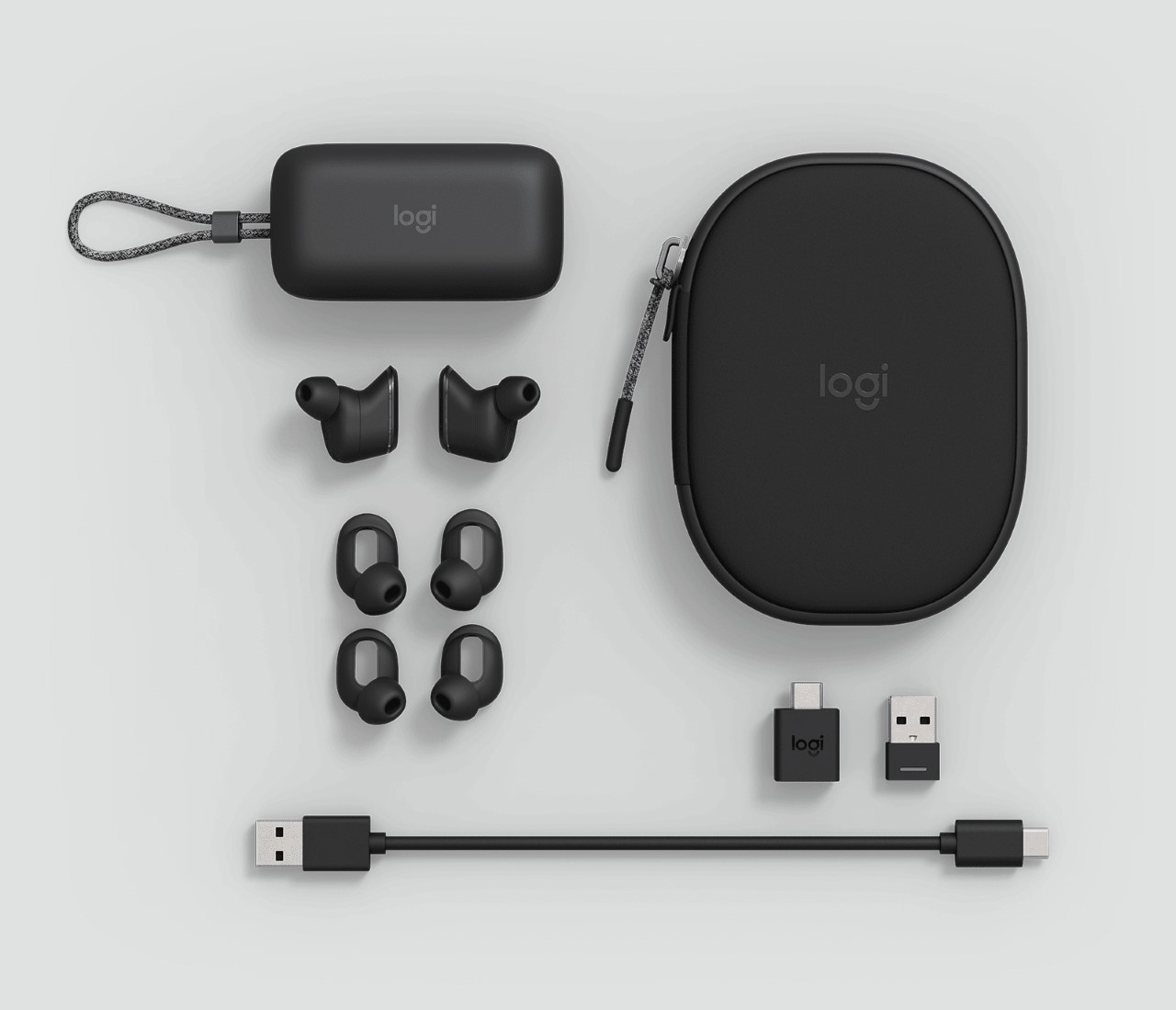

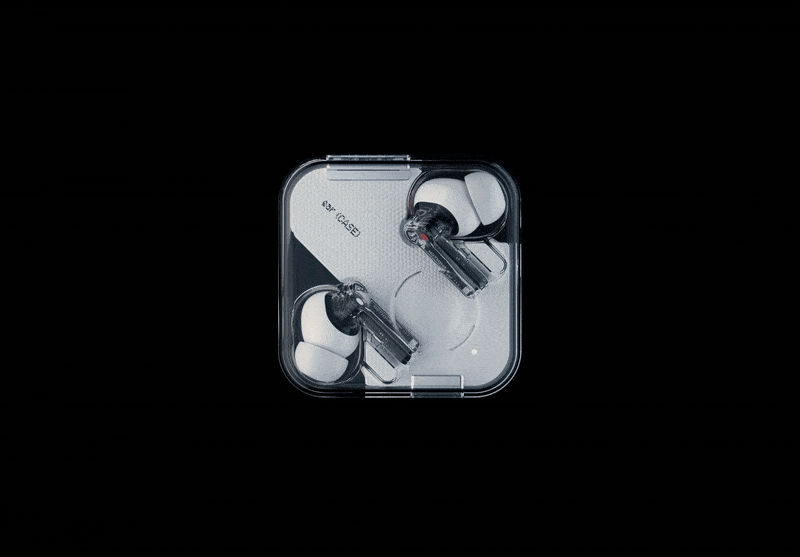
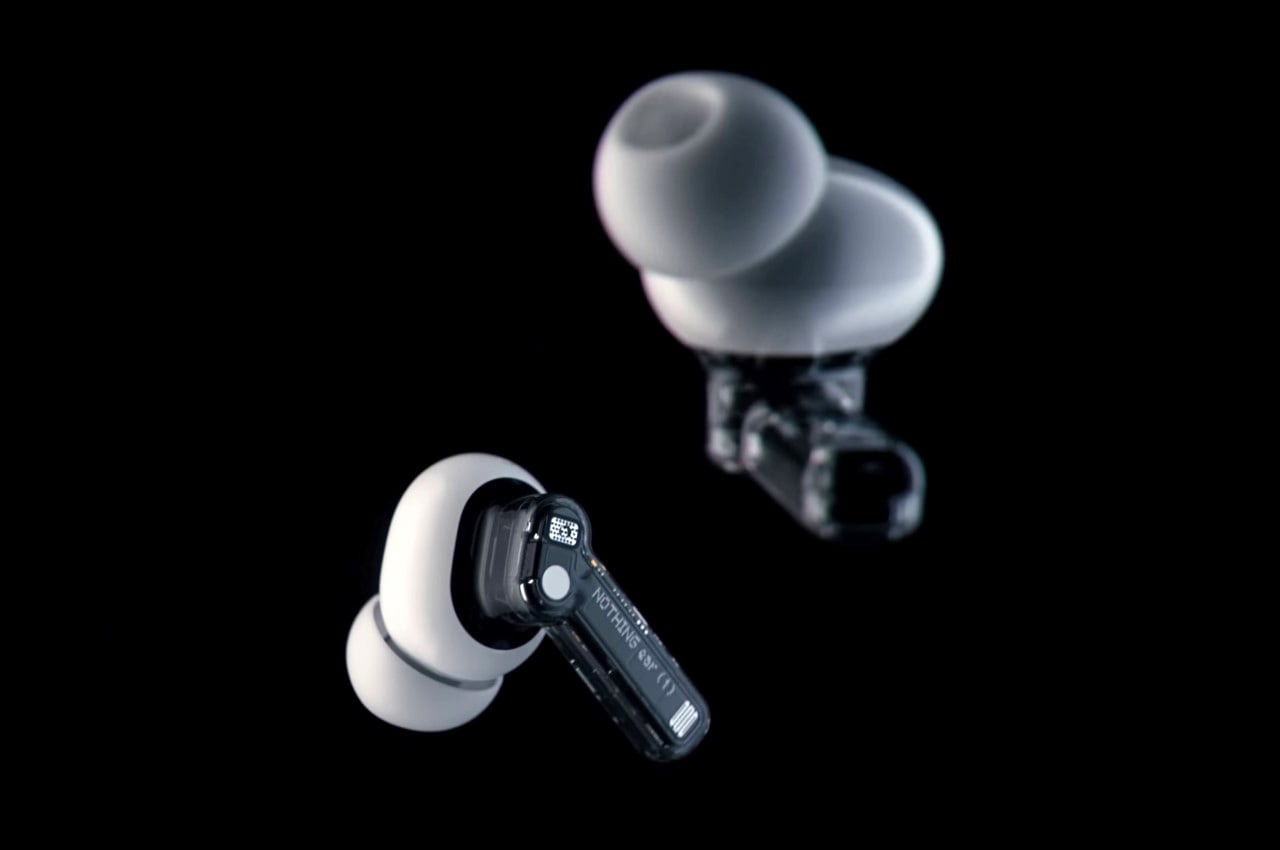
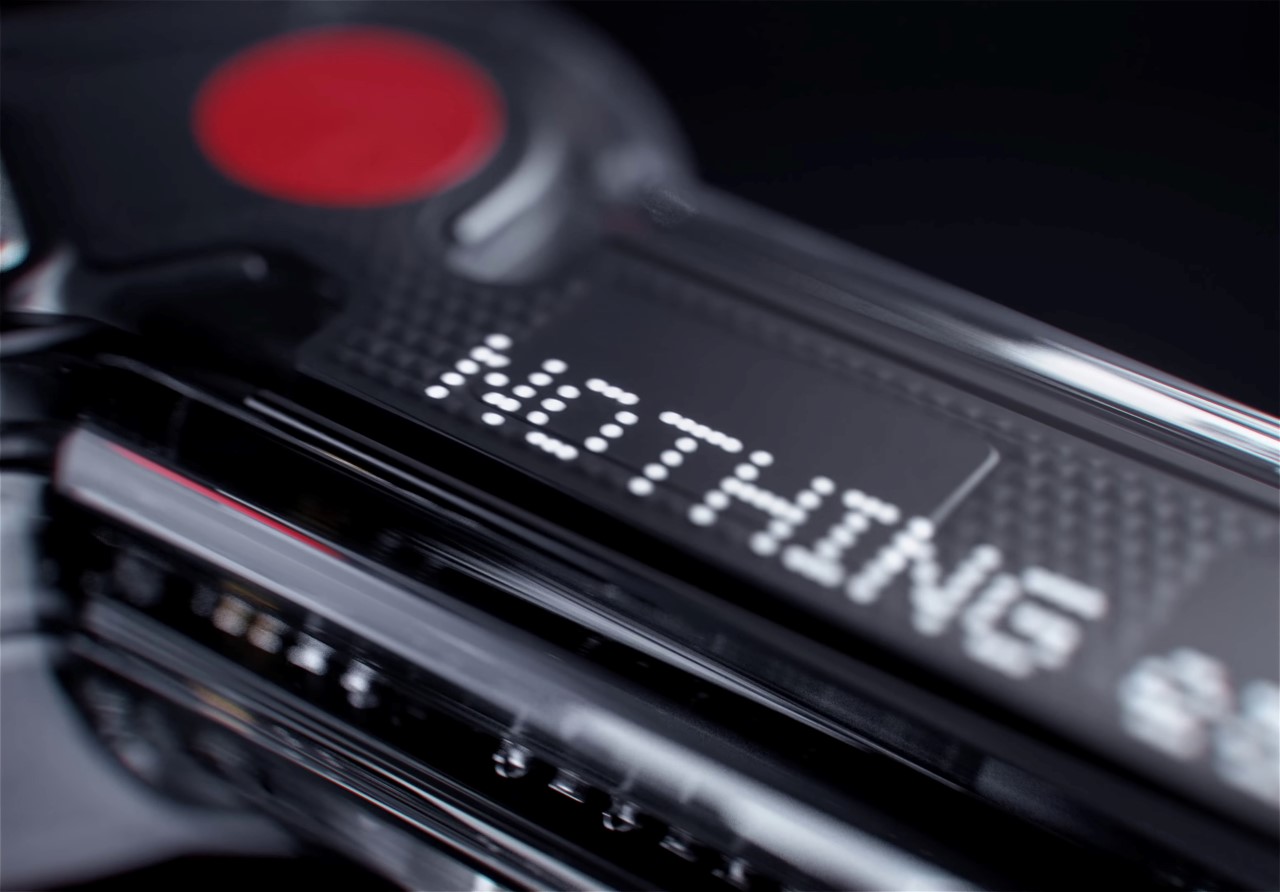
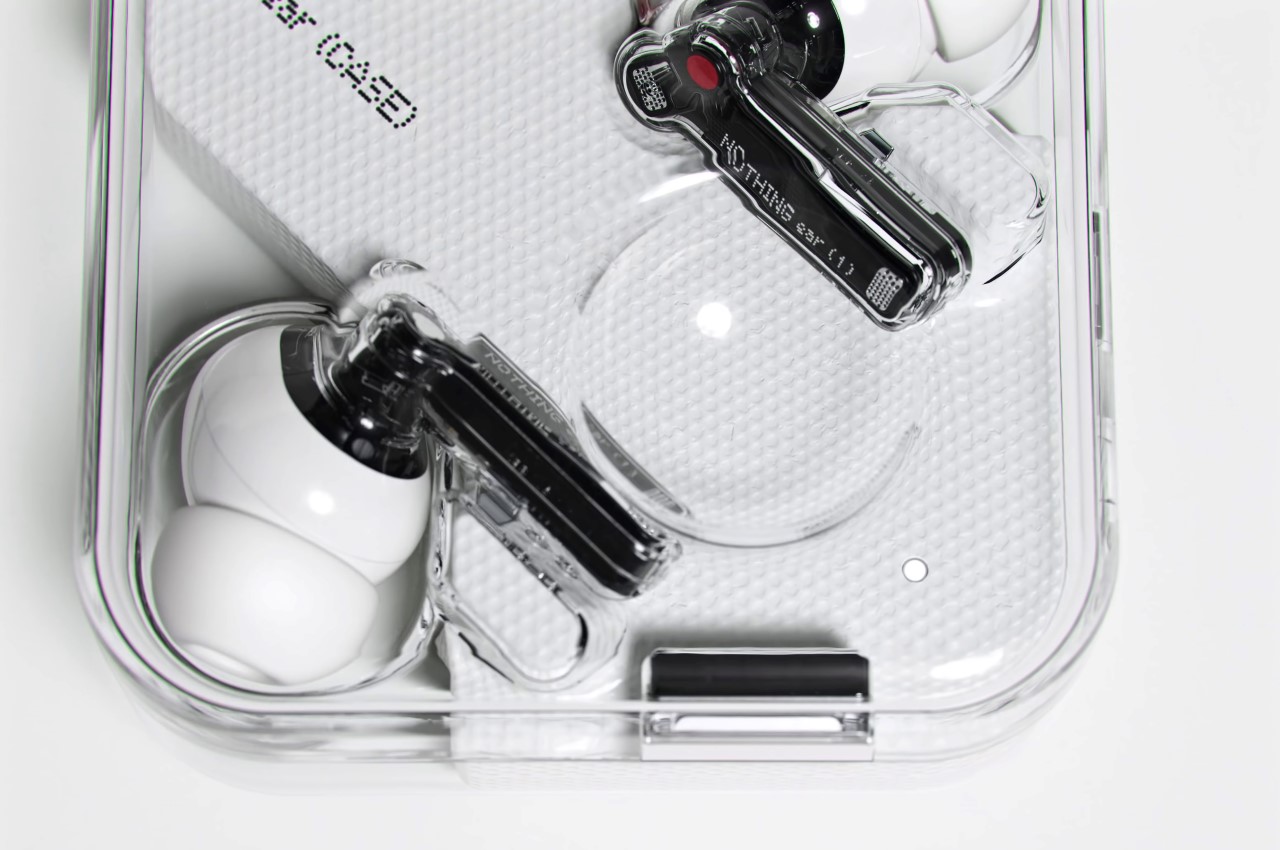

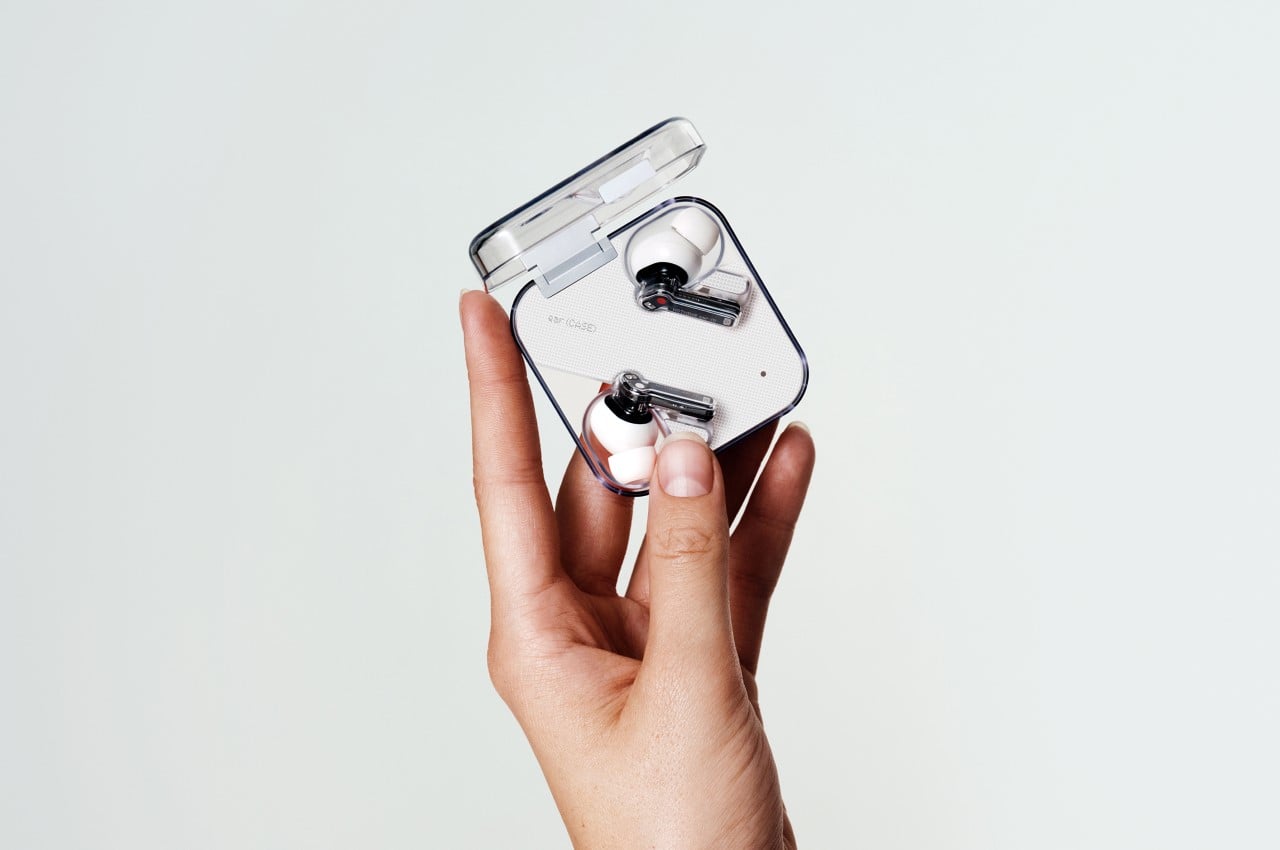
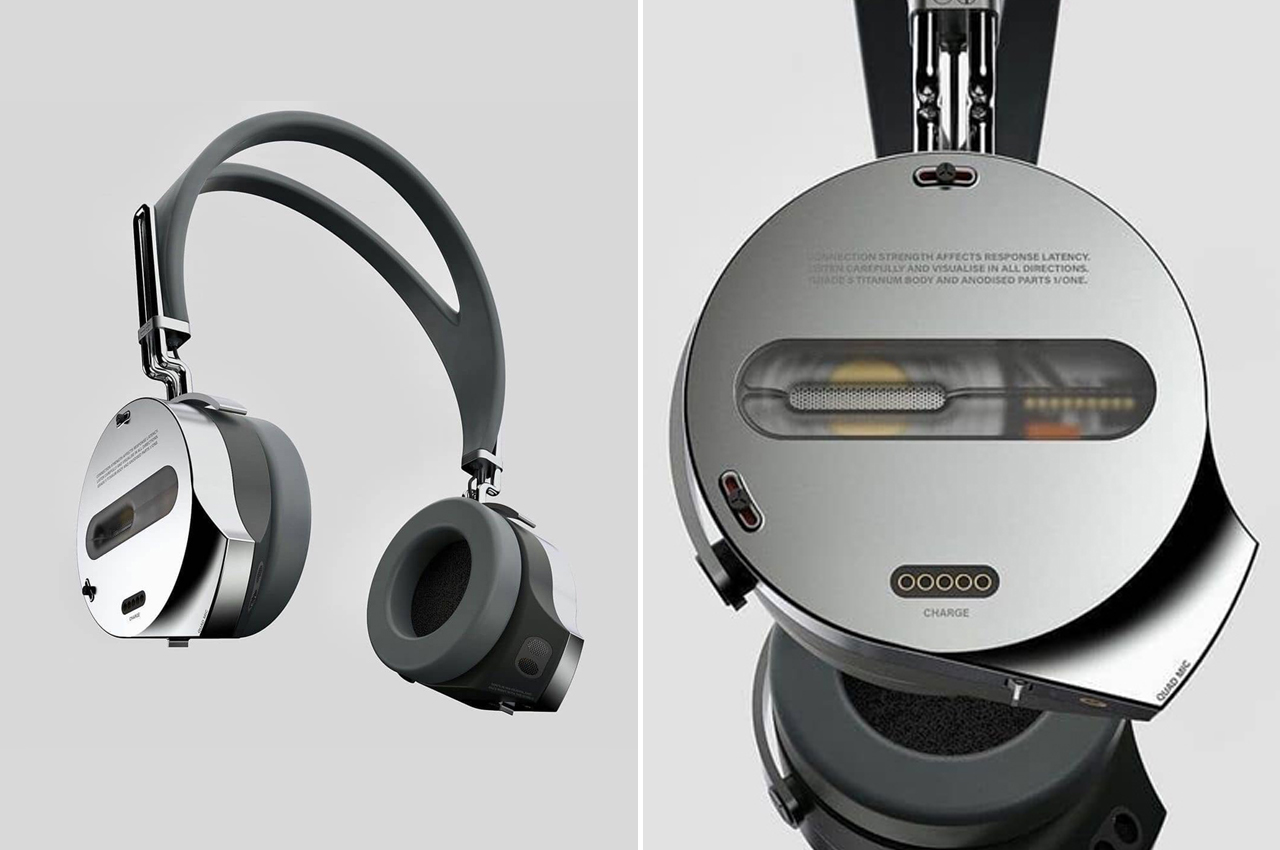
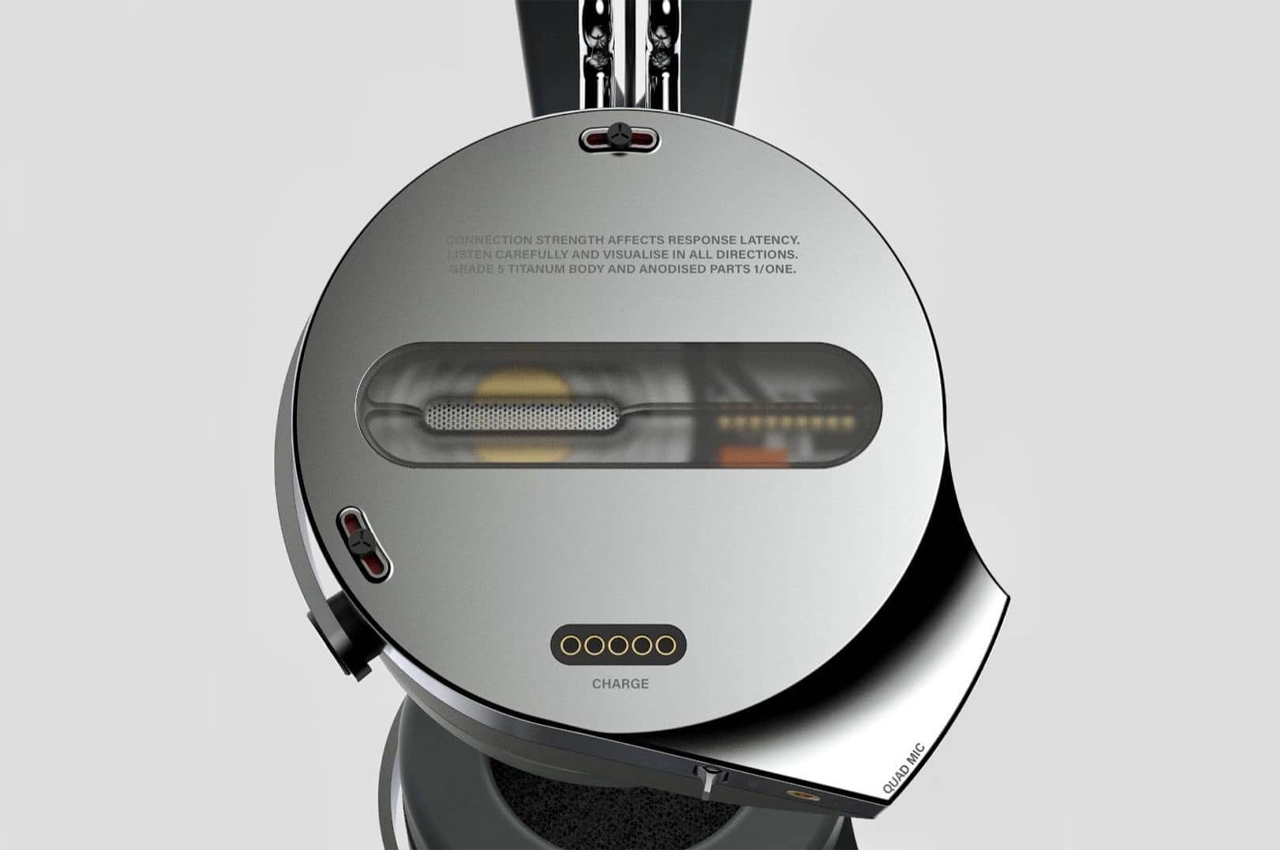
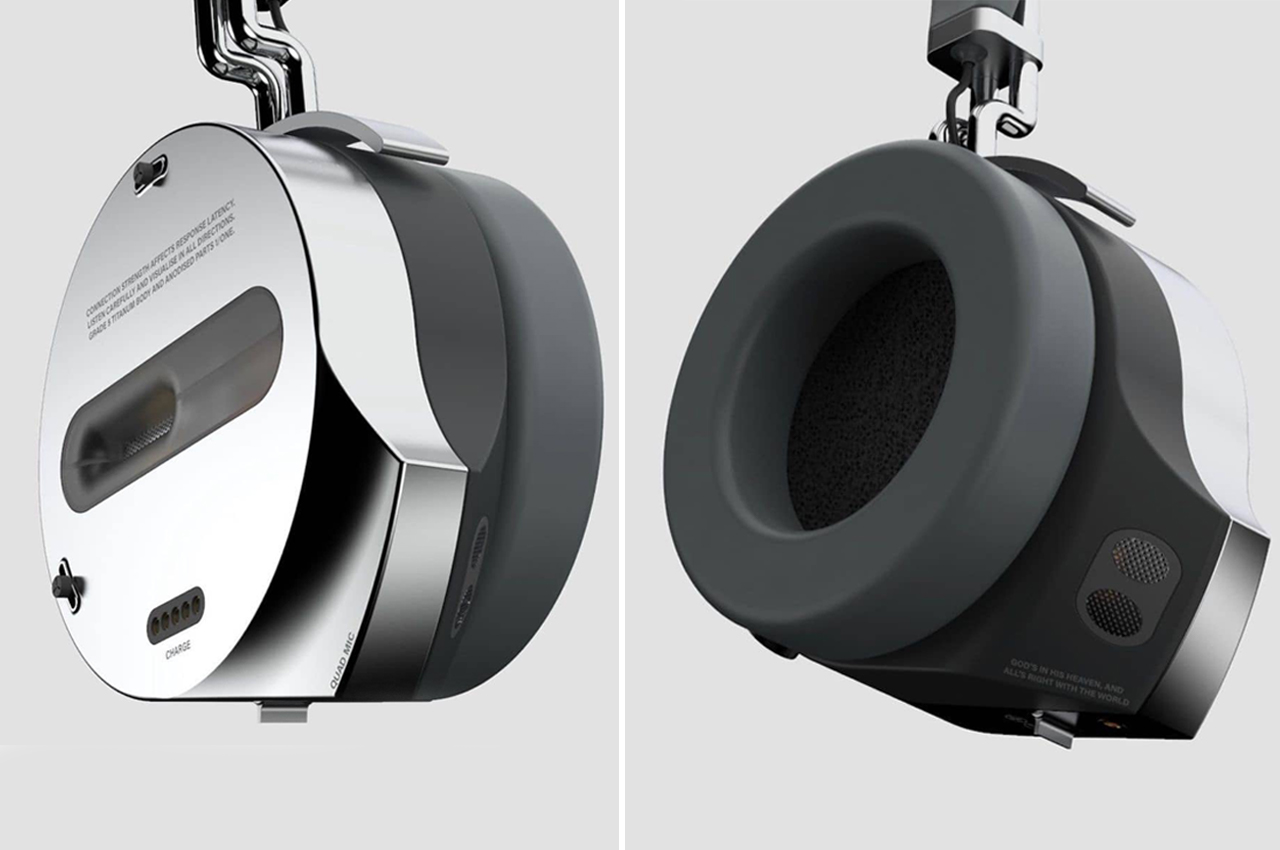
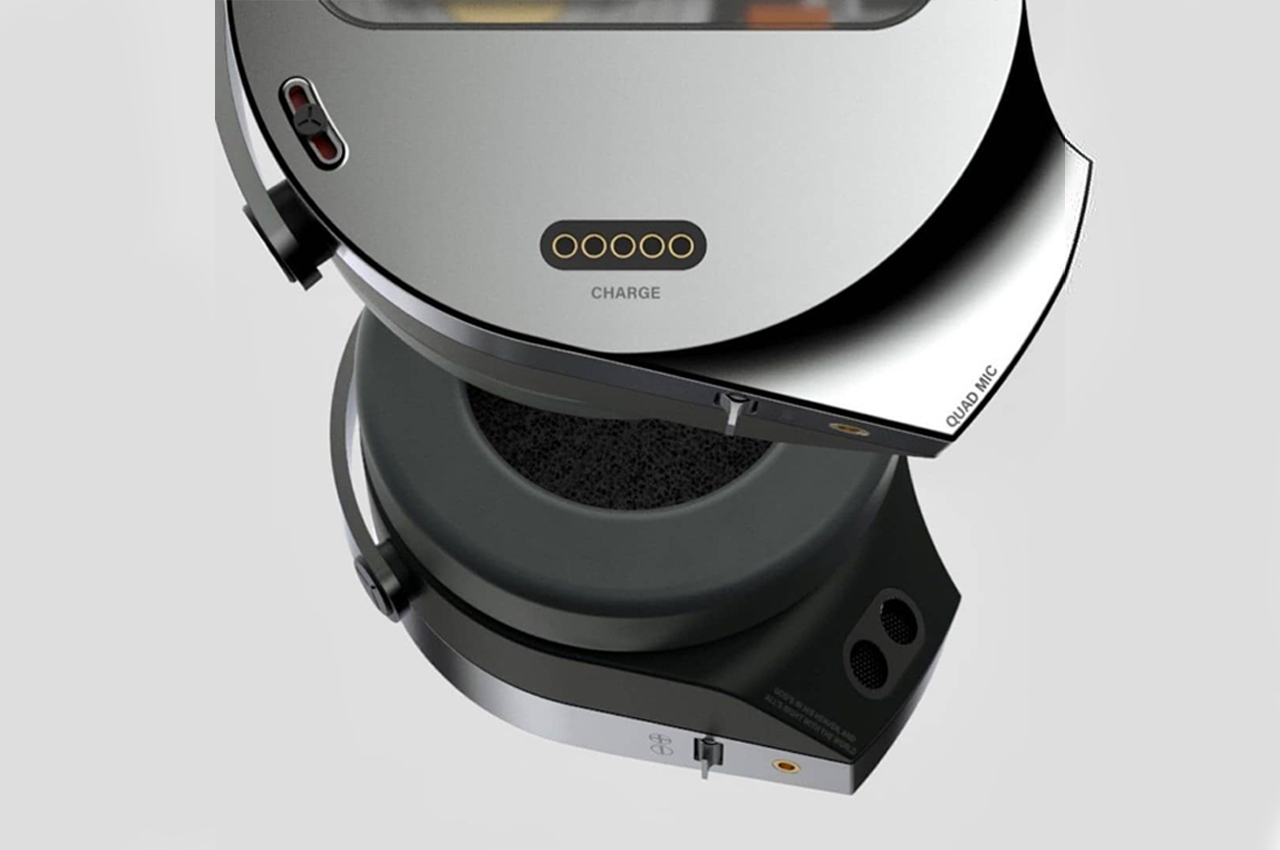
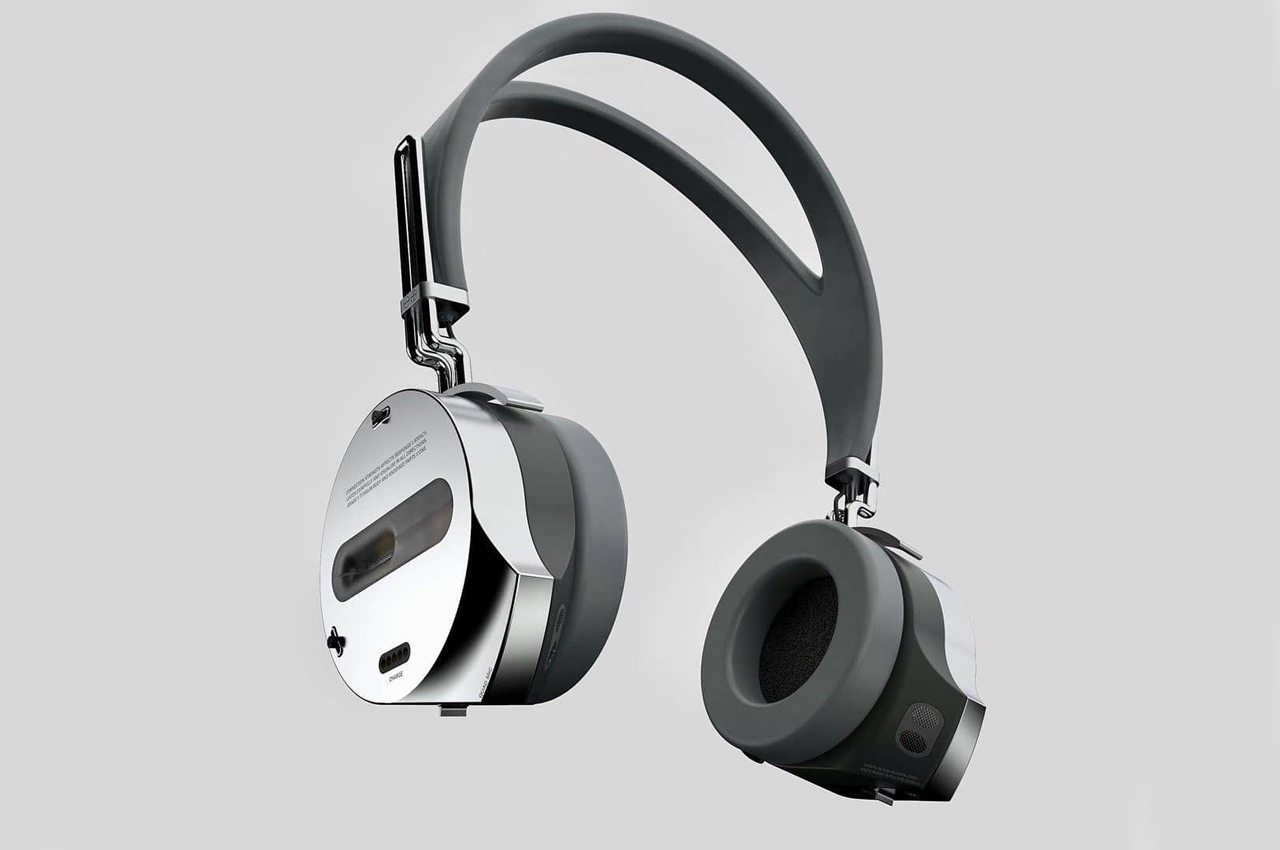
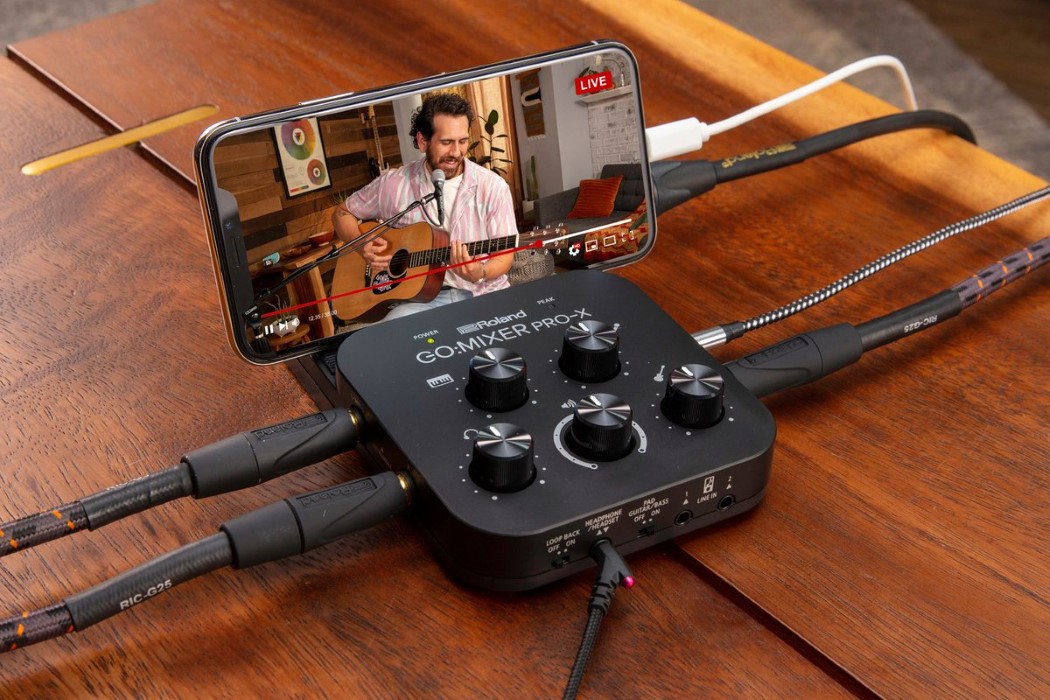
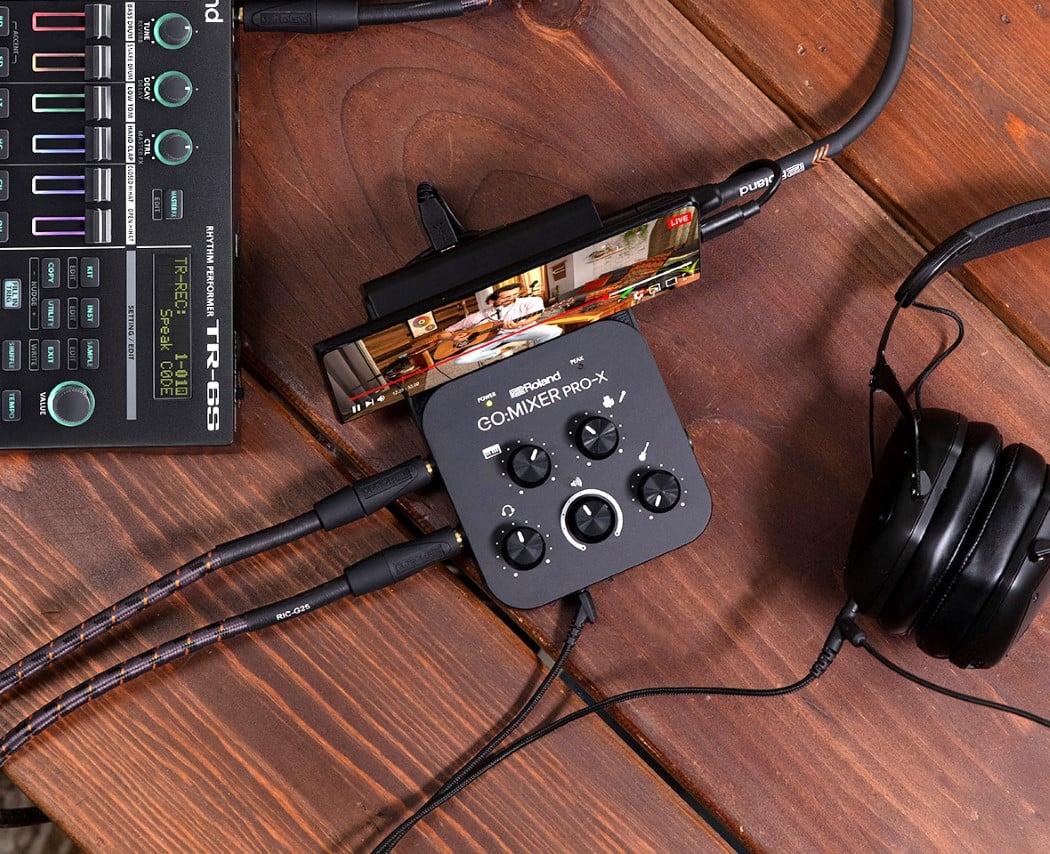

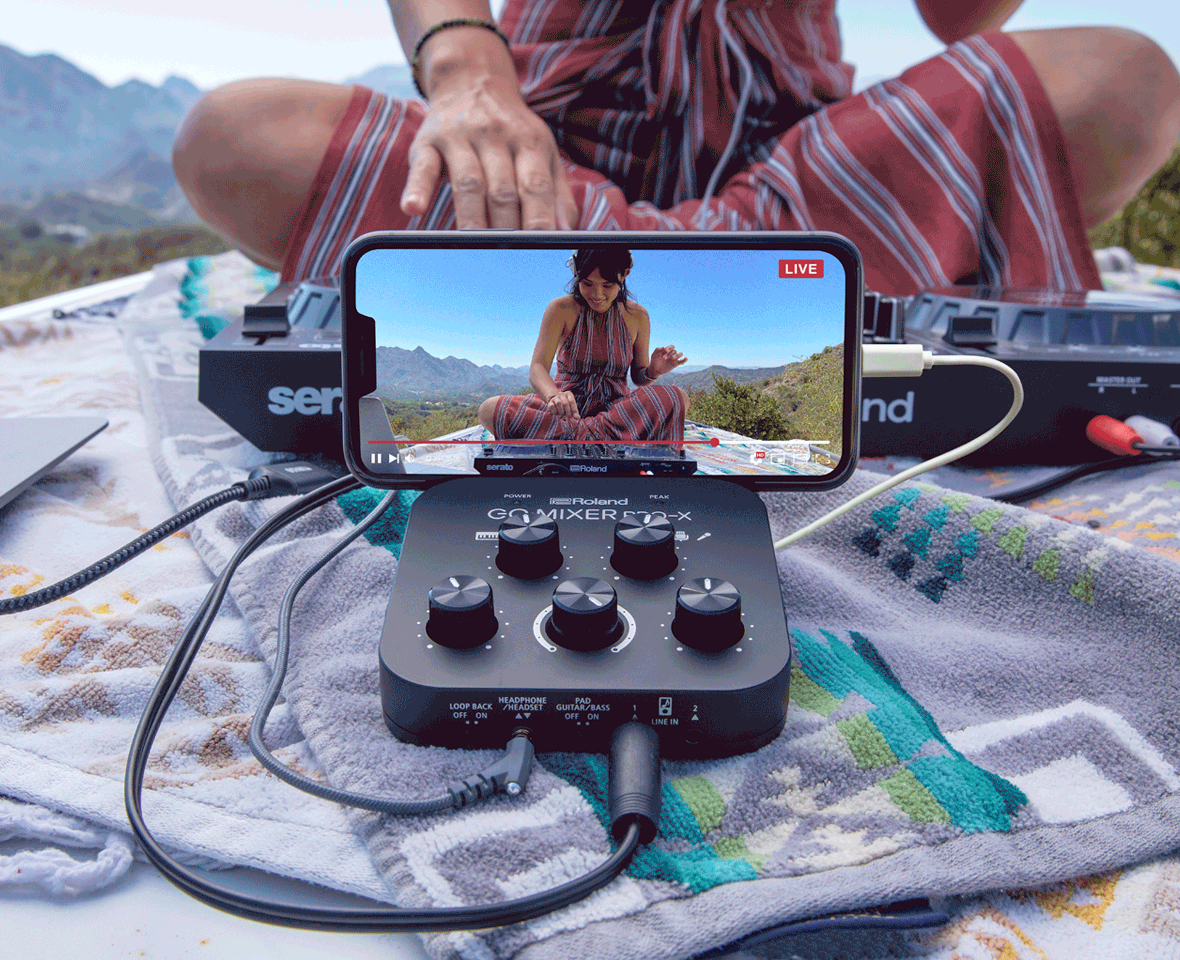
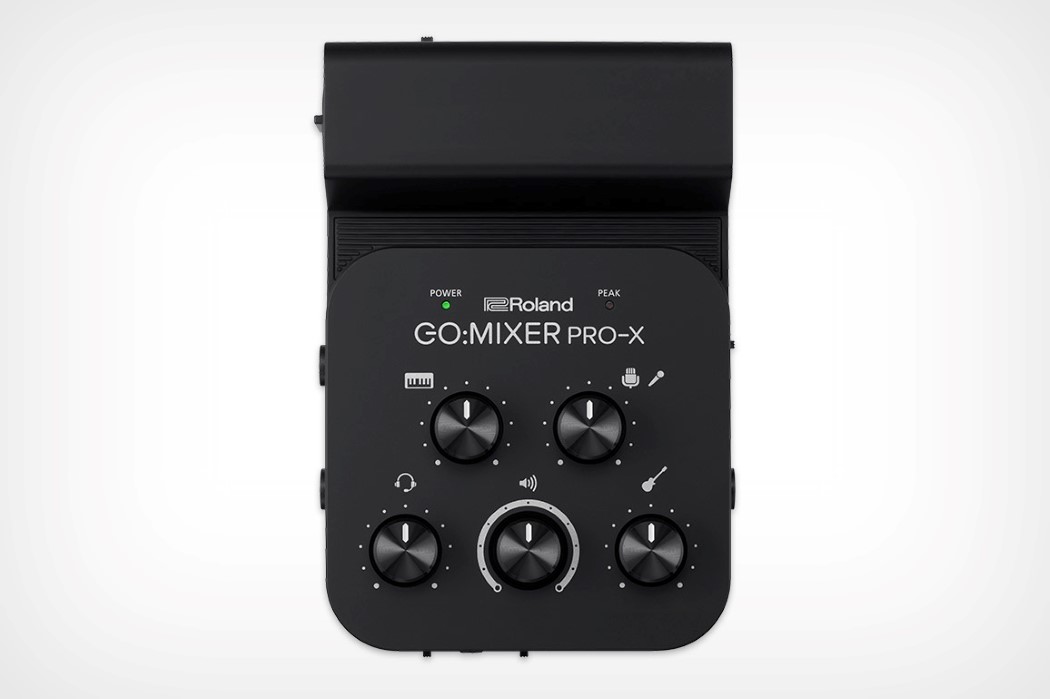
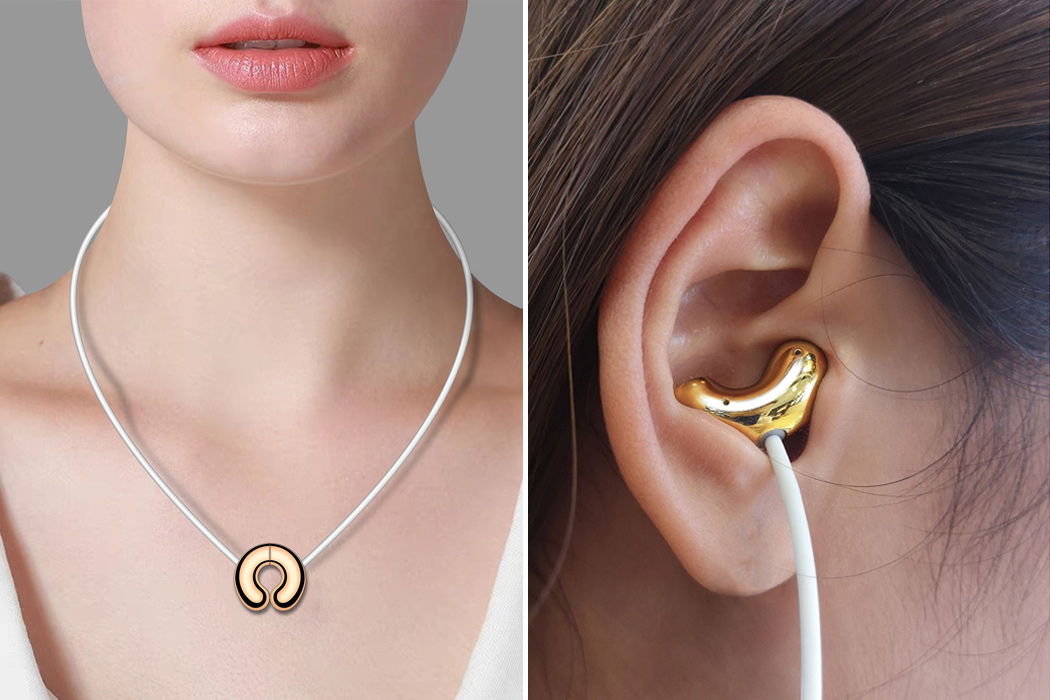
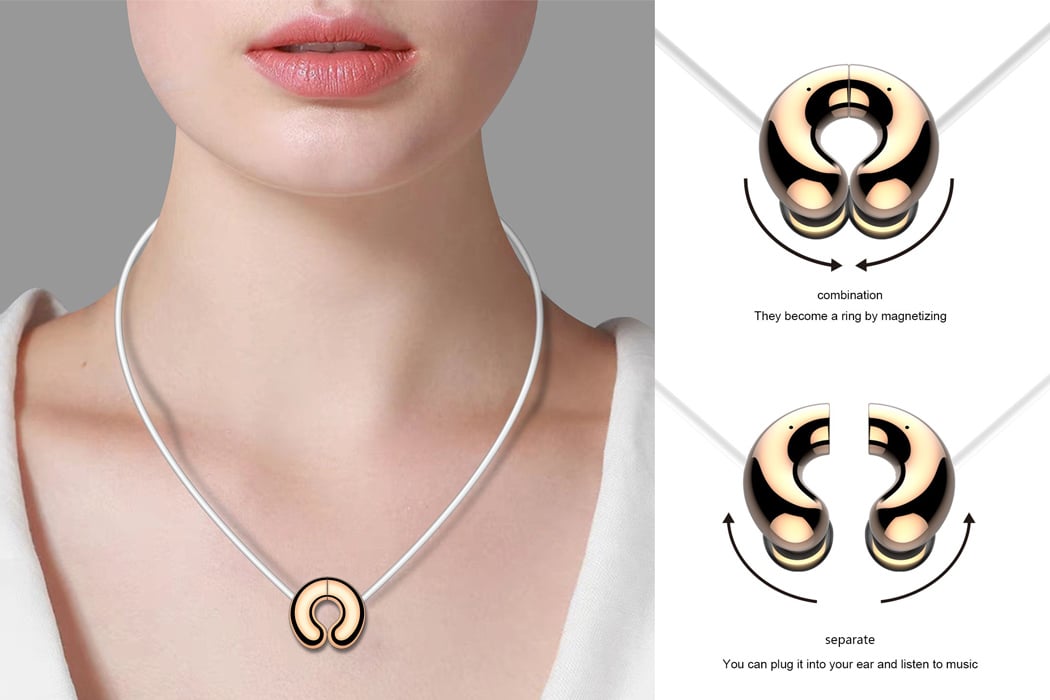
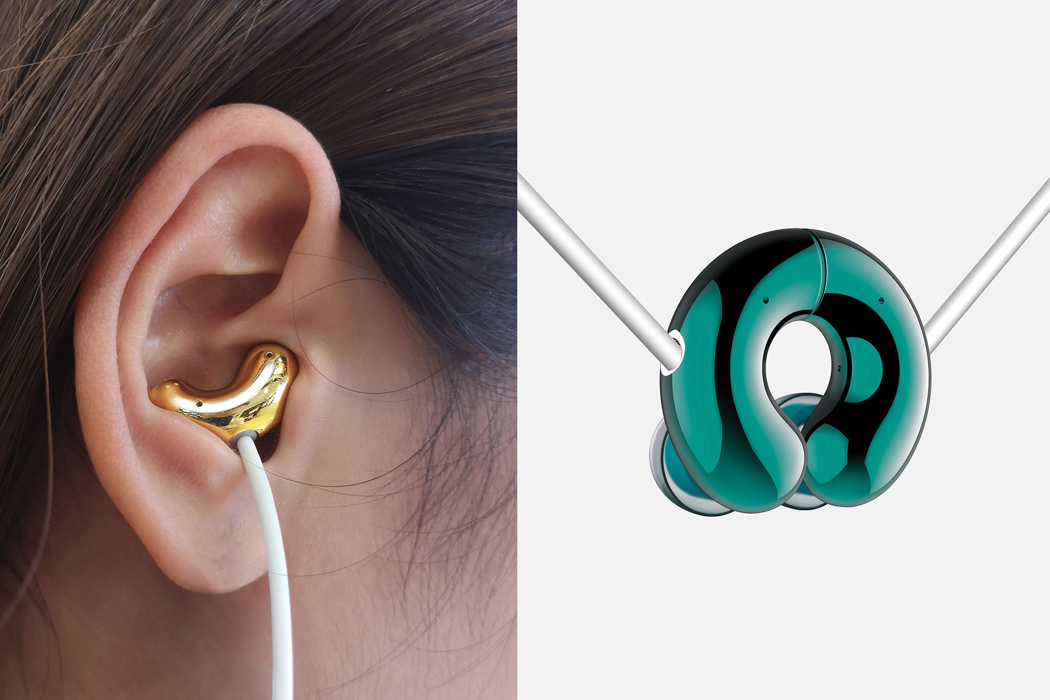
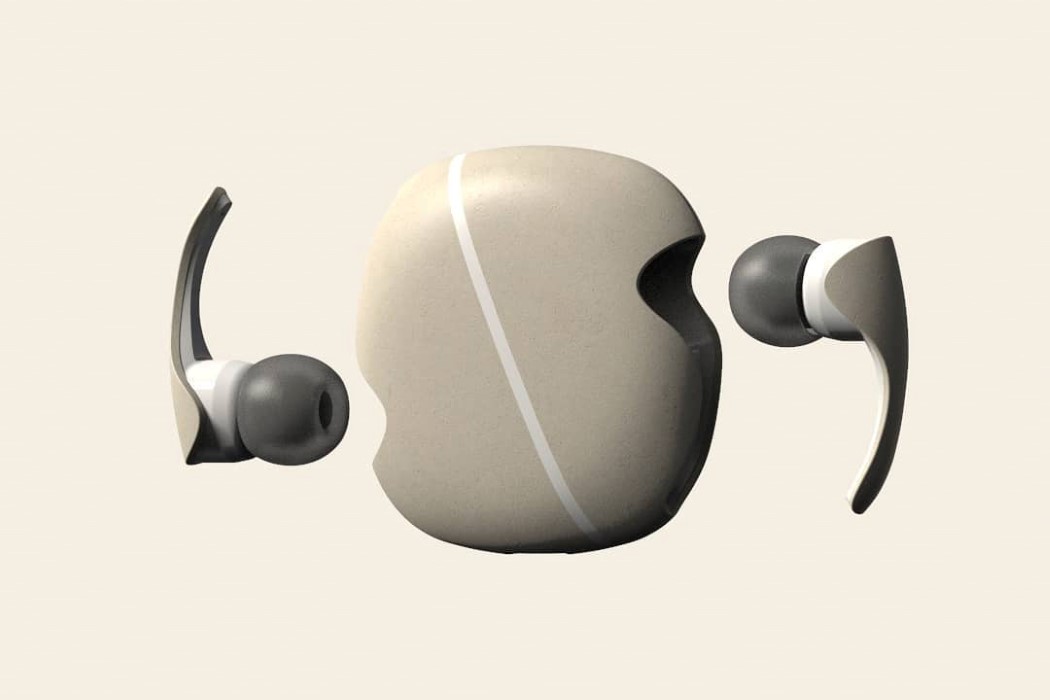
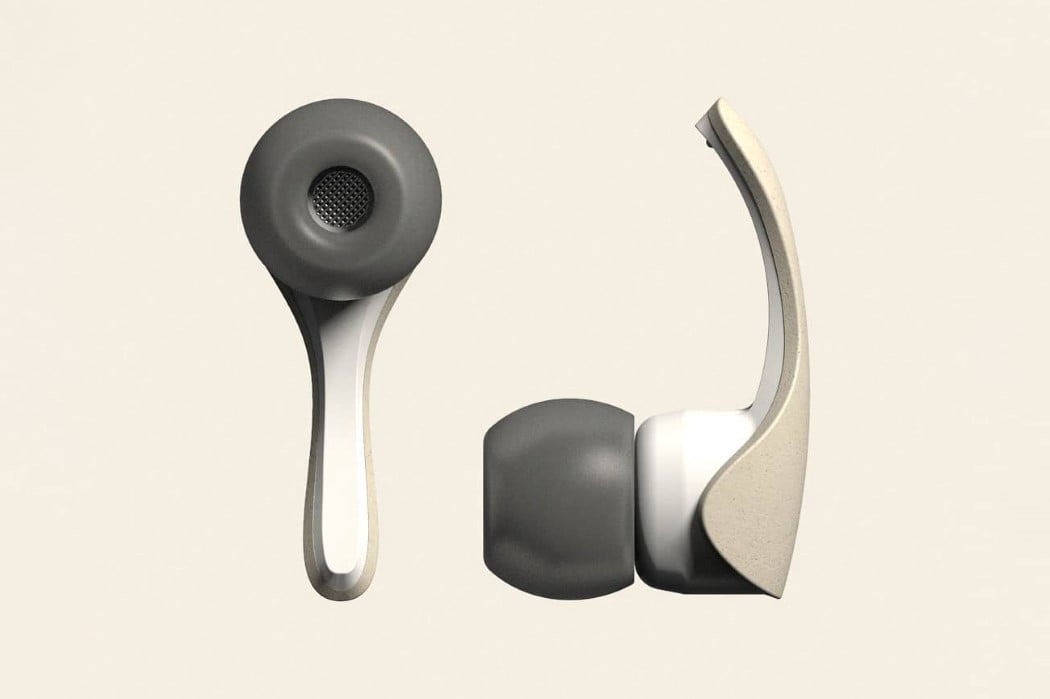
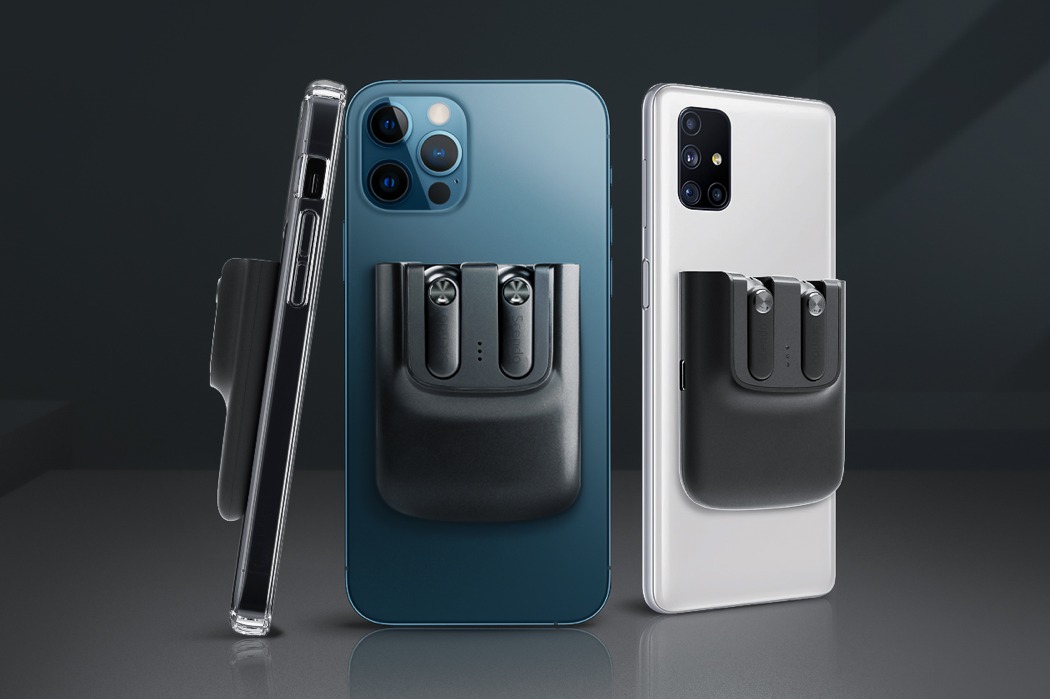

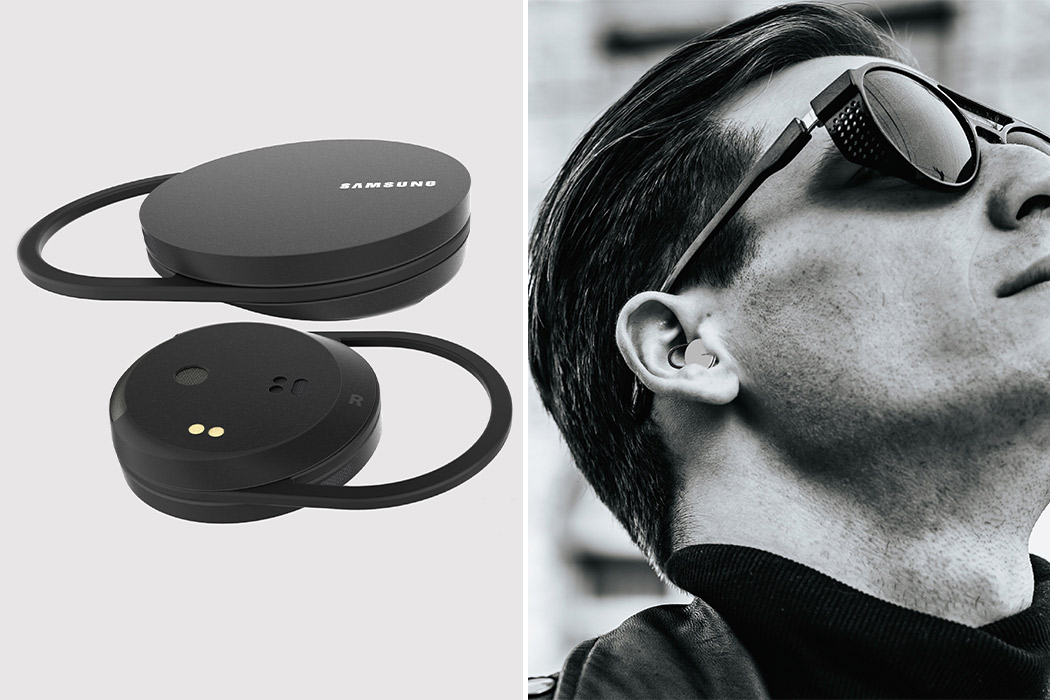
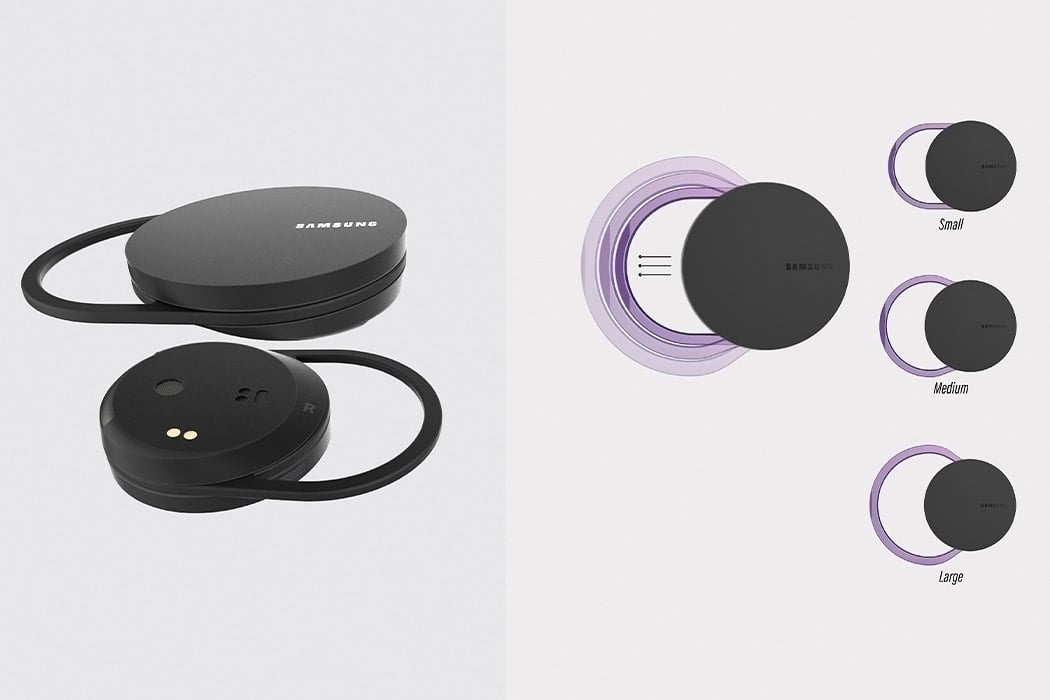
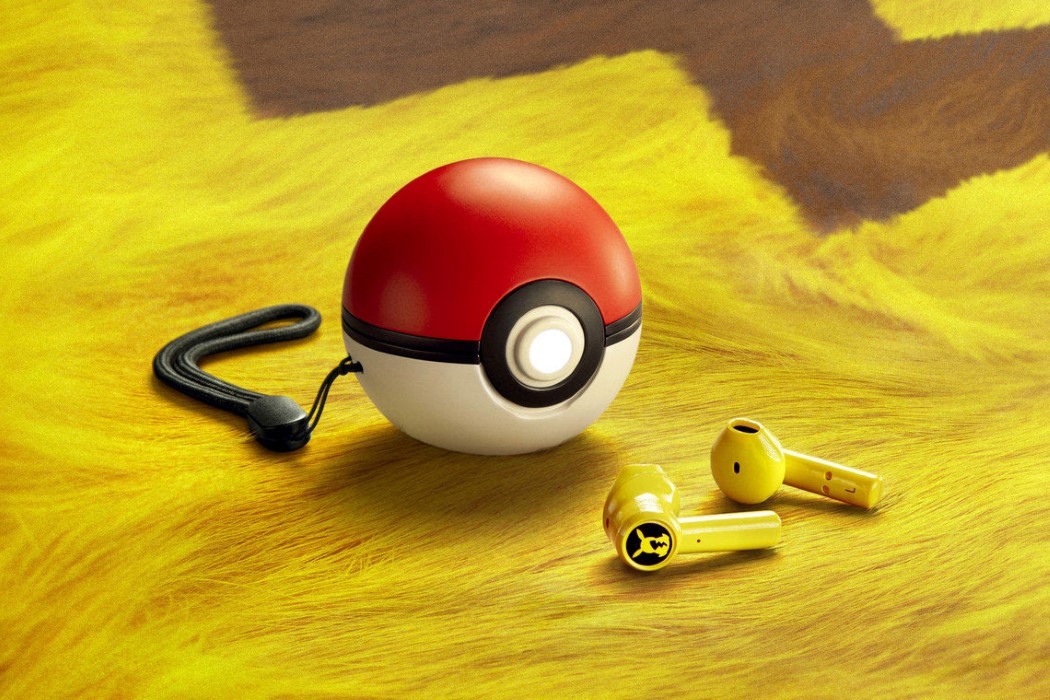
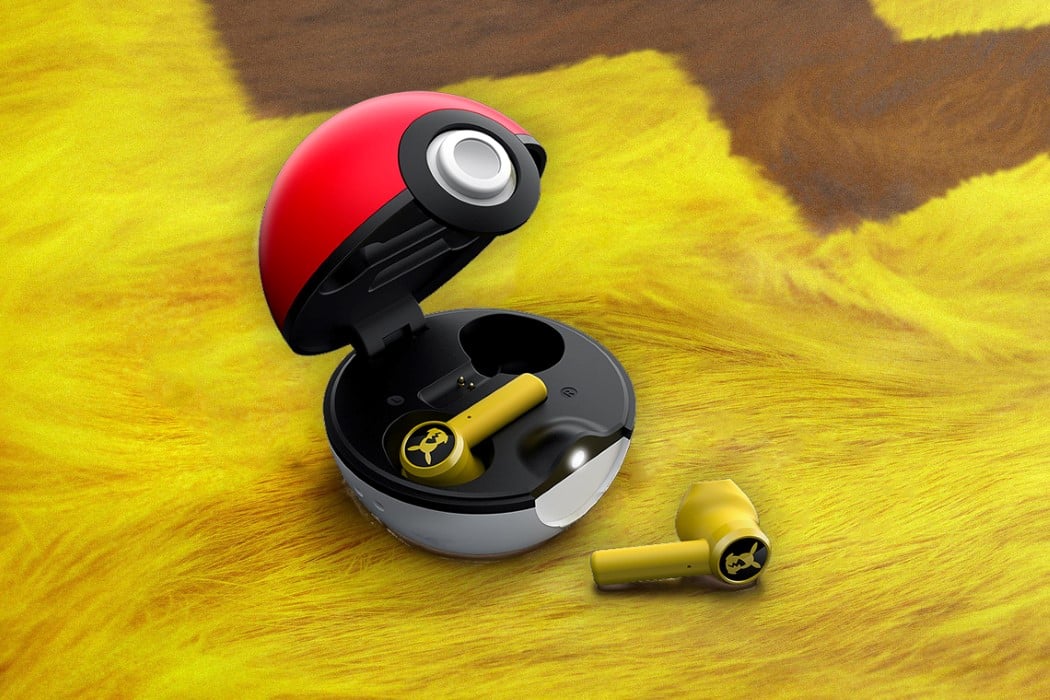
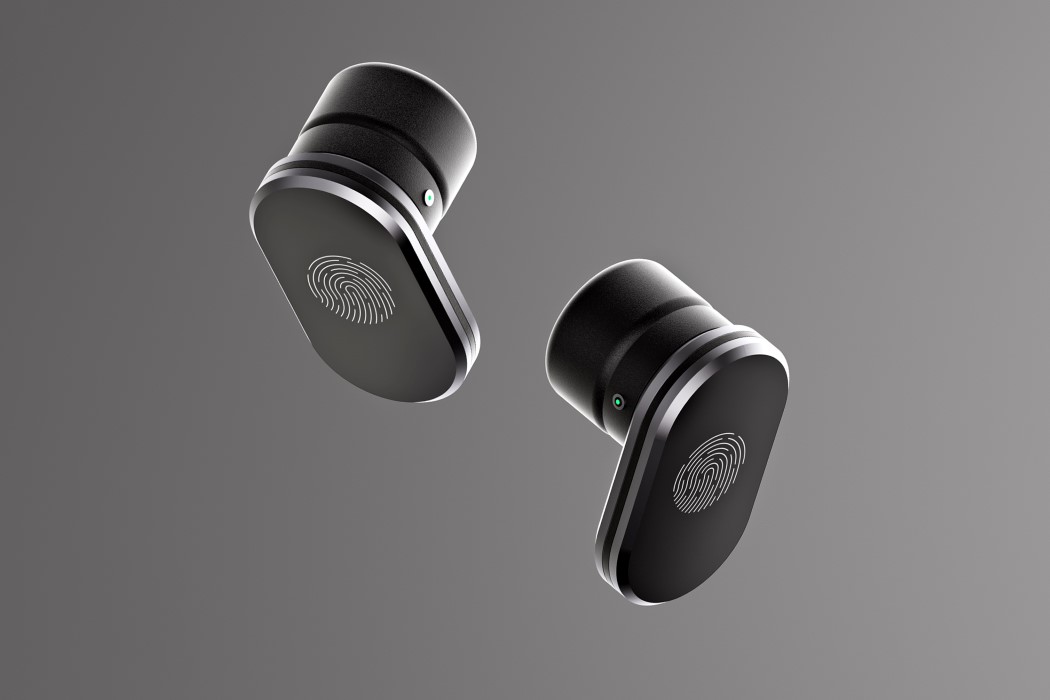
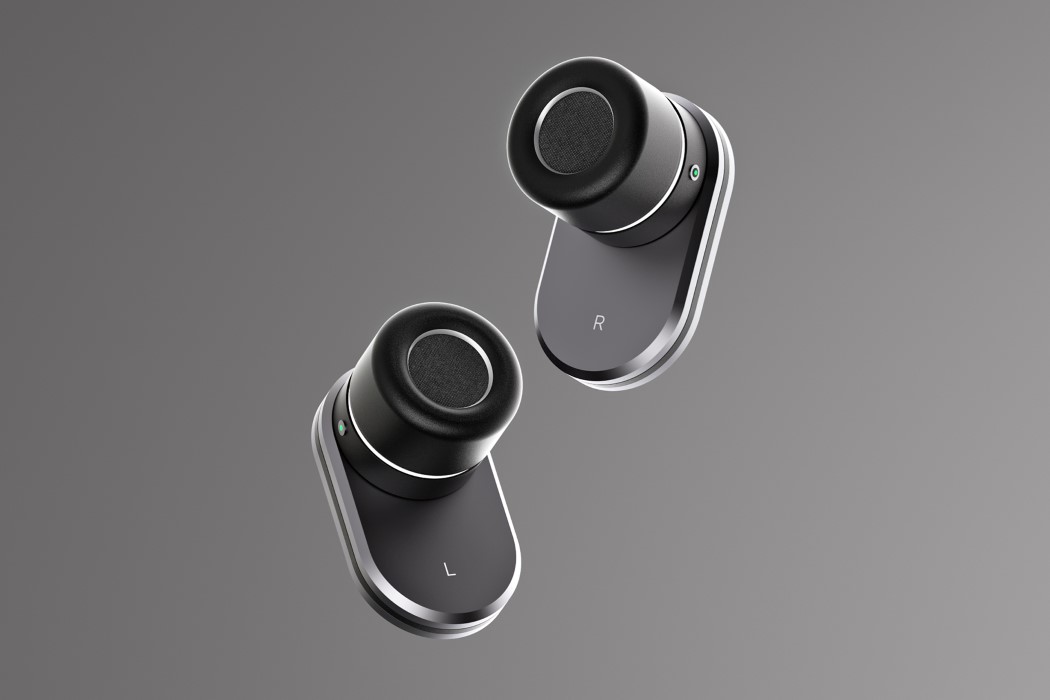
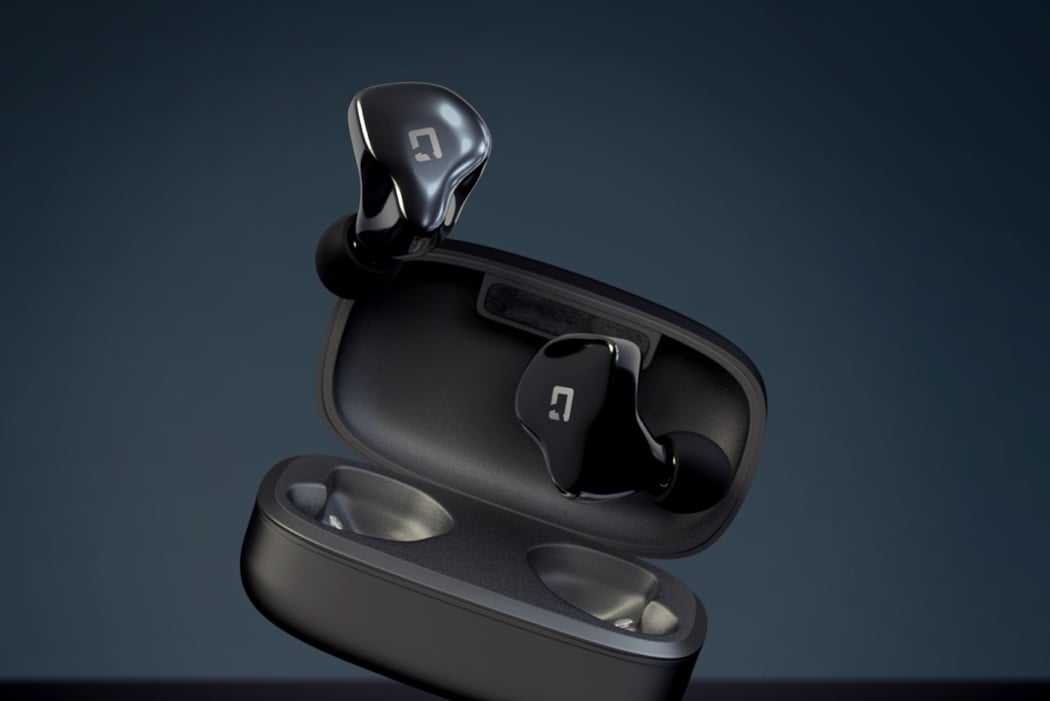
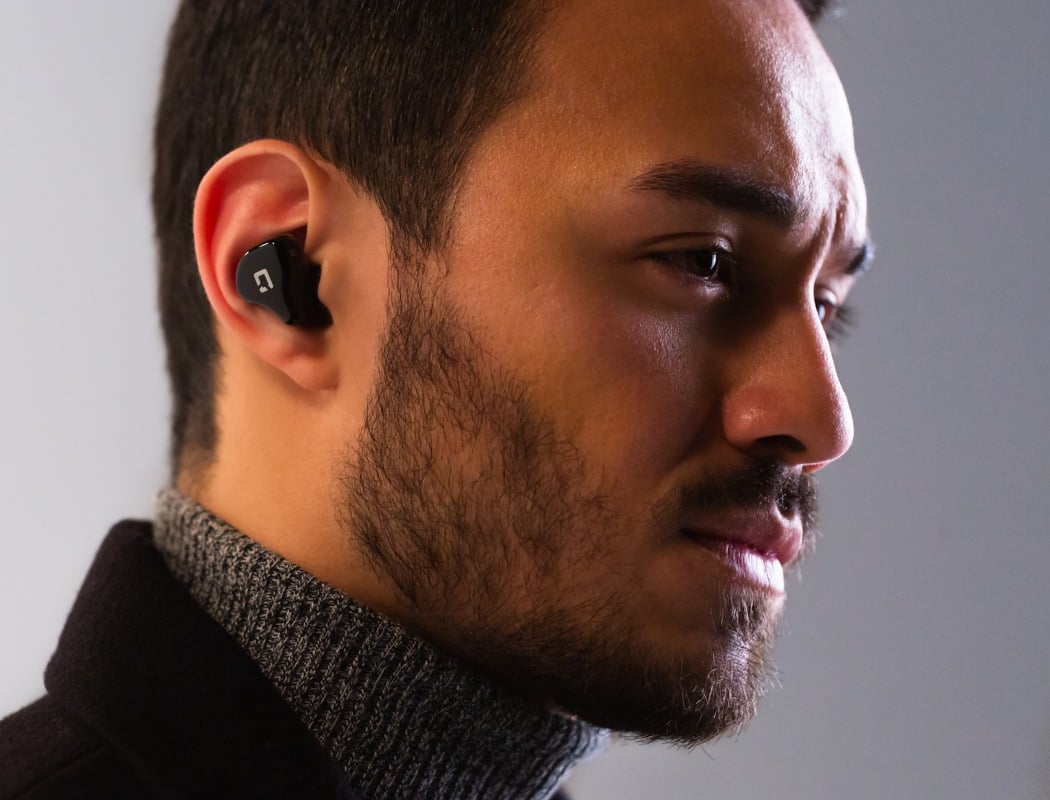
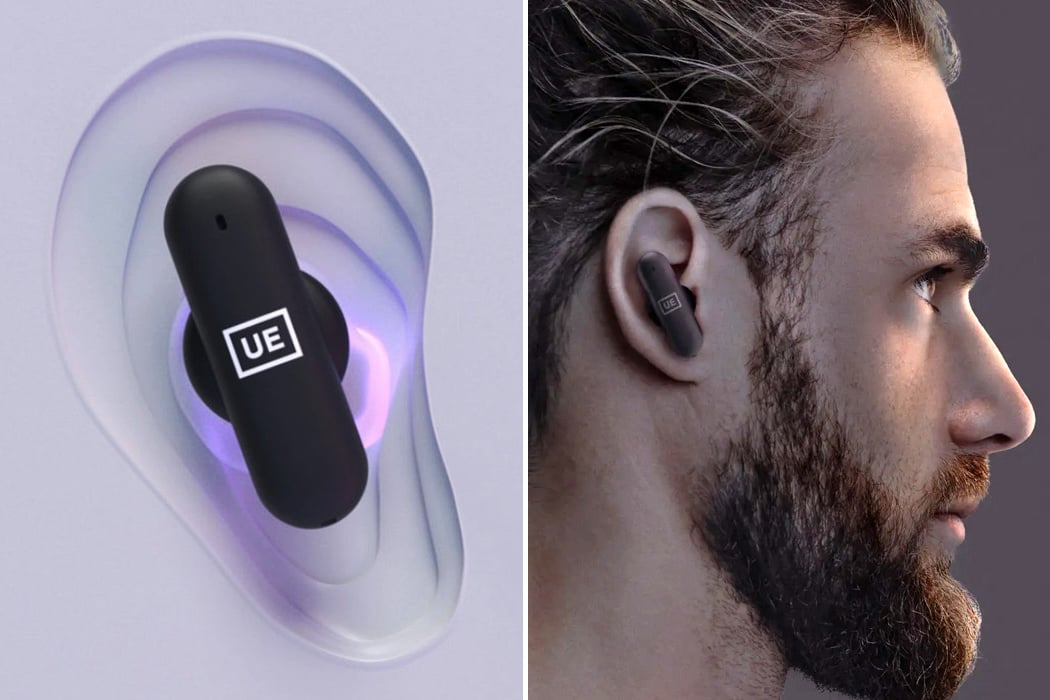

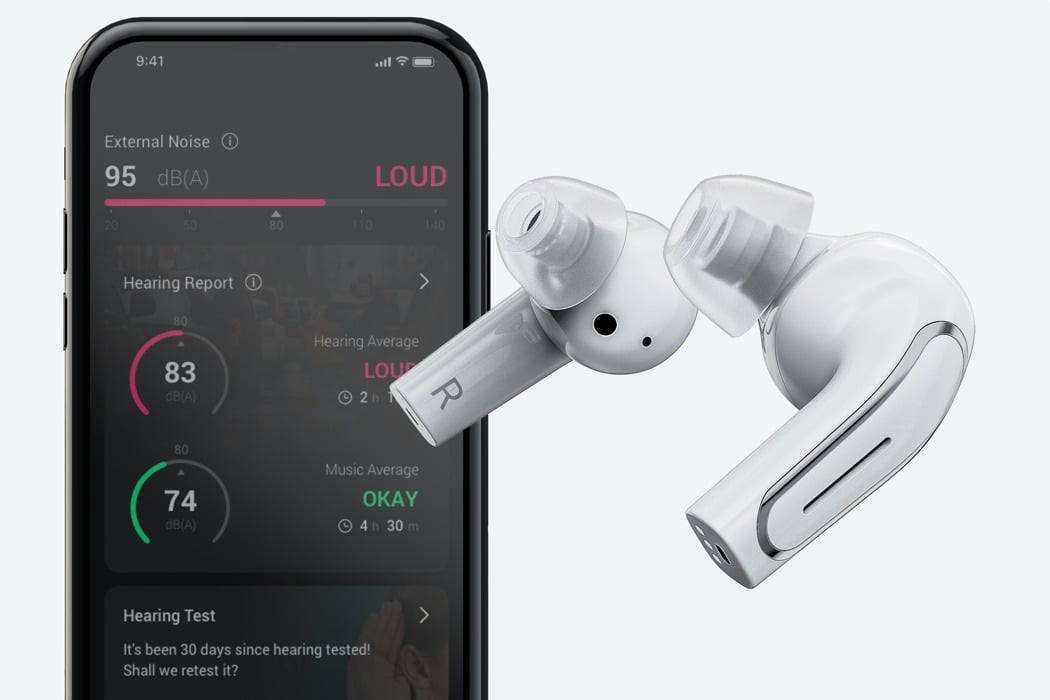
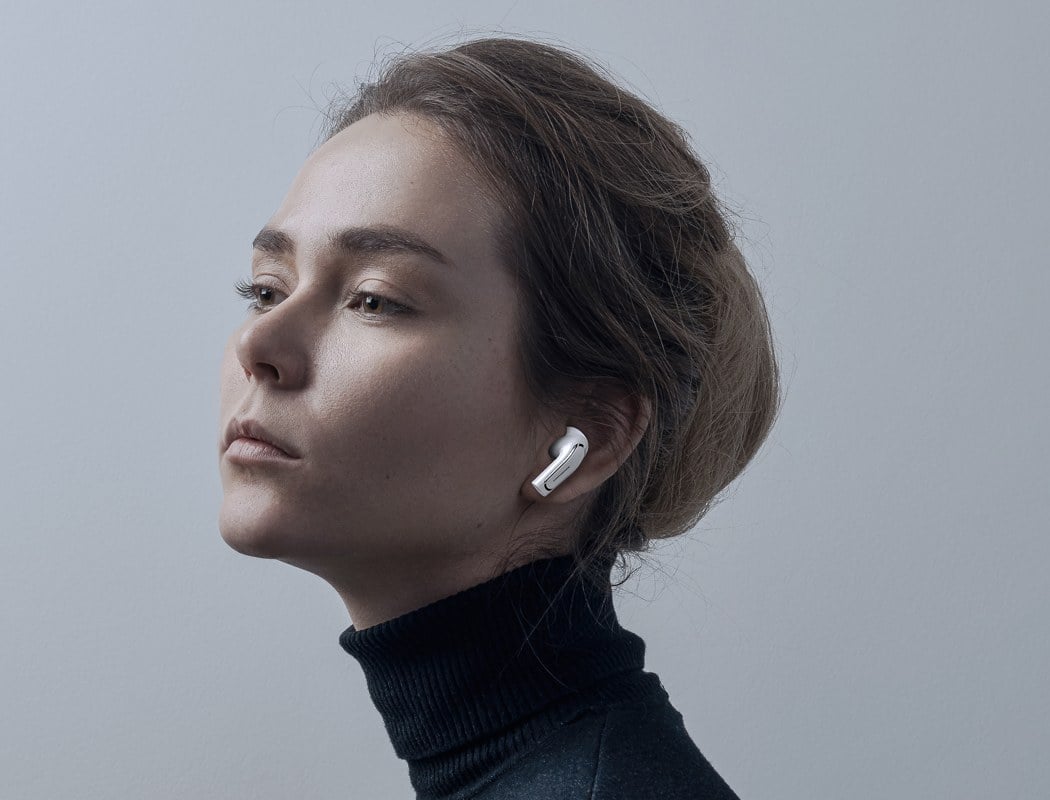
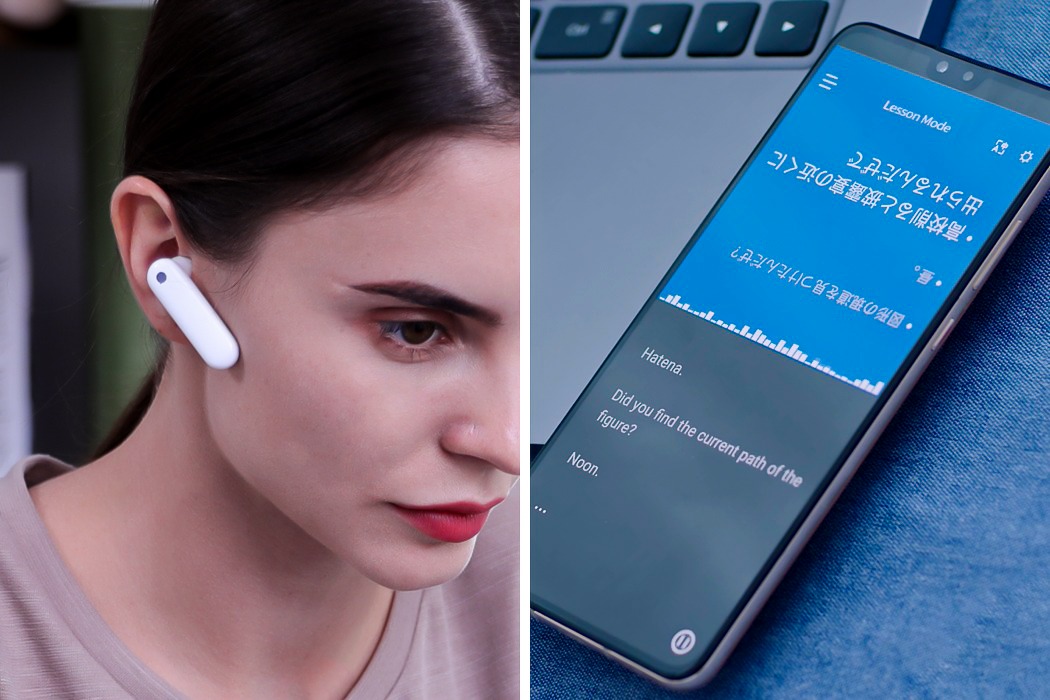

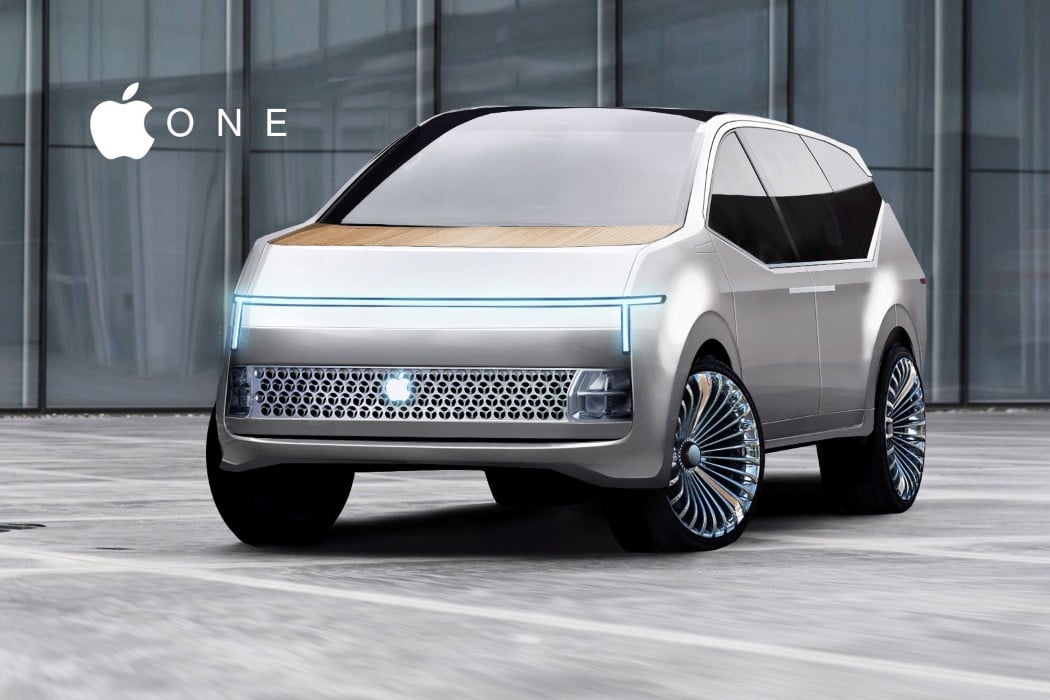
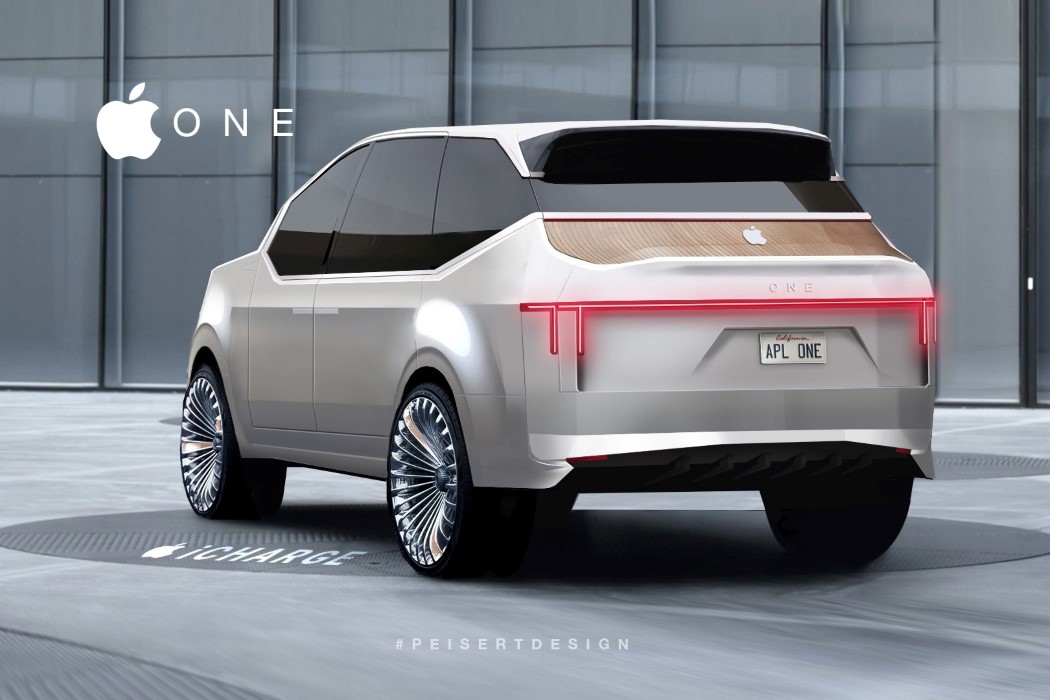
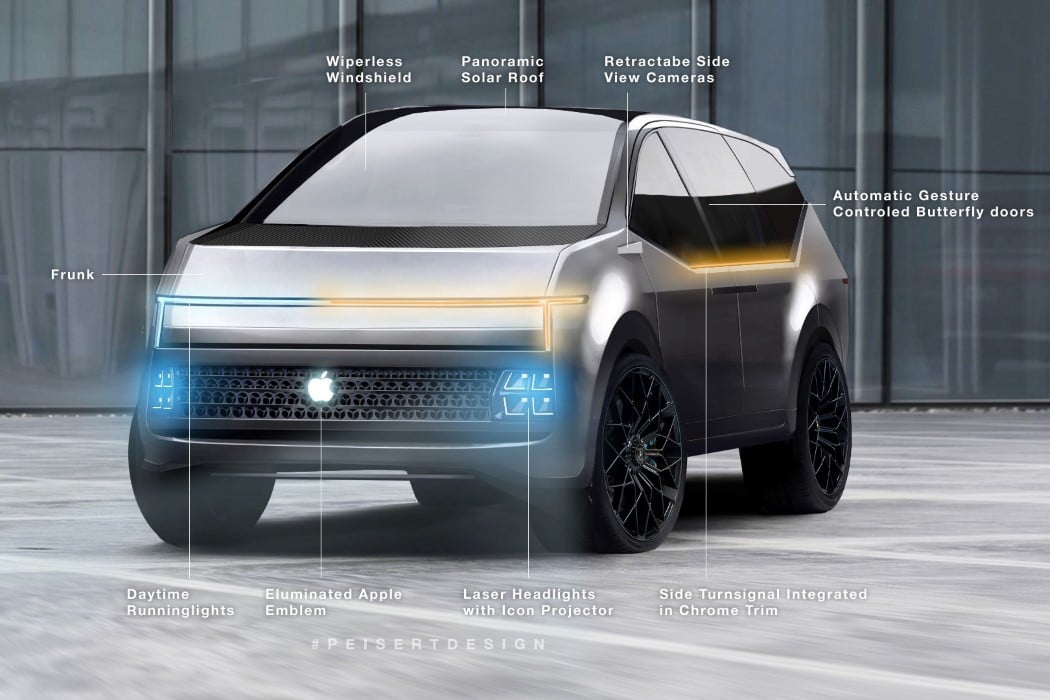
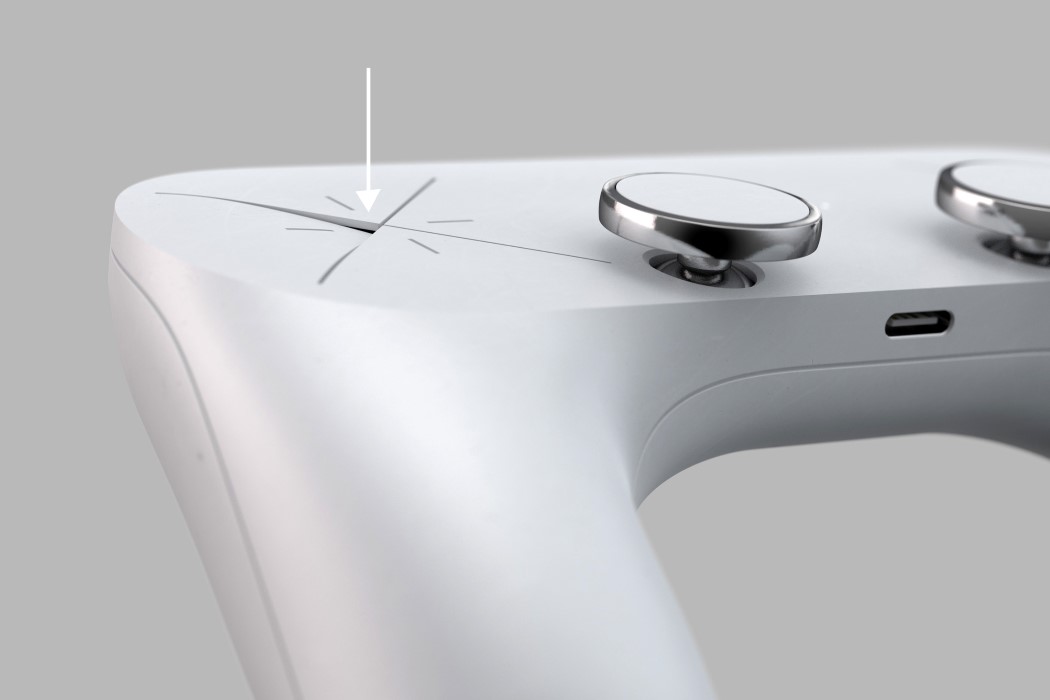
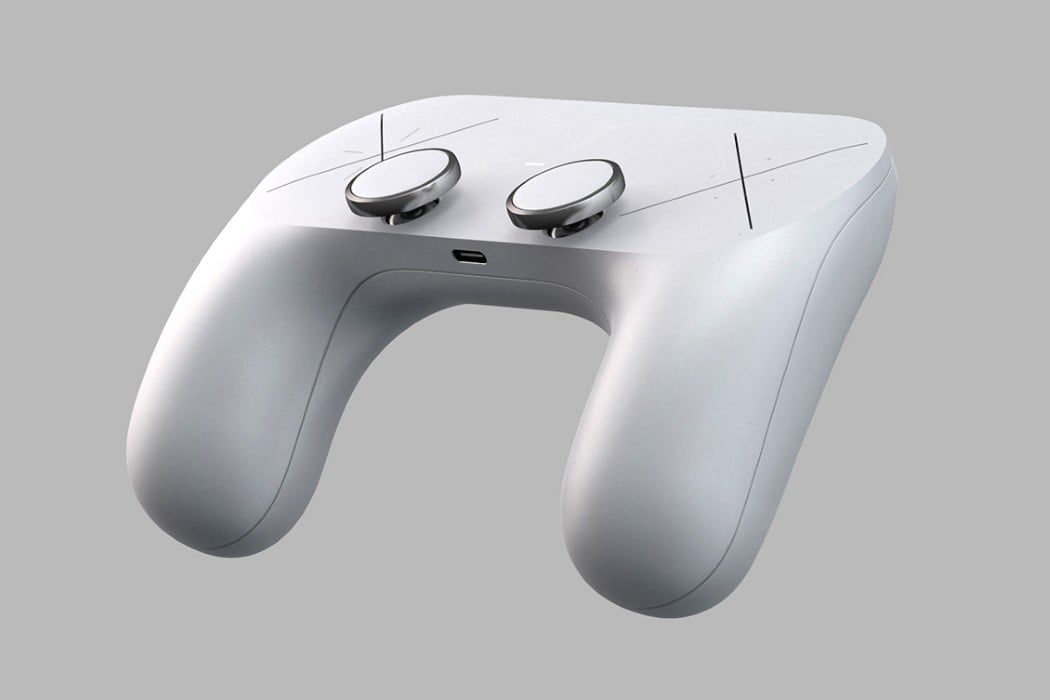
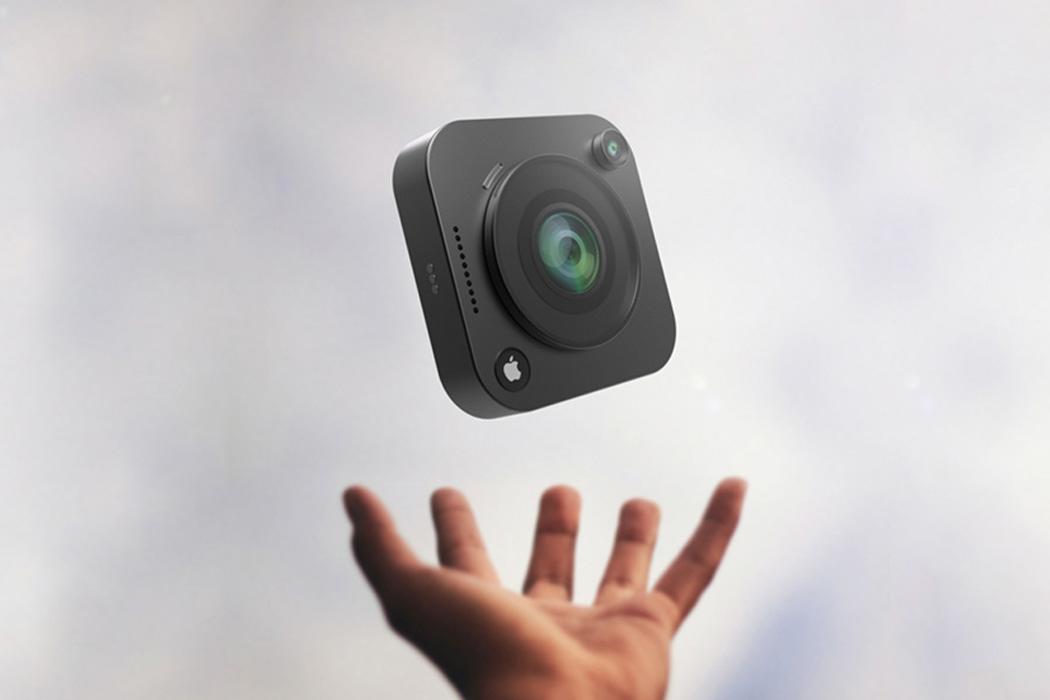
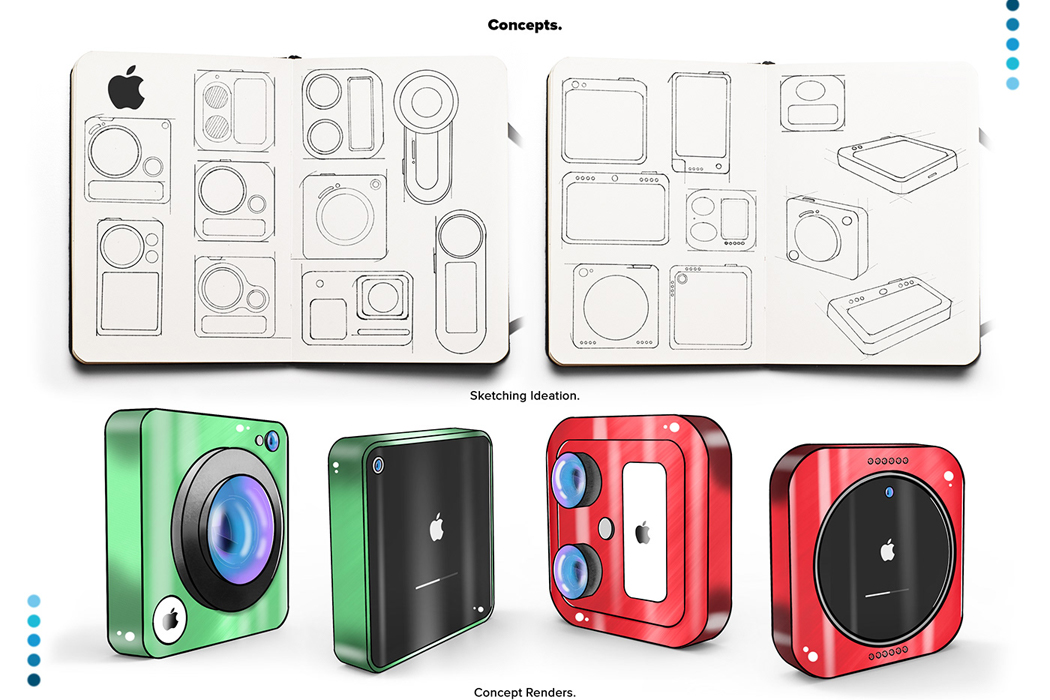
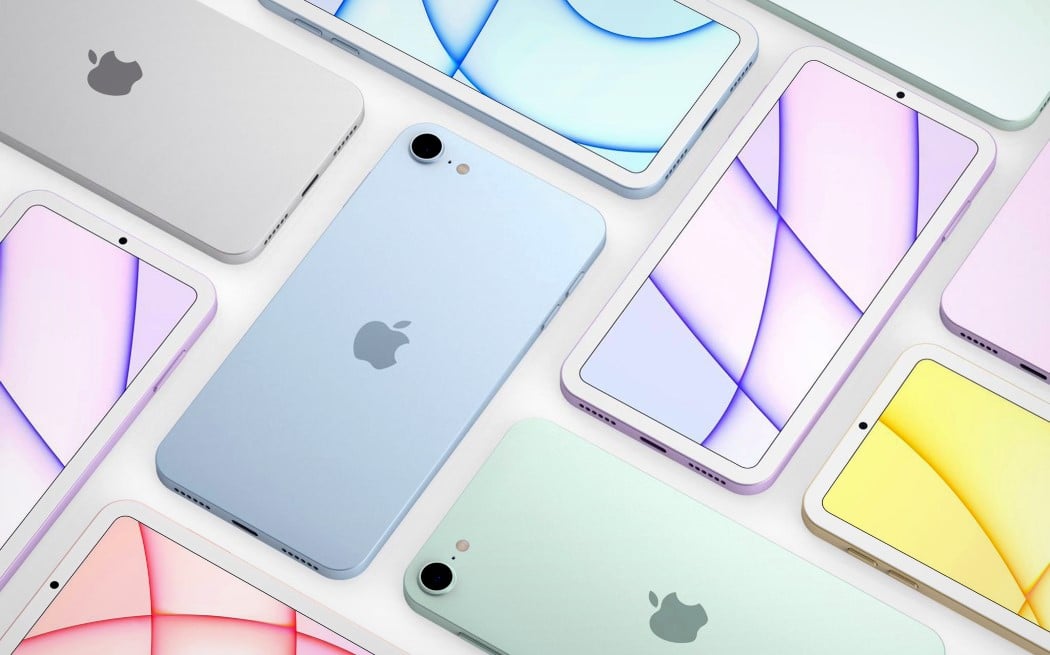
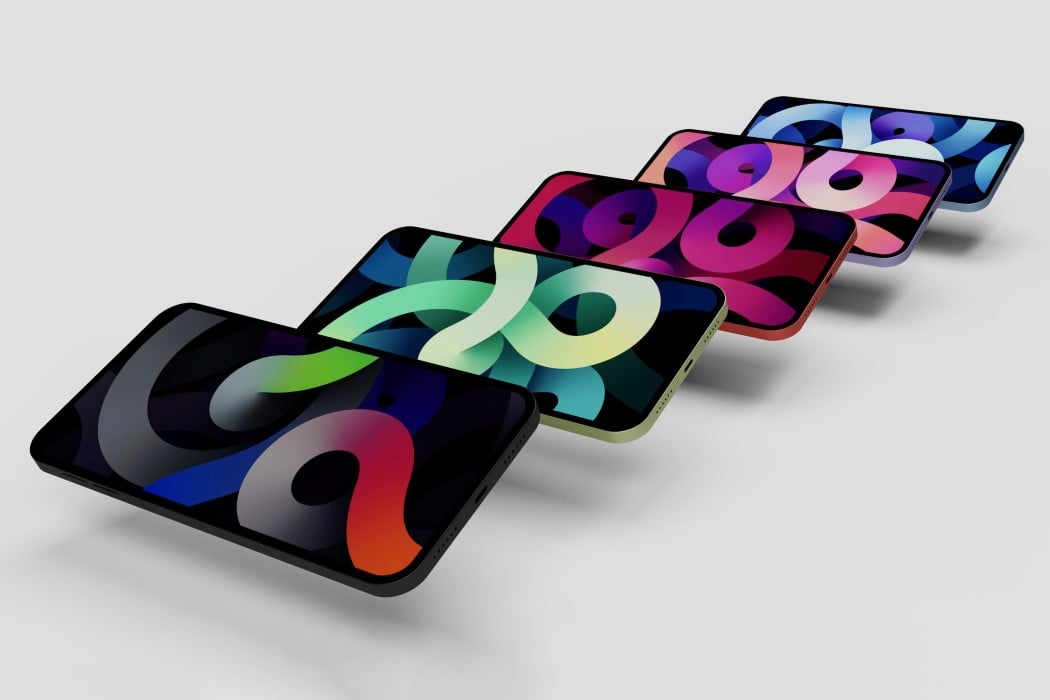
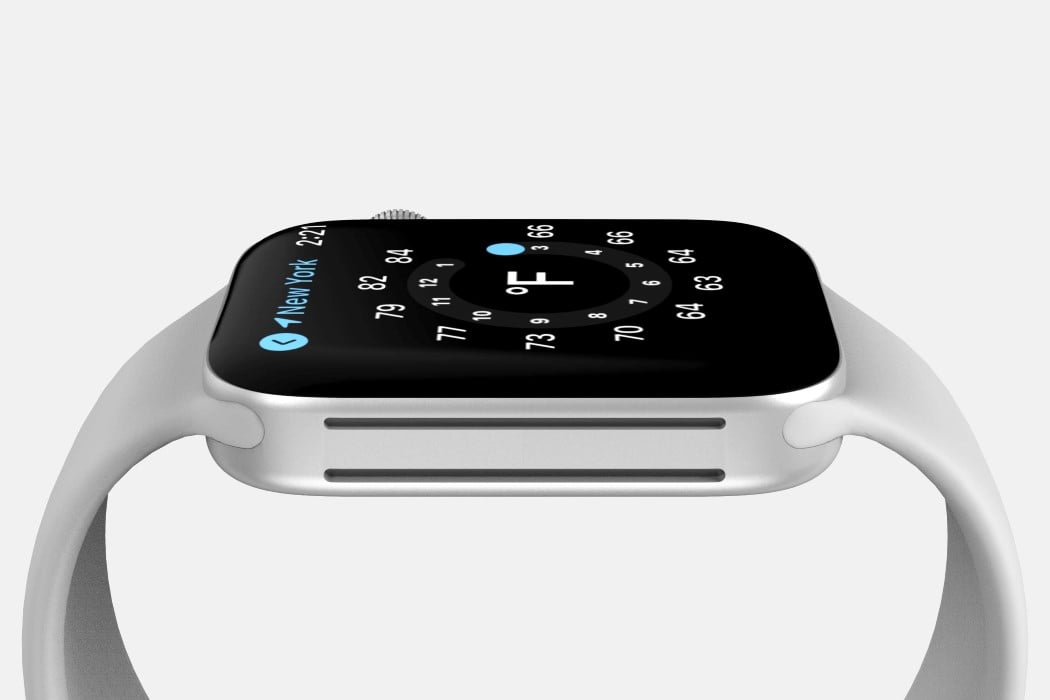
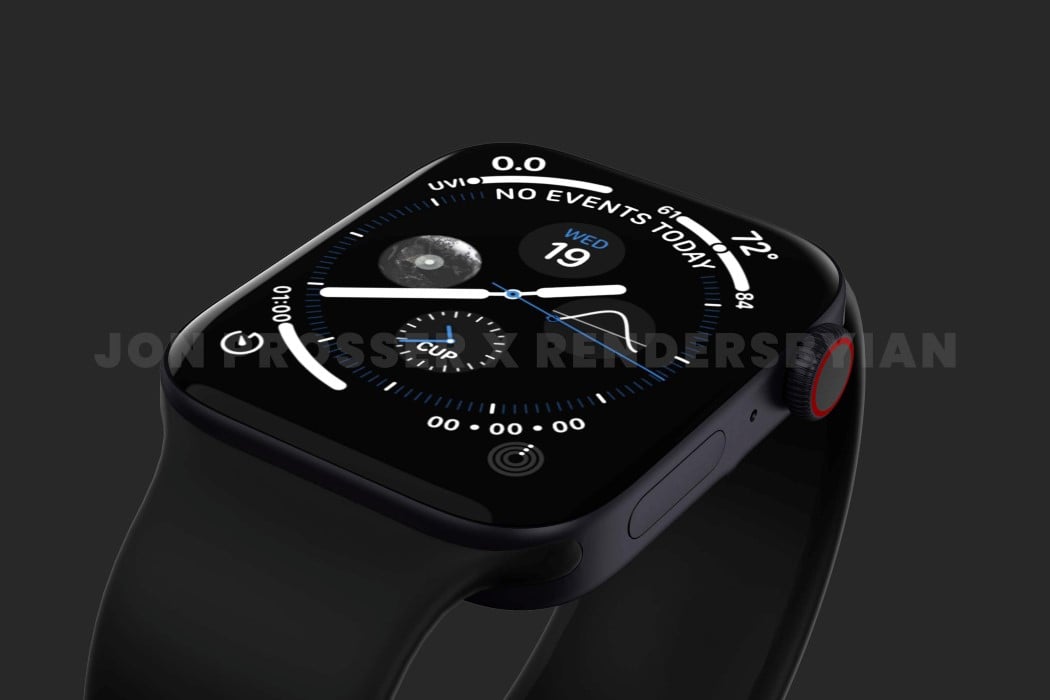
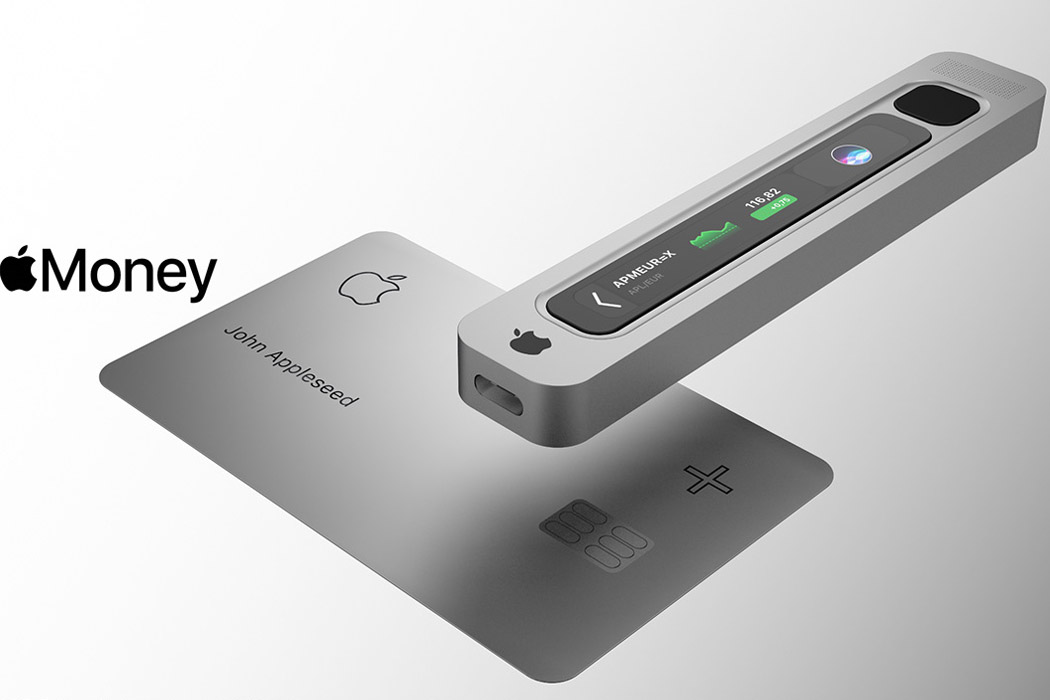
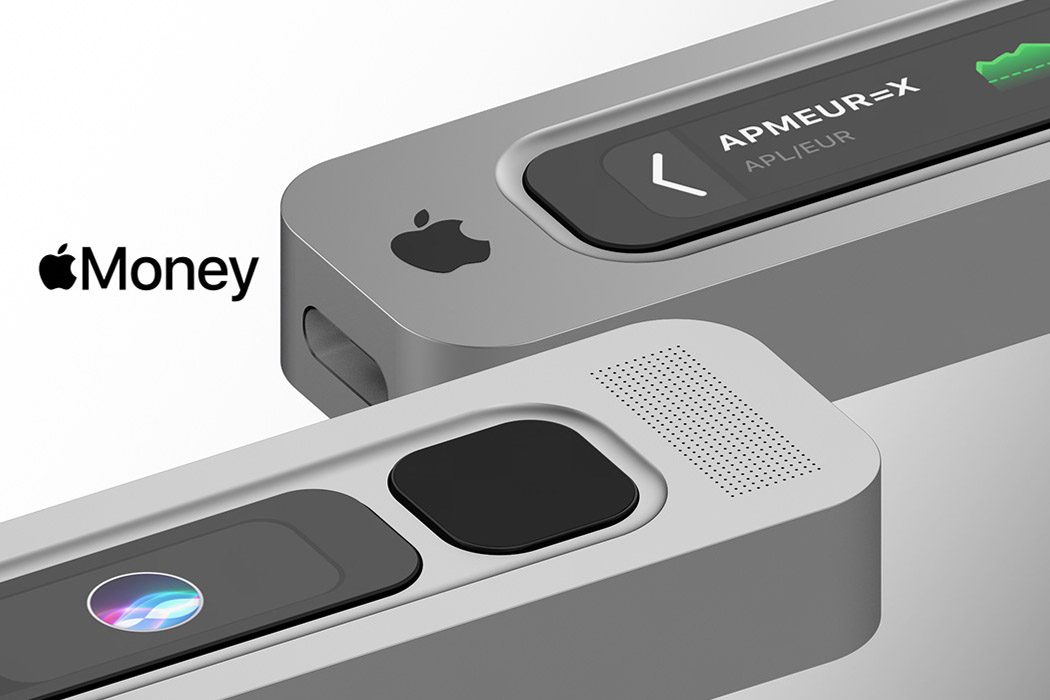
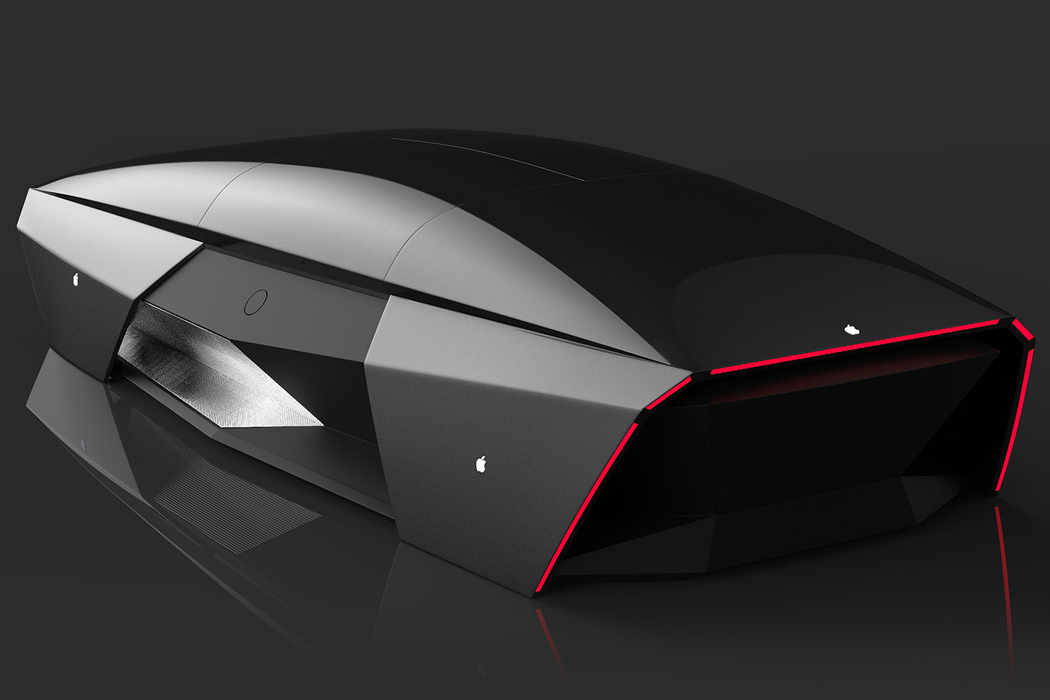
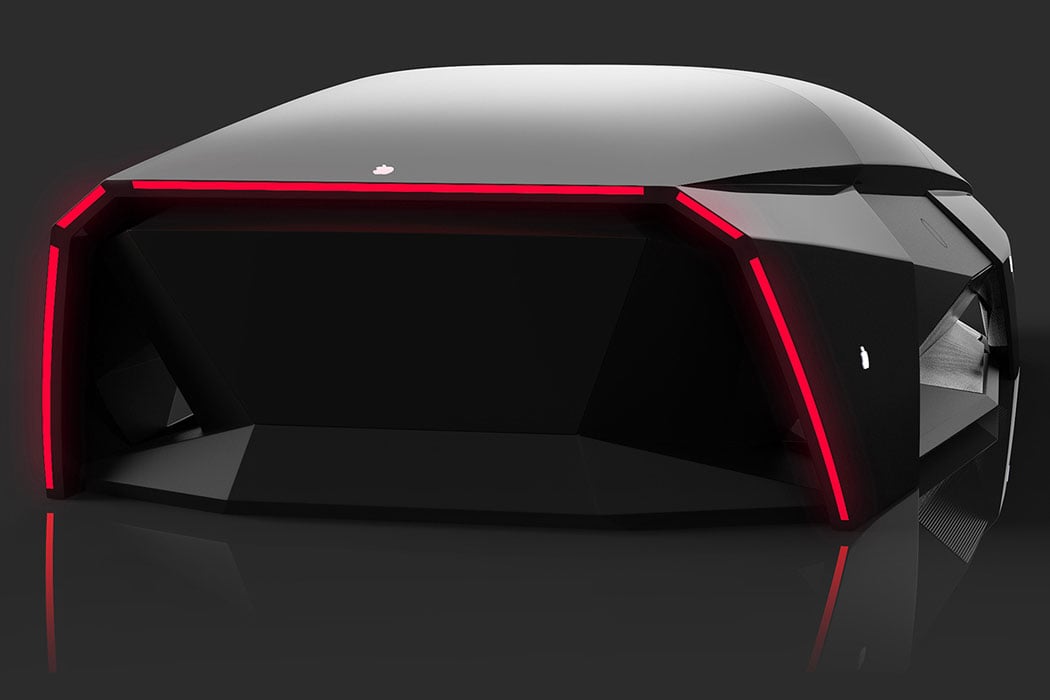
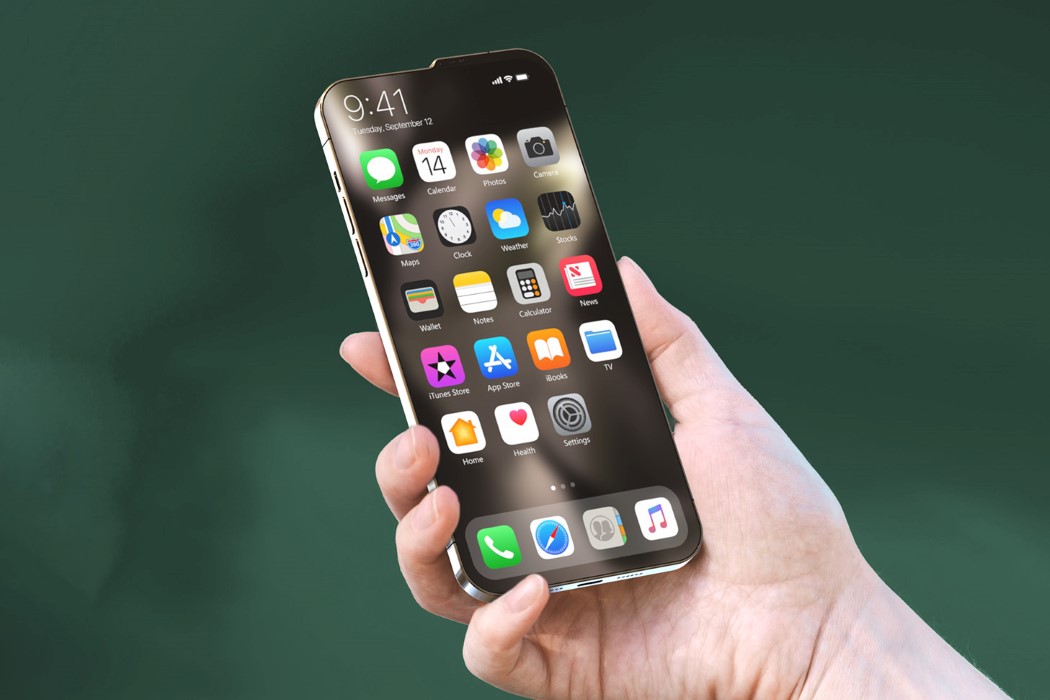
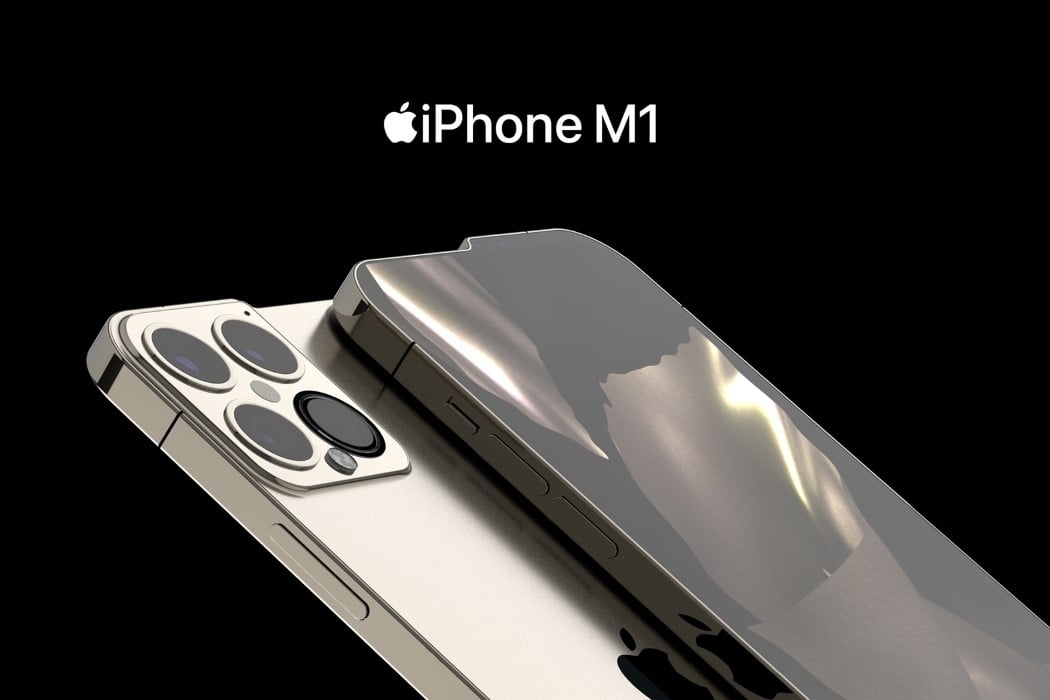
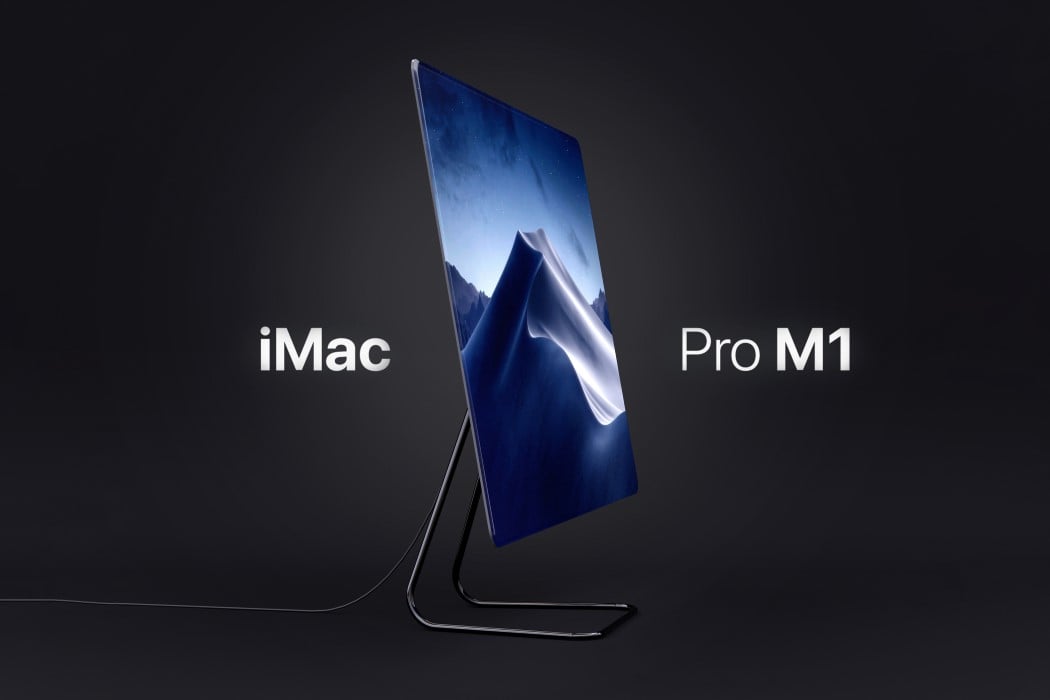
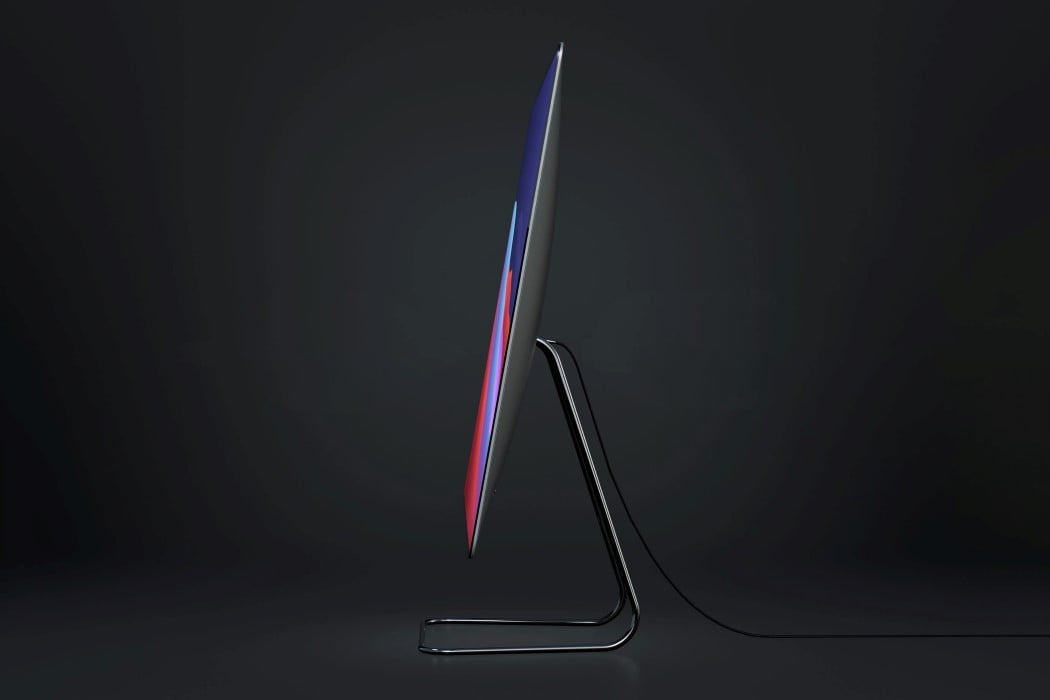
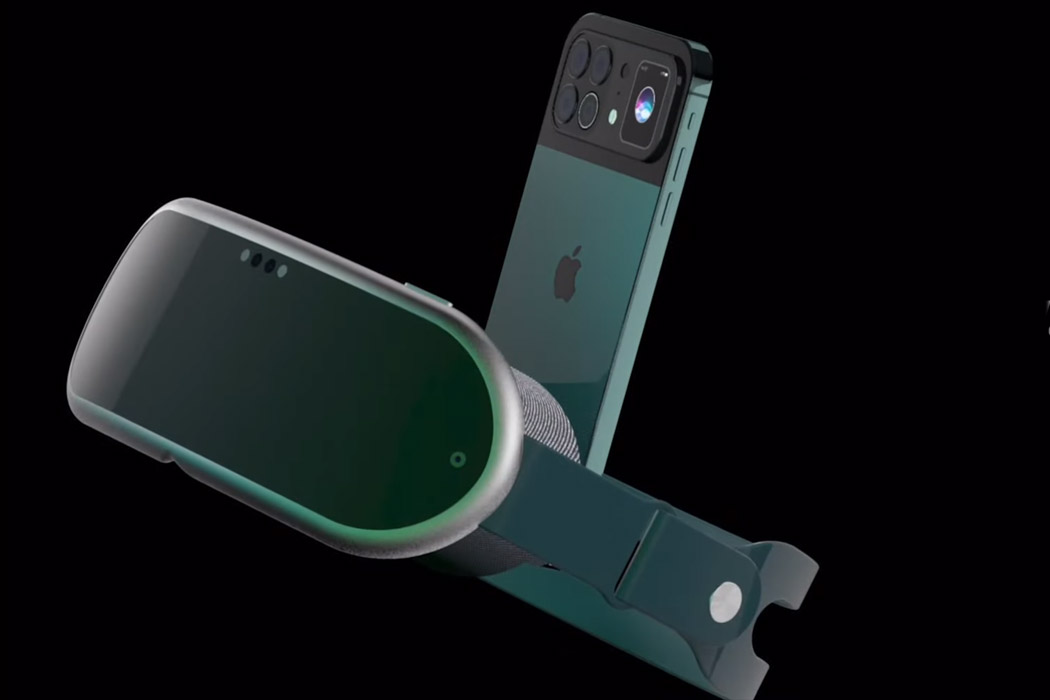
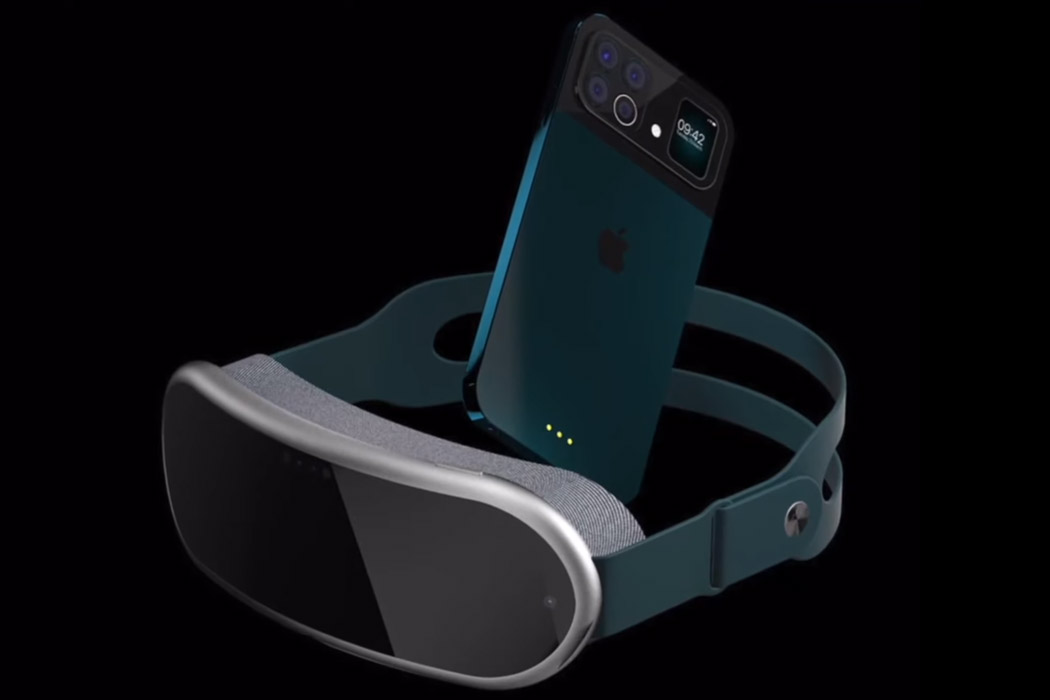

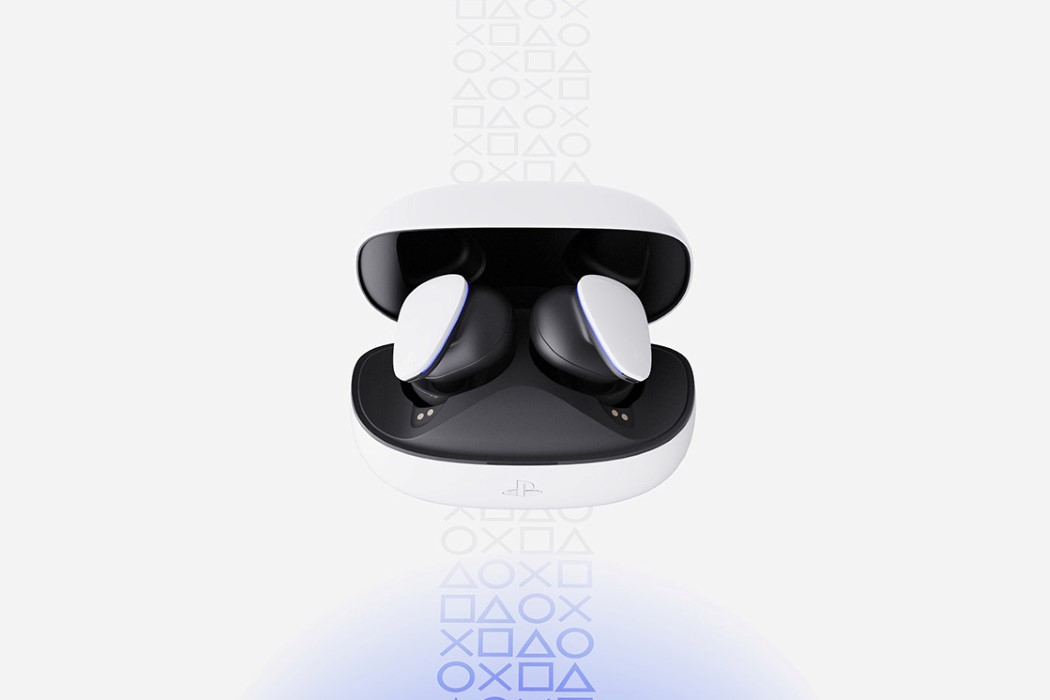
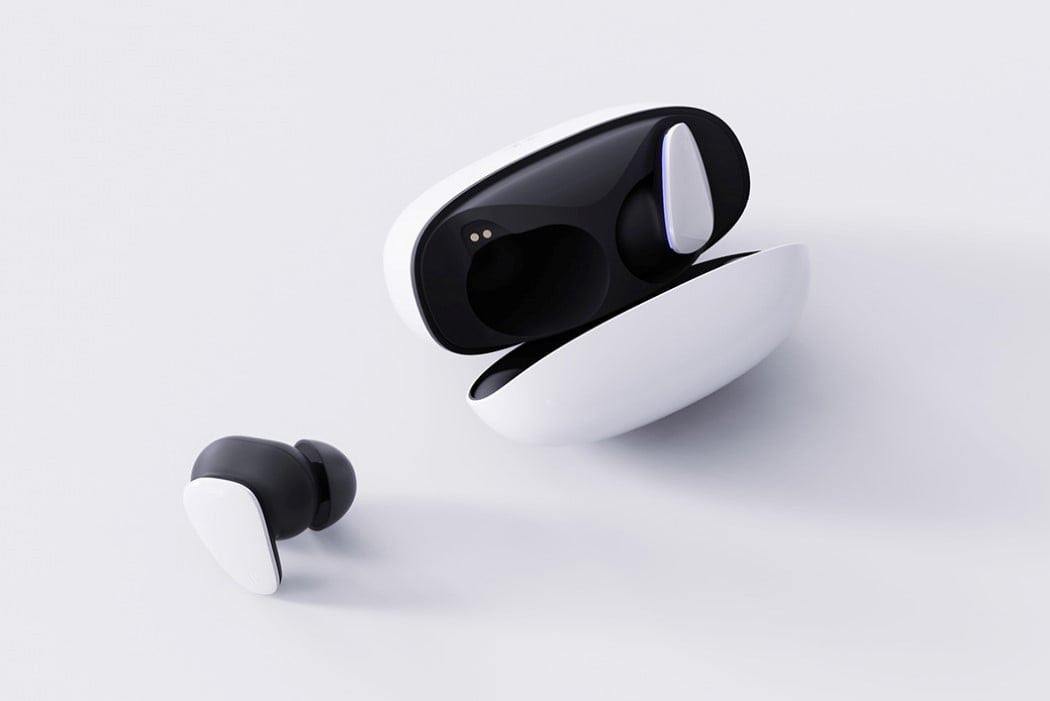
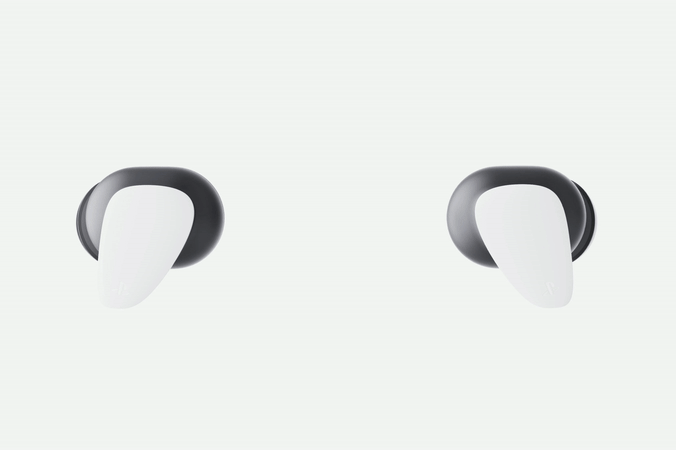
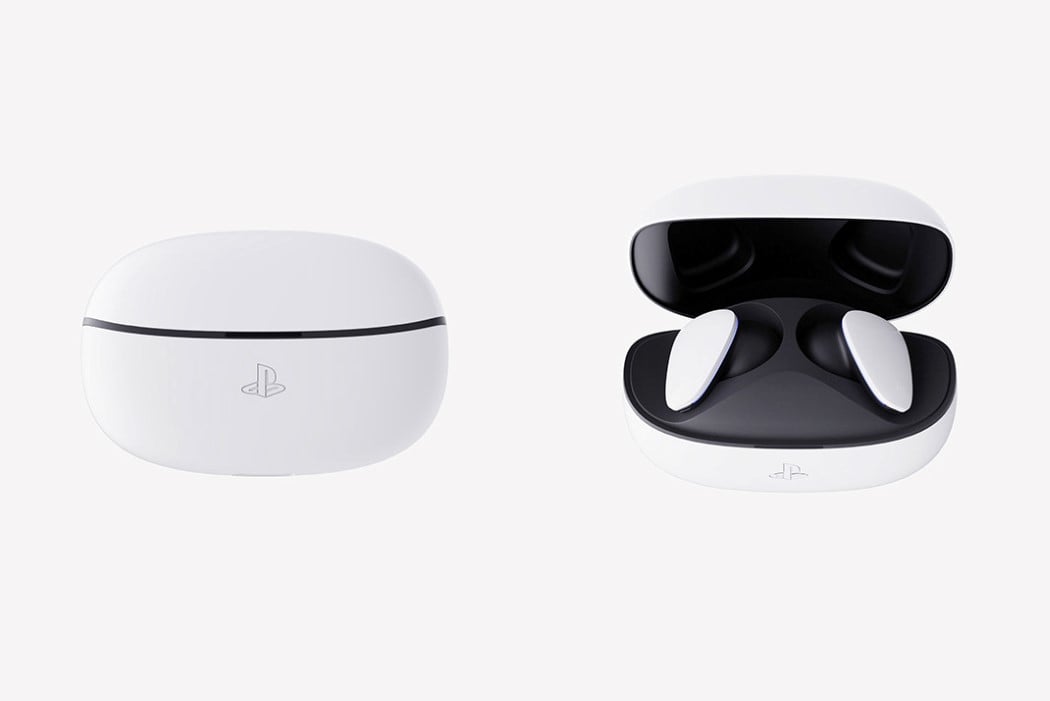
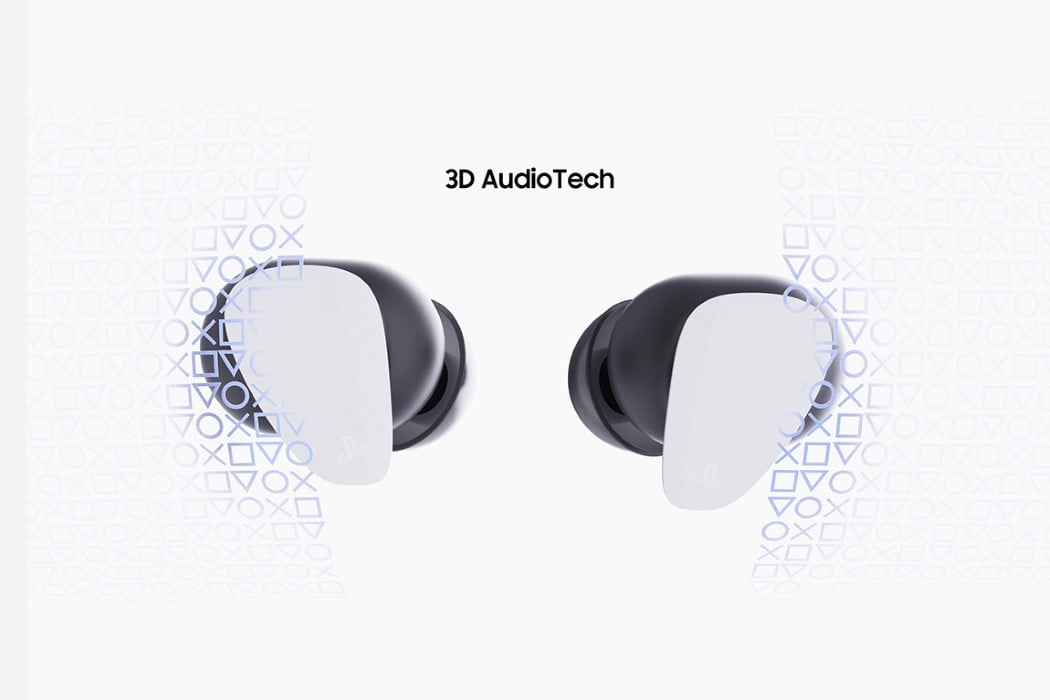

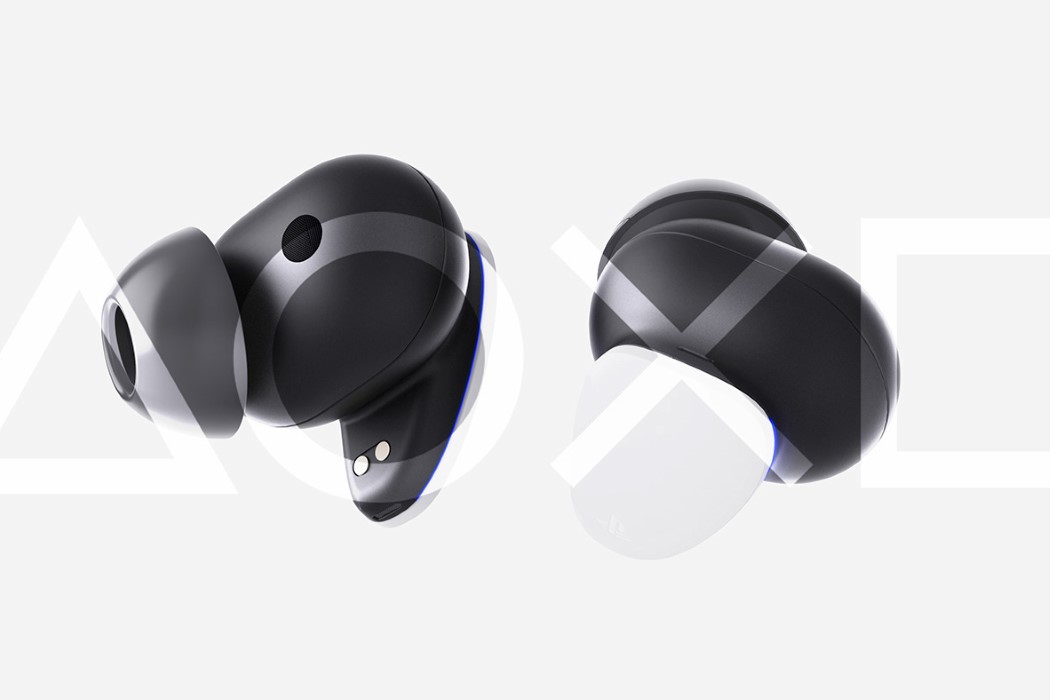
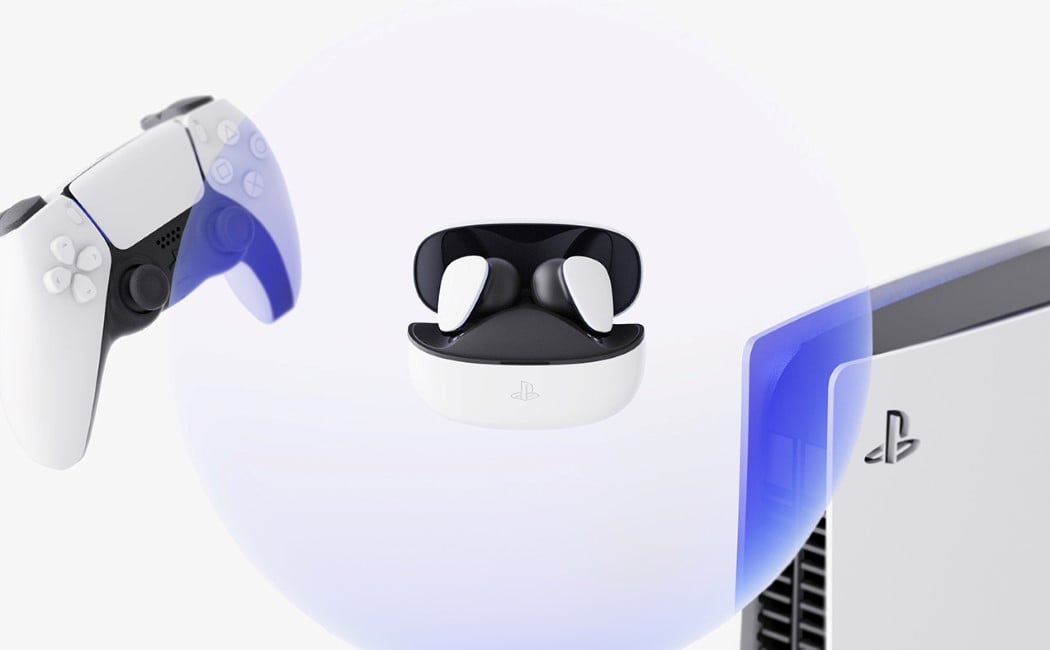
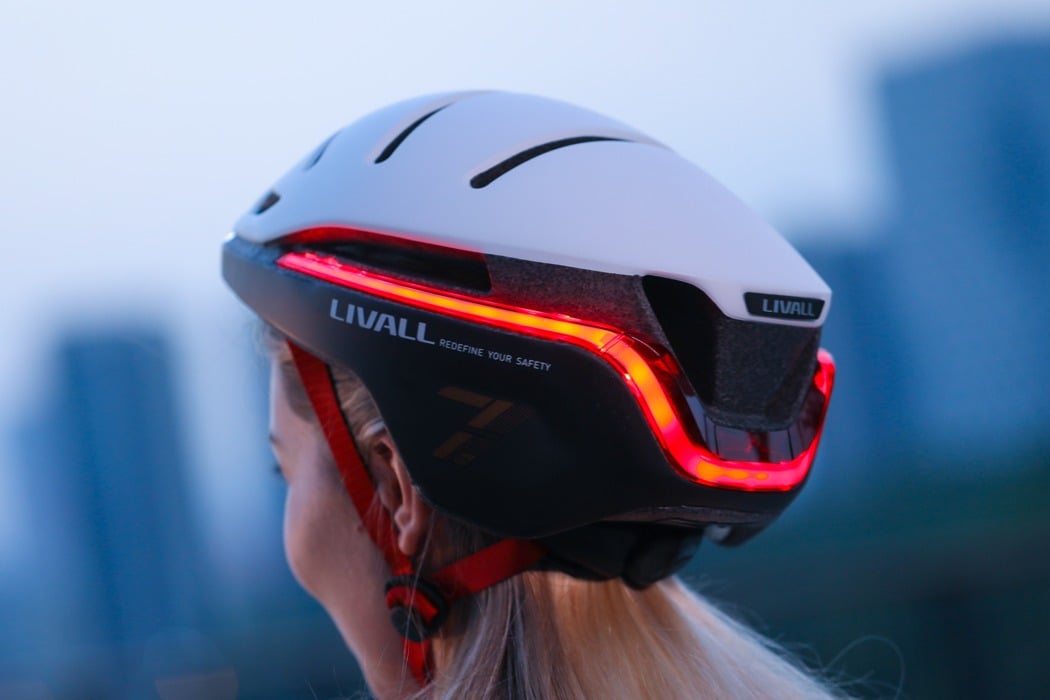


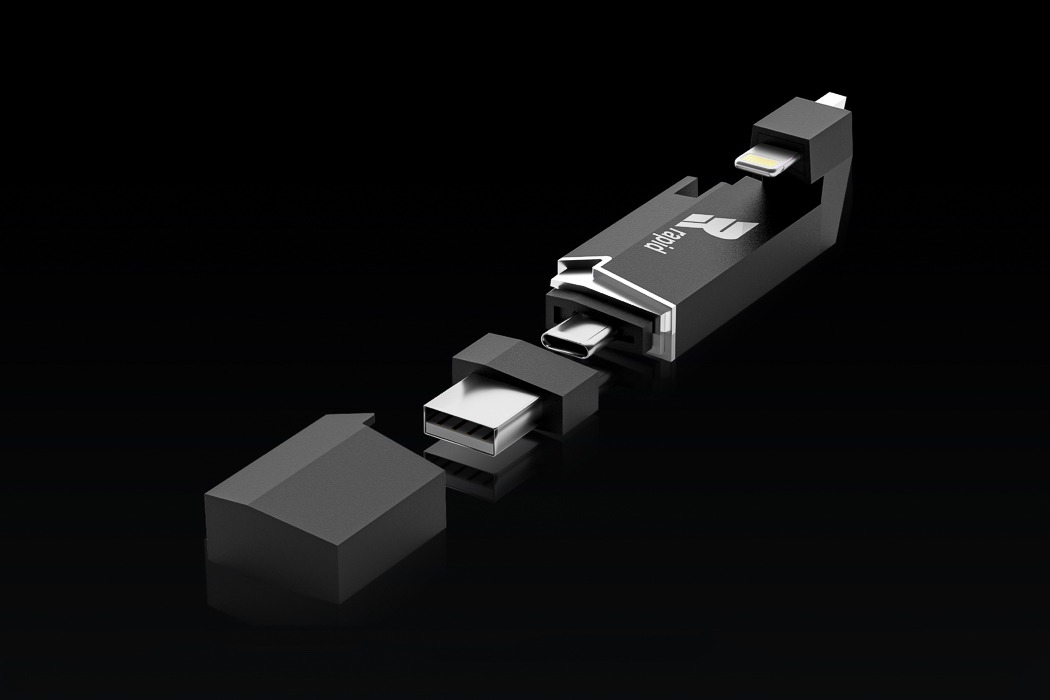
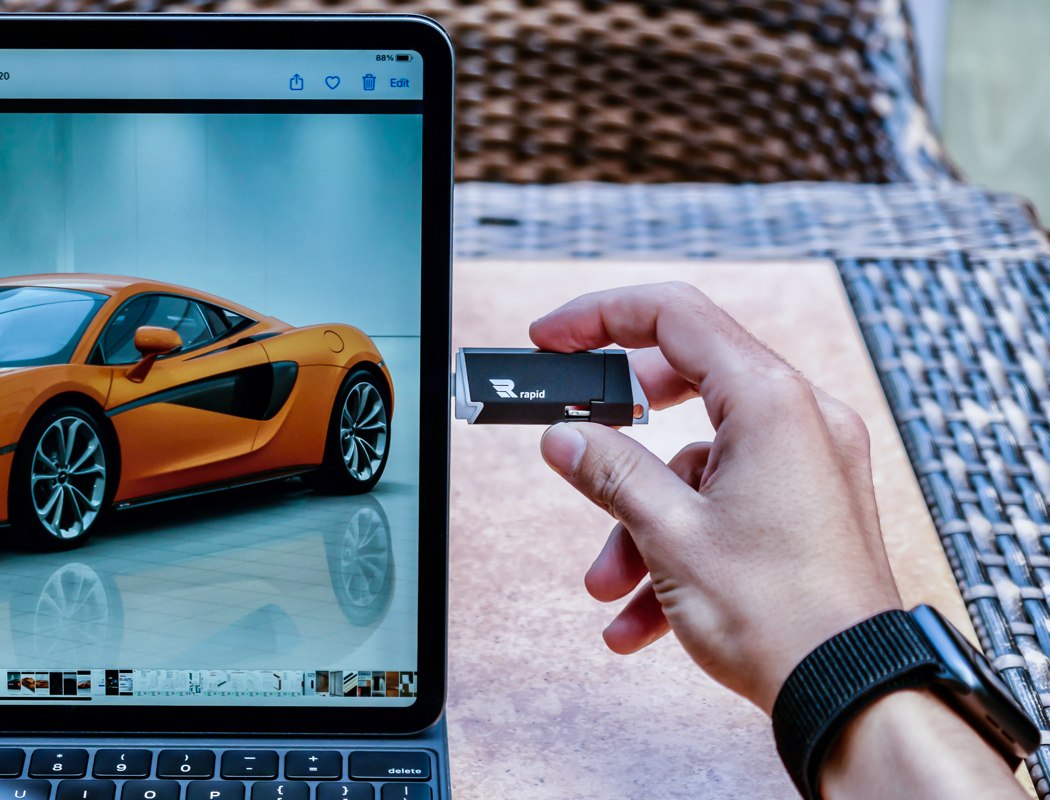
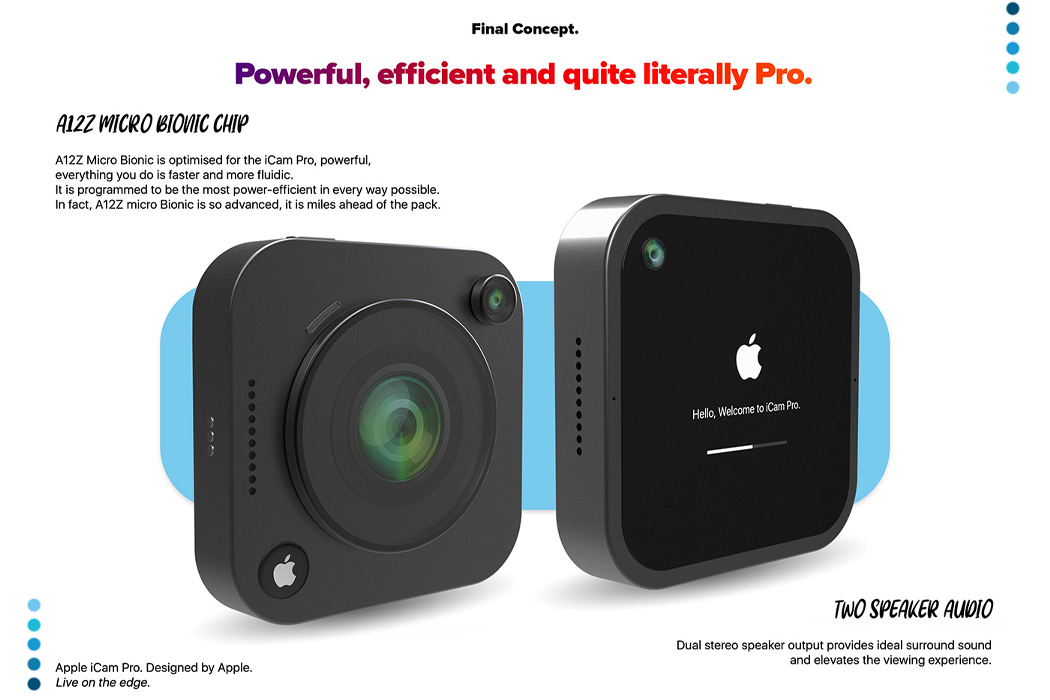
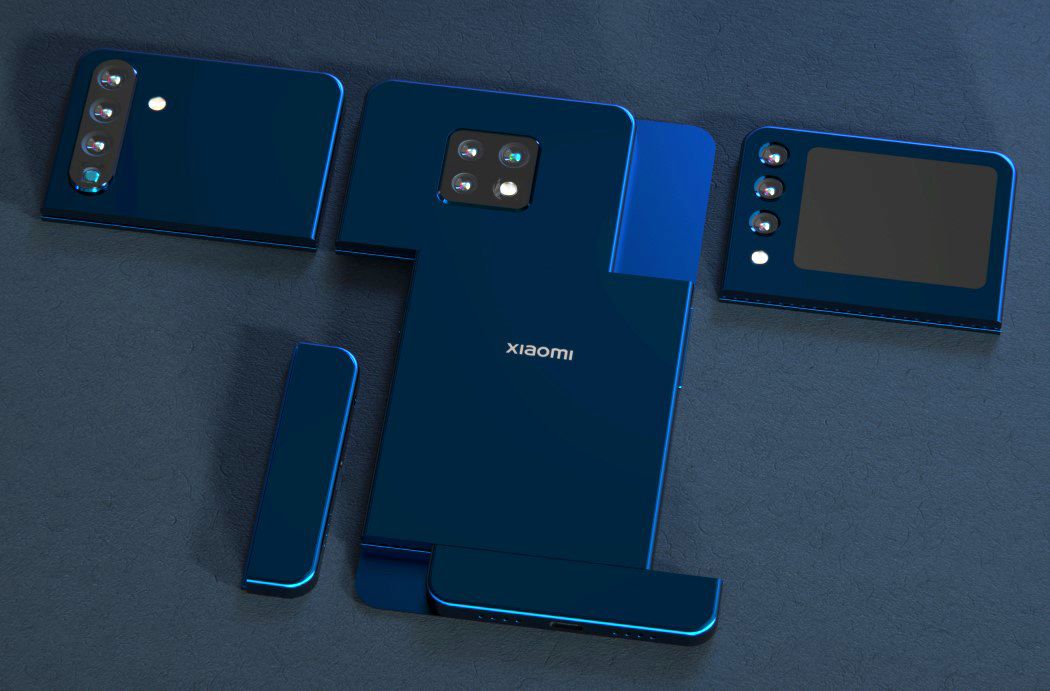
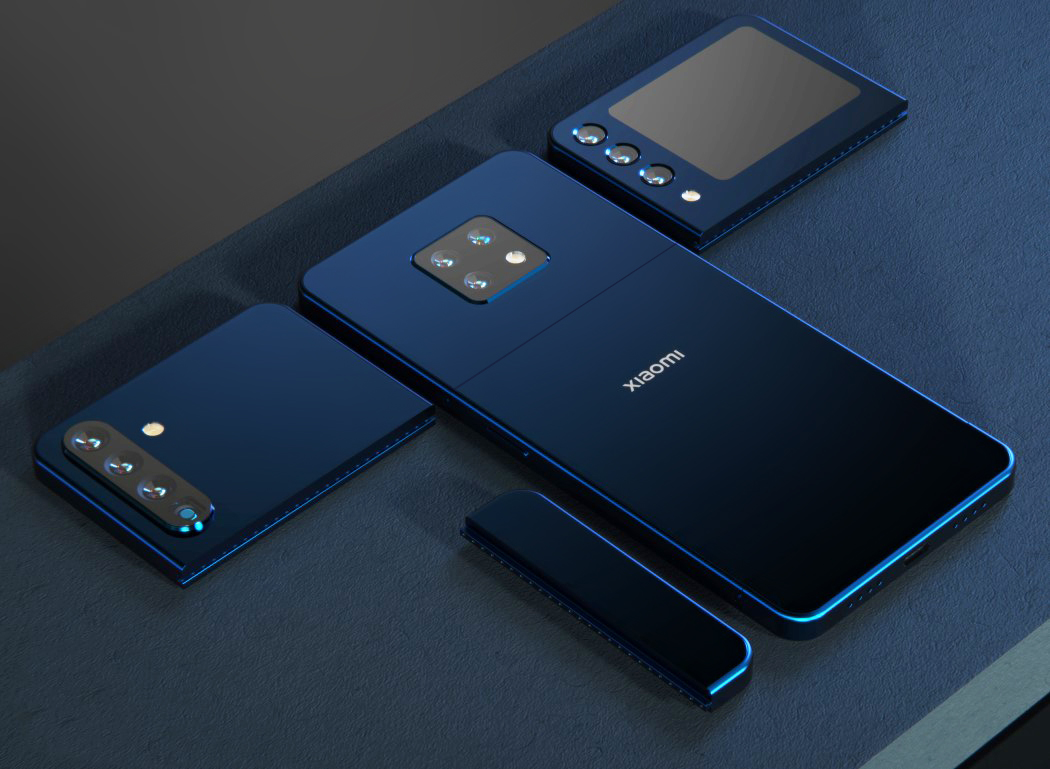
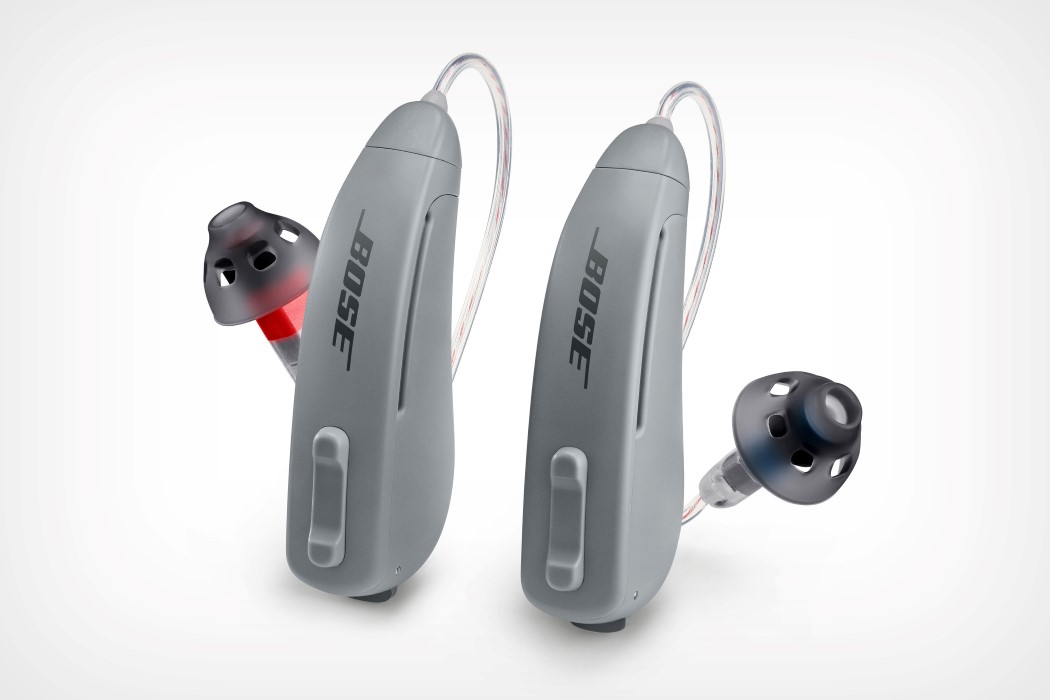
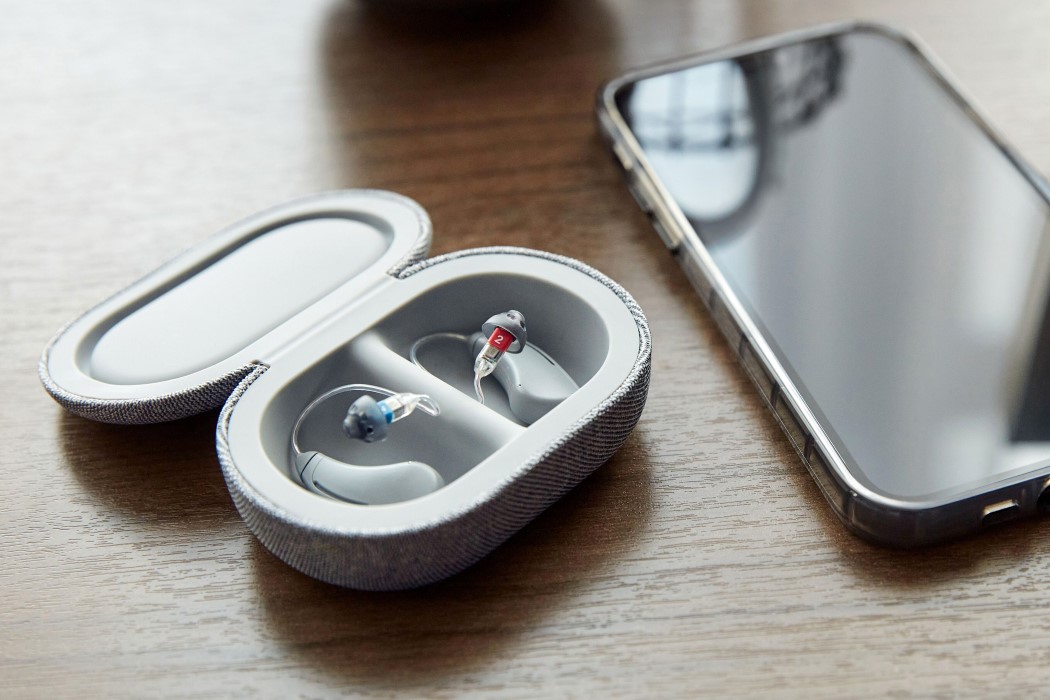
 Hearing Aids
Hearing Aids